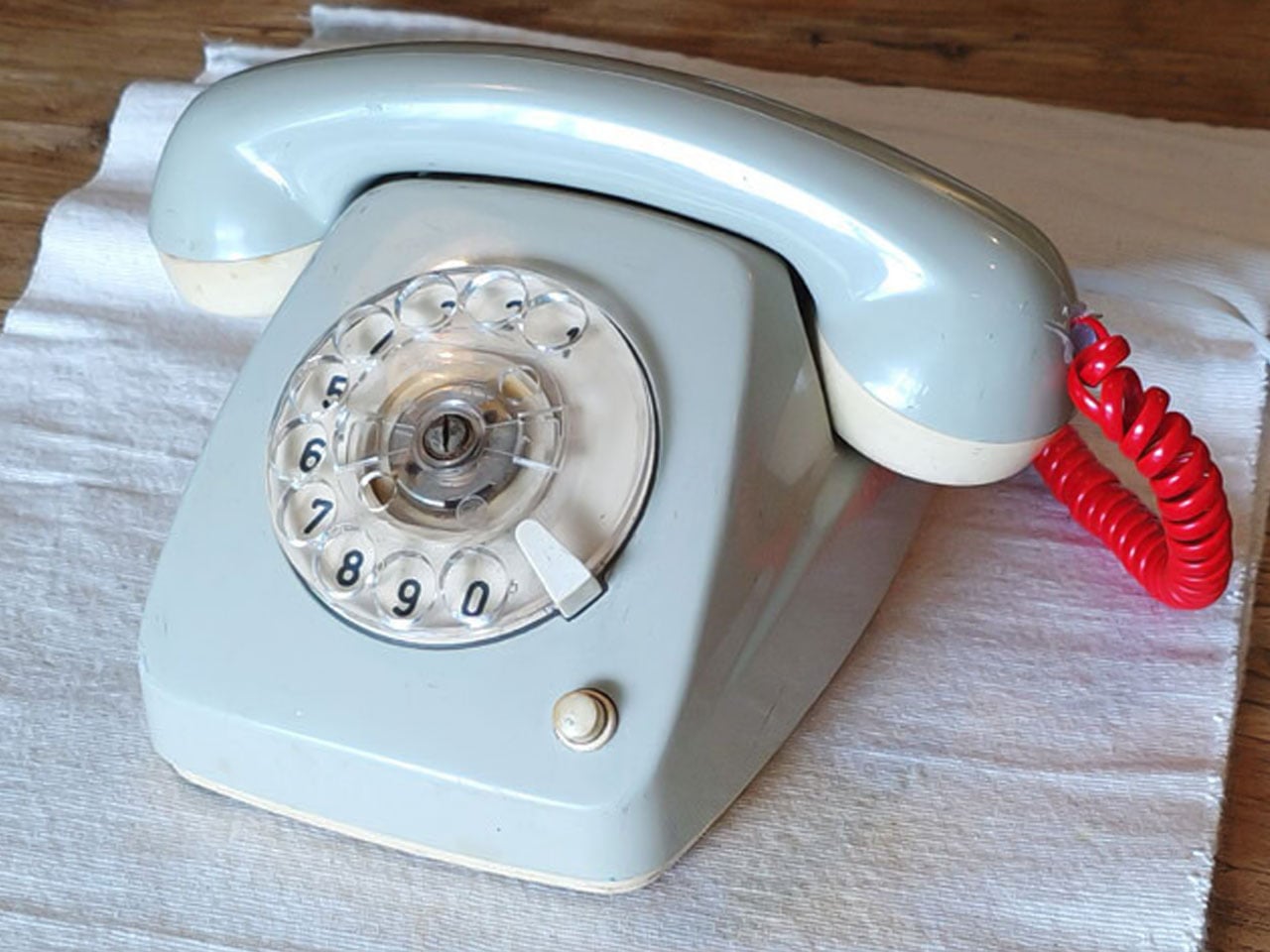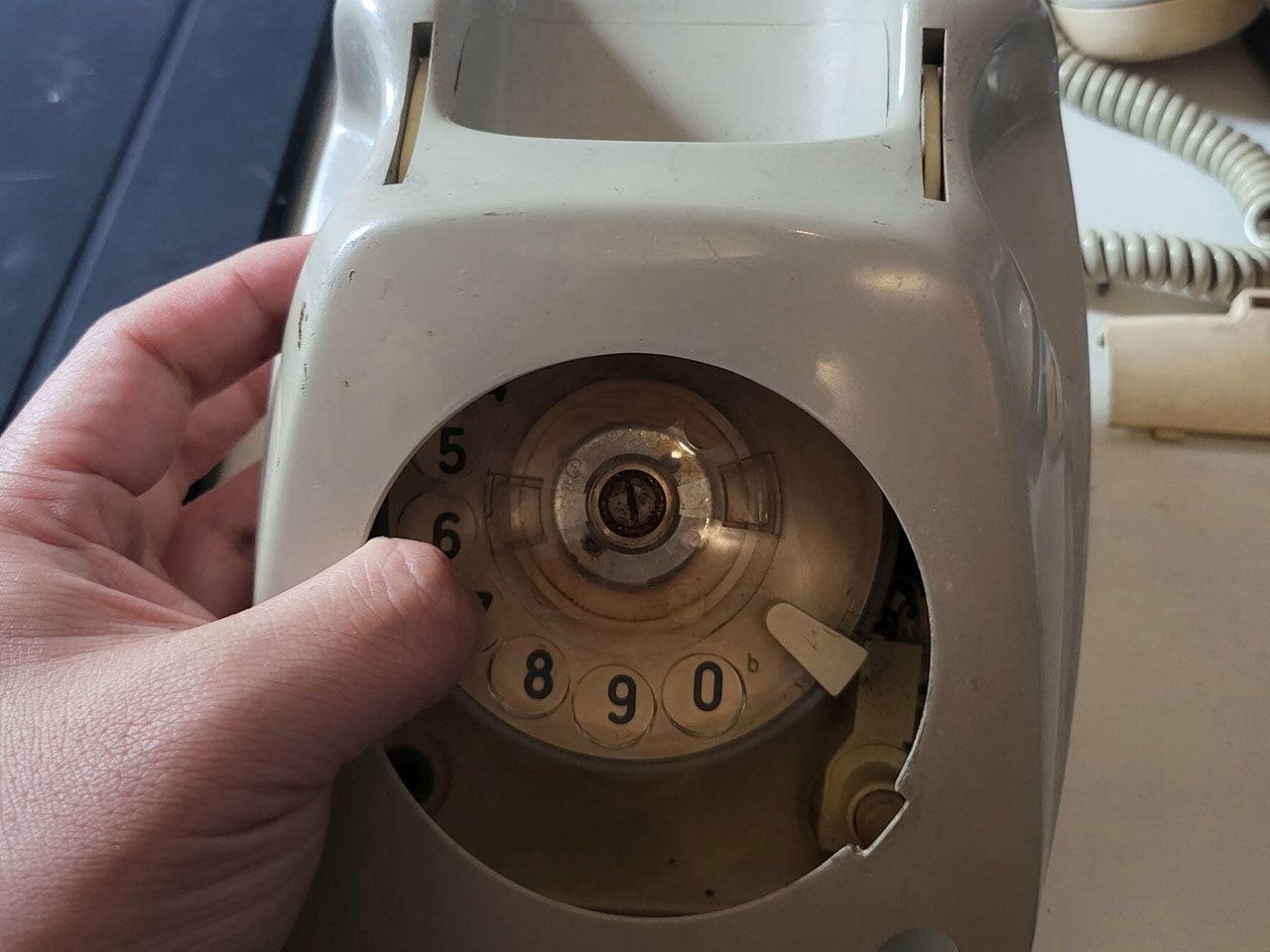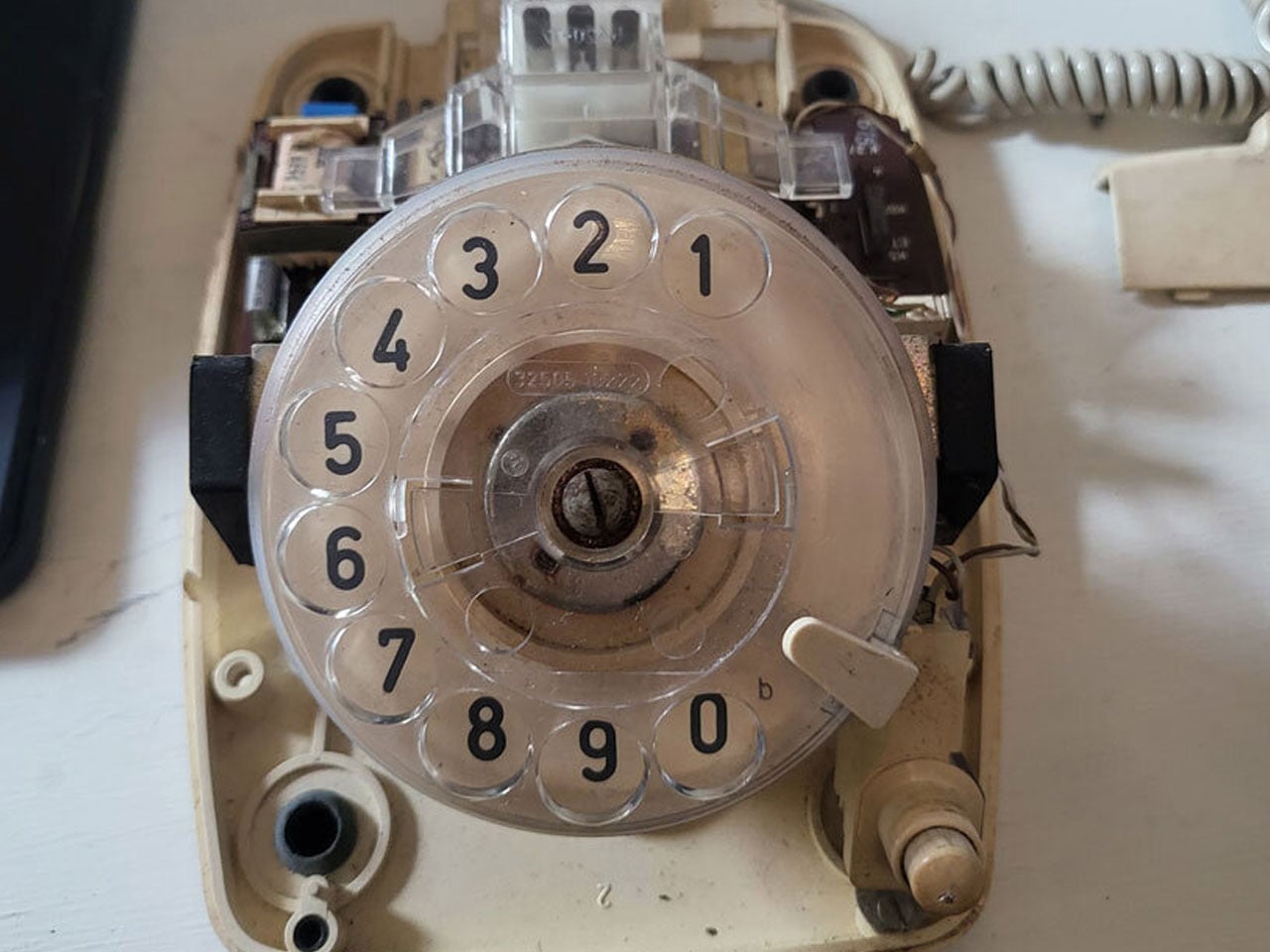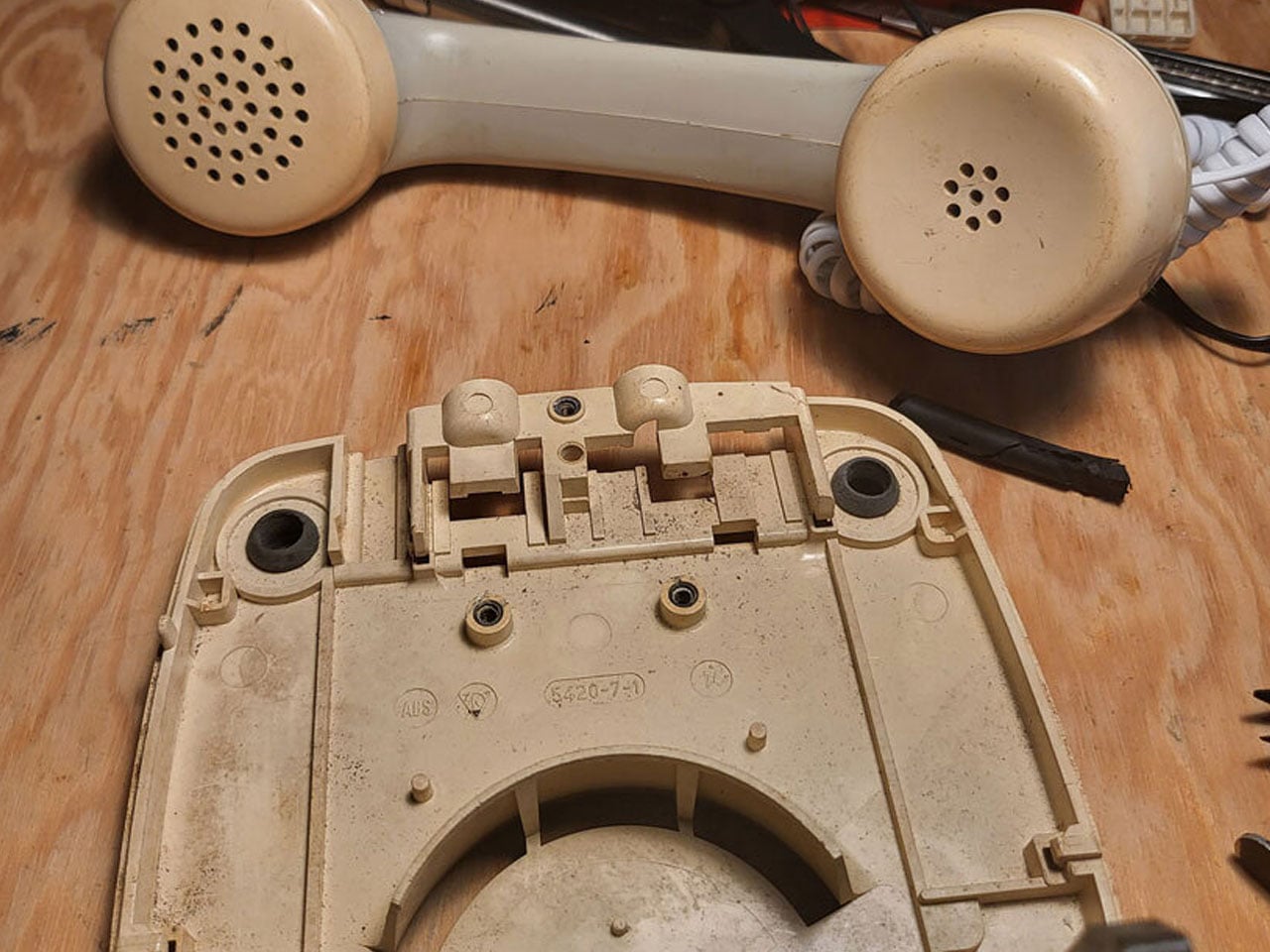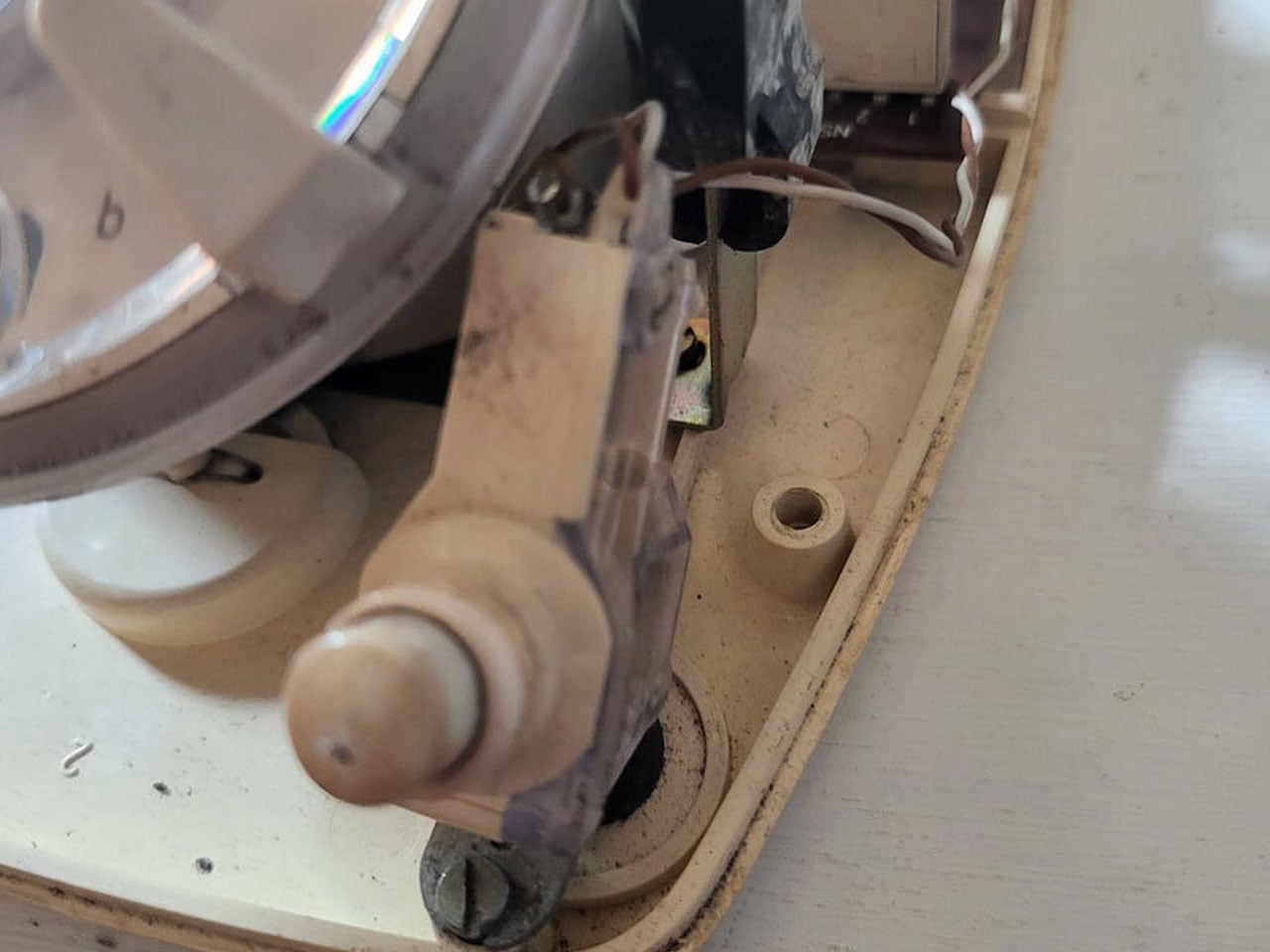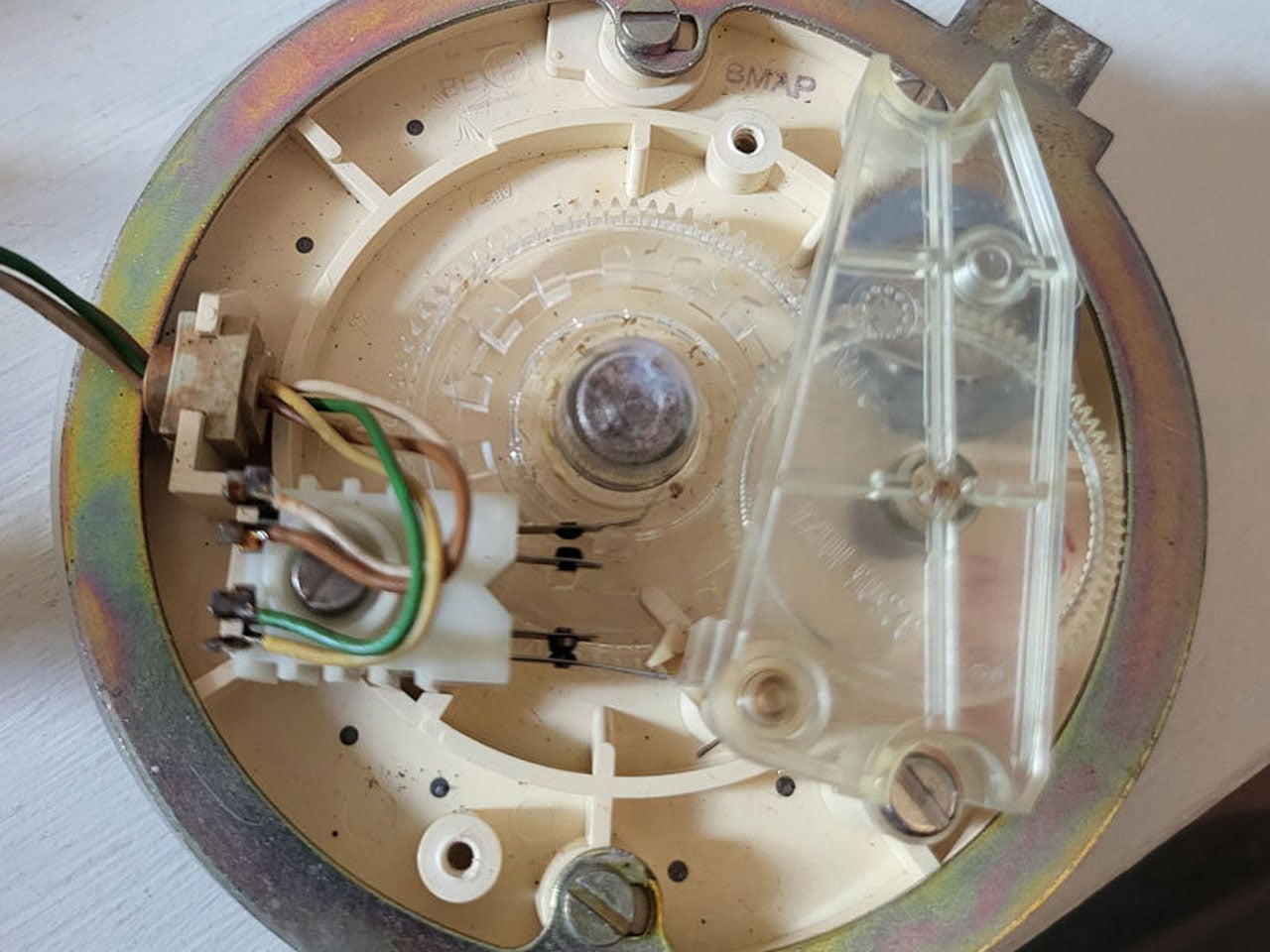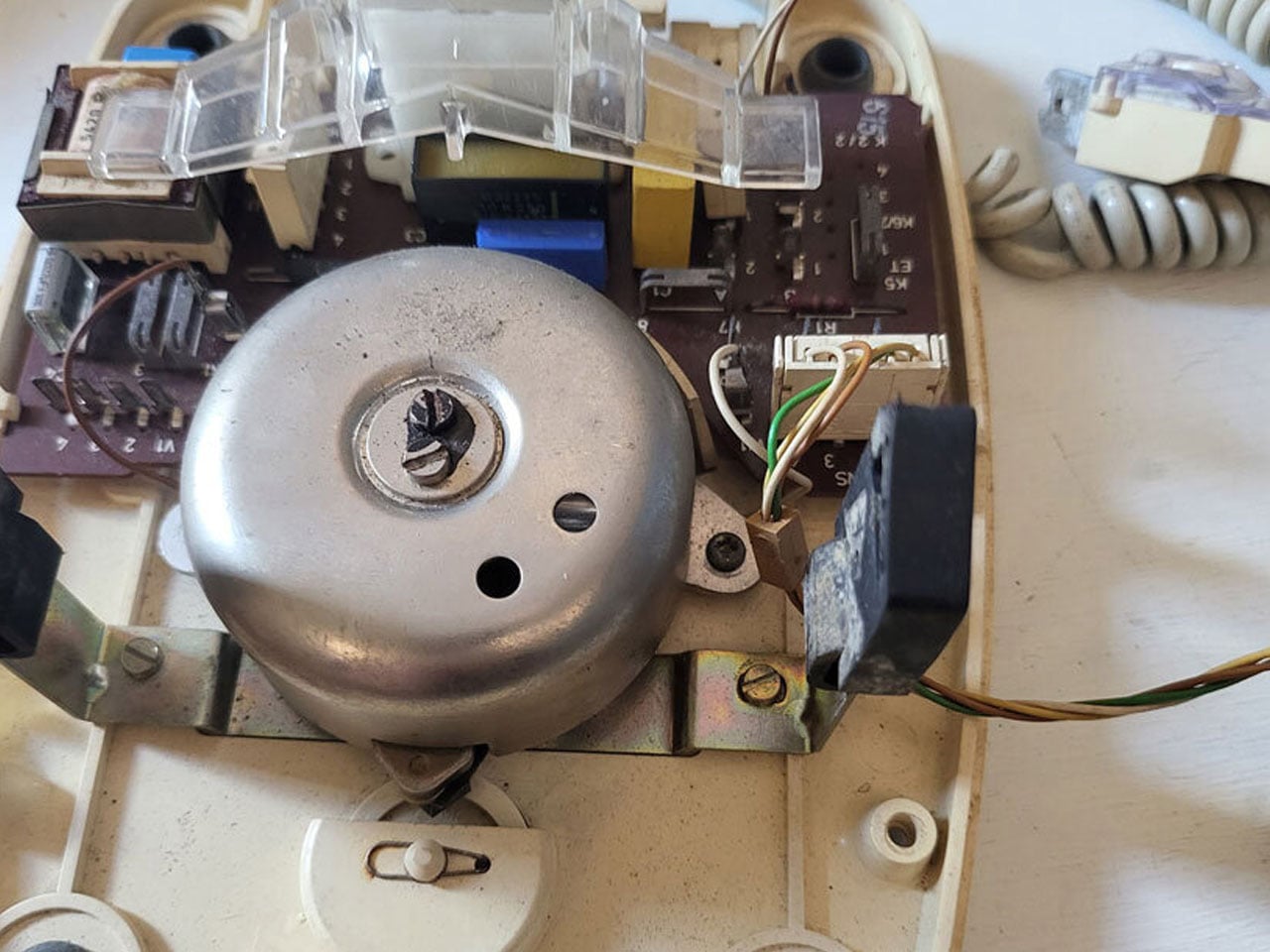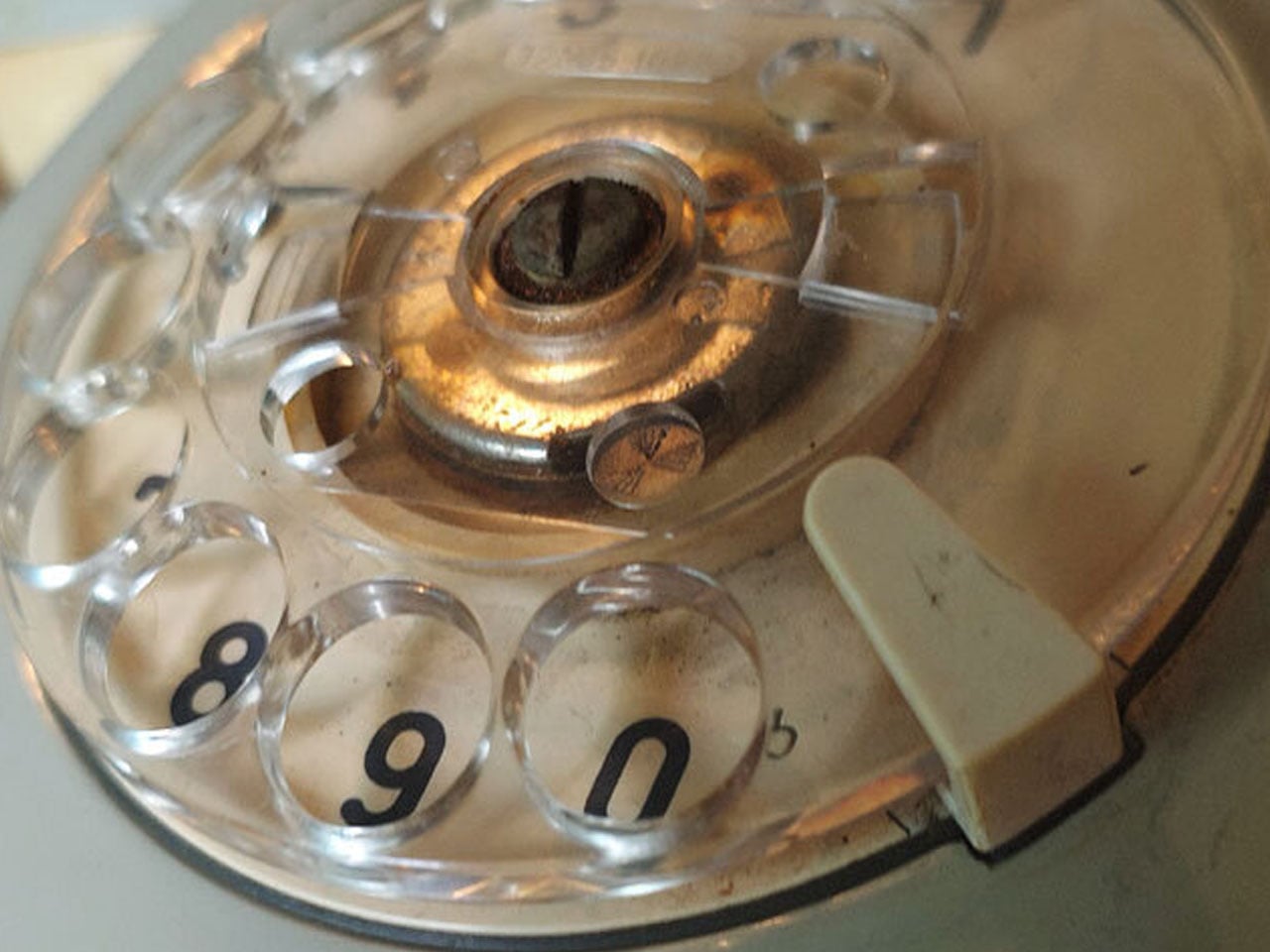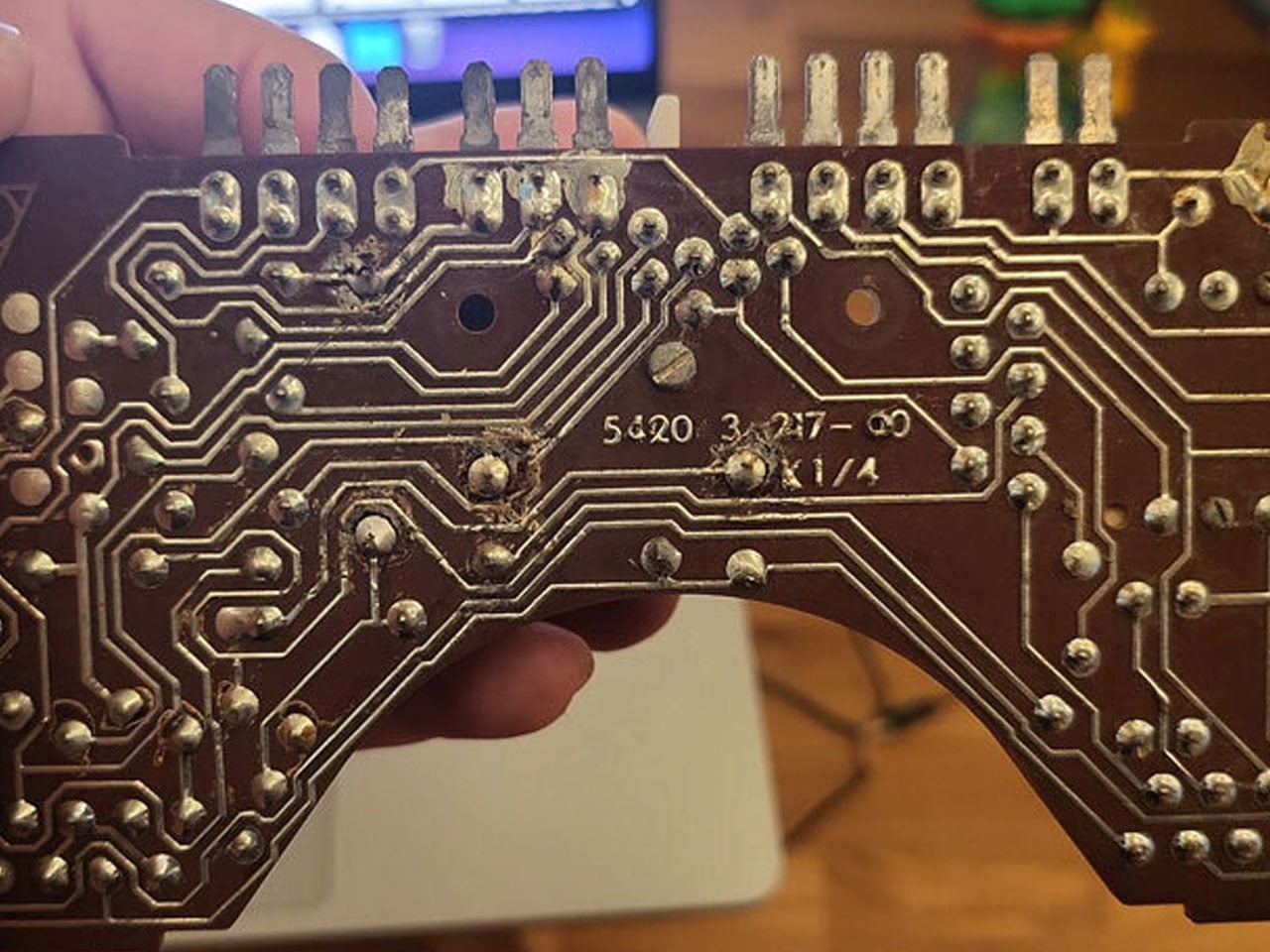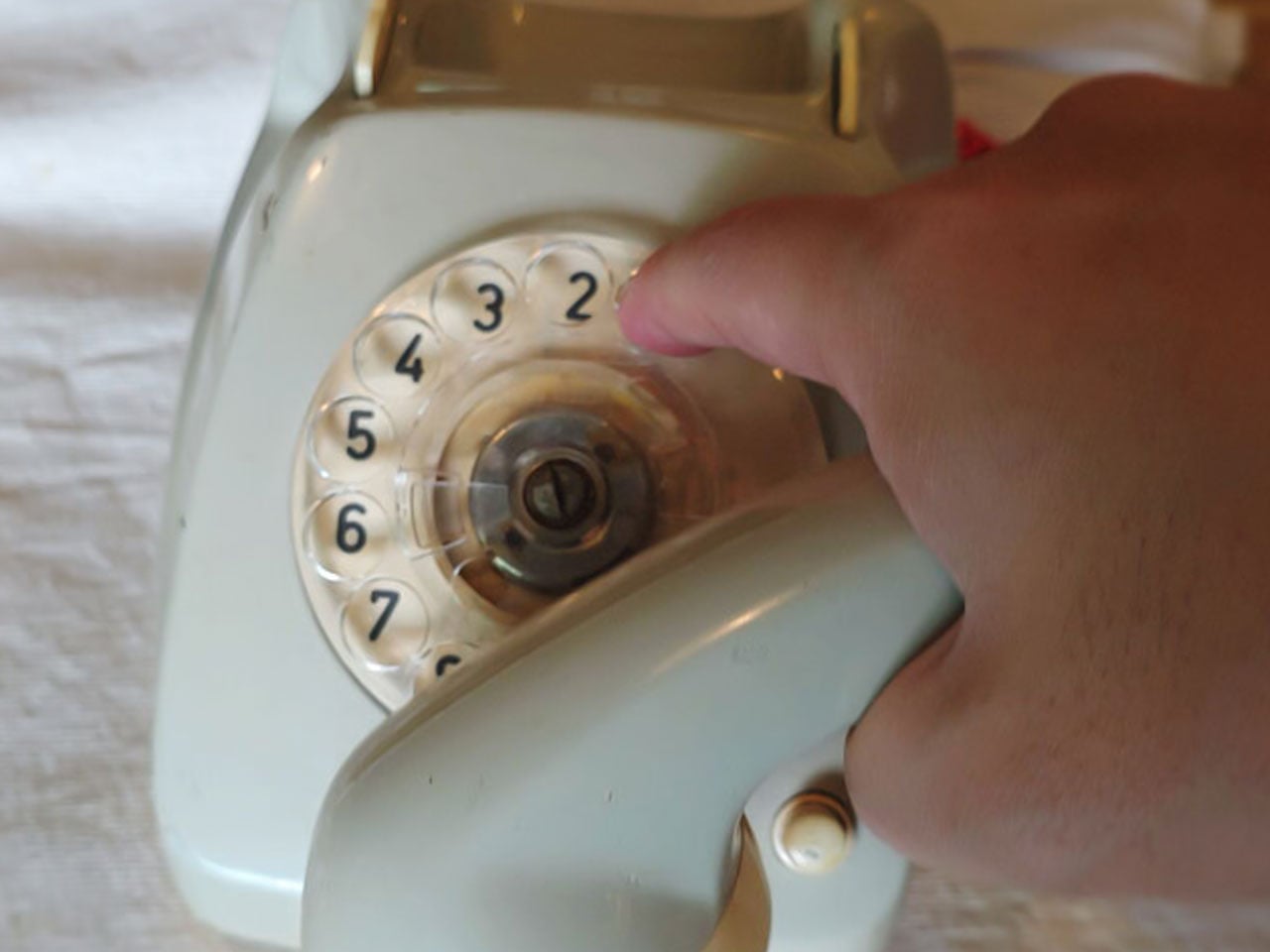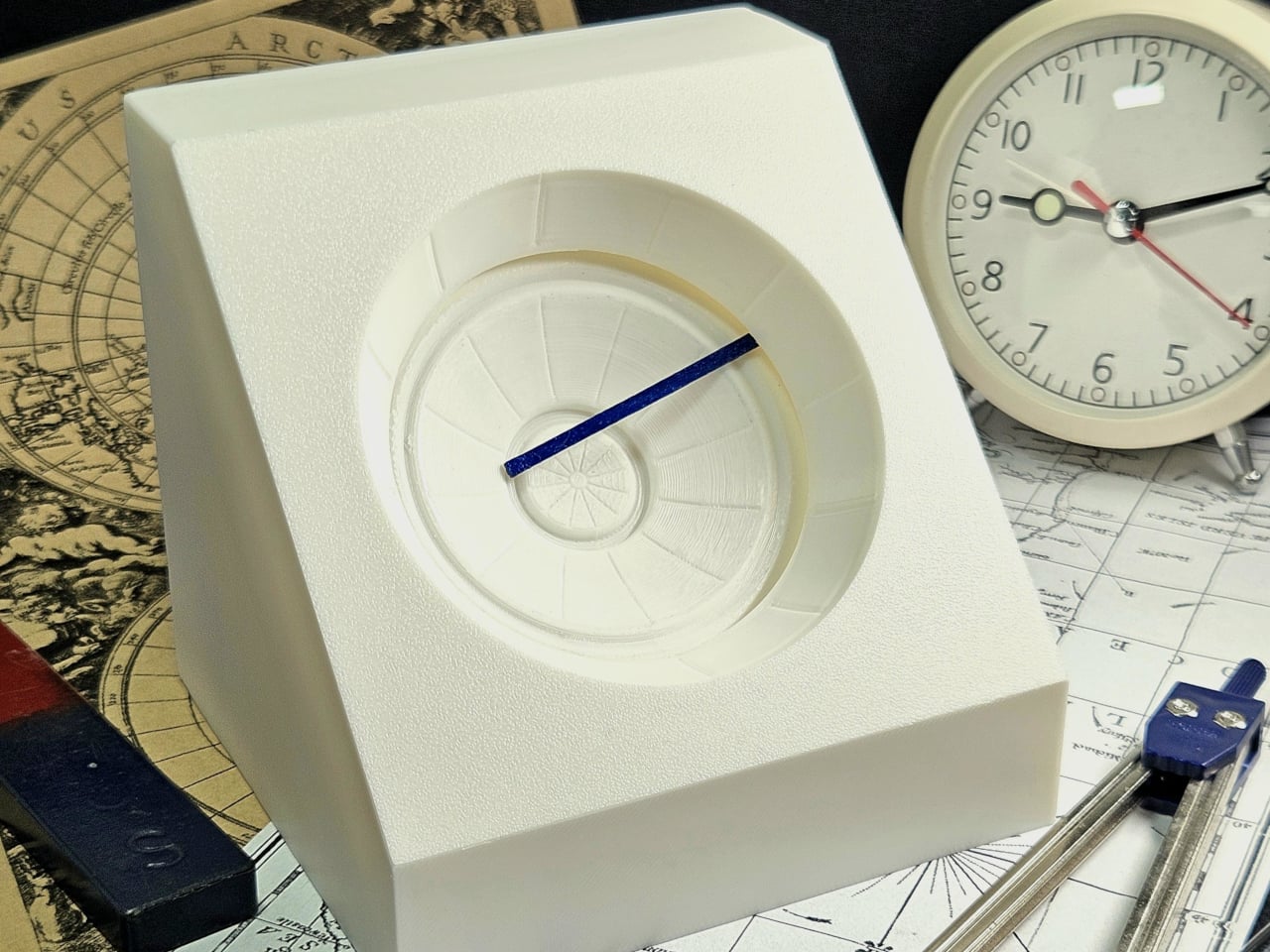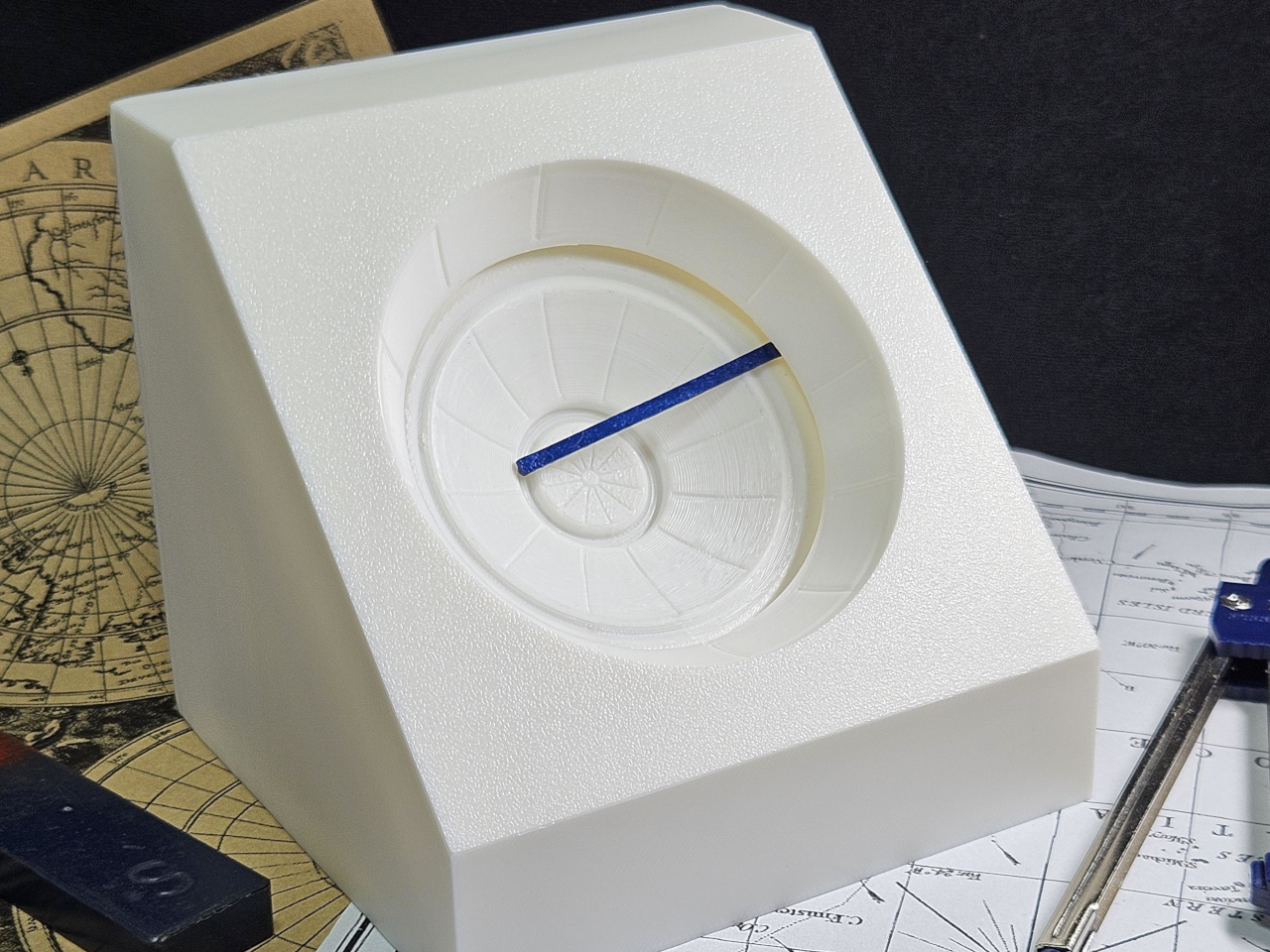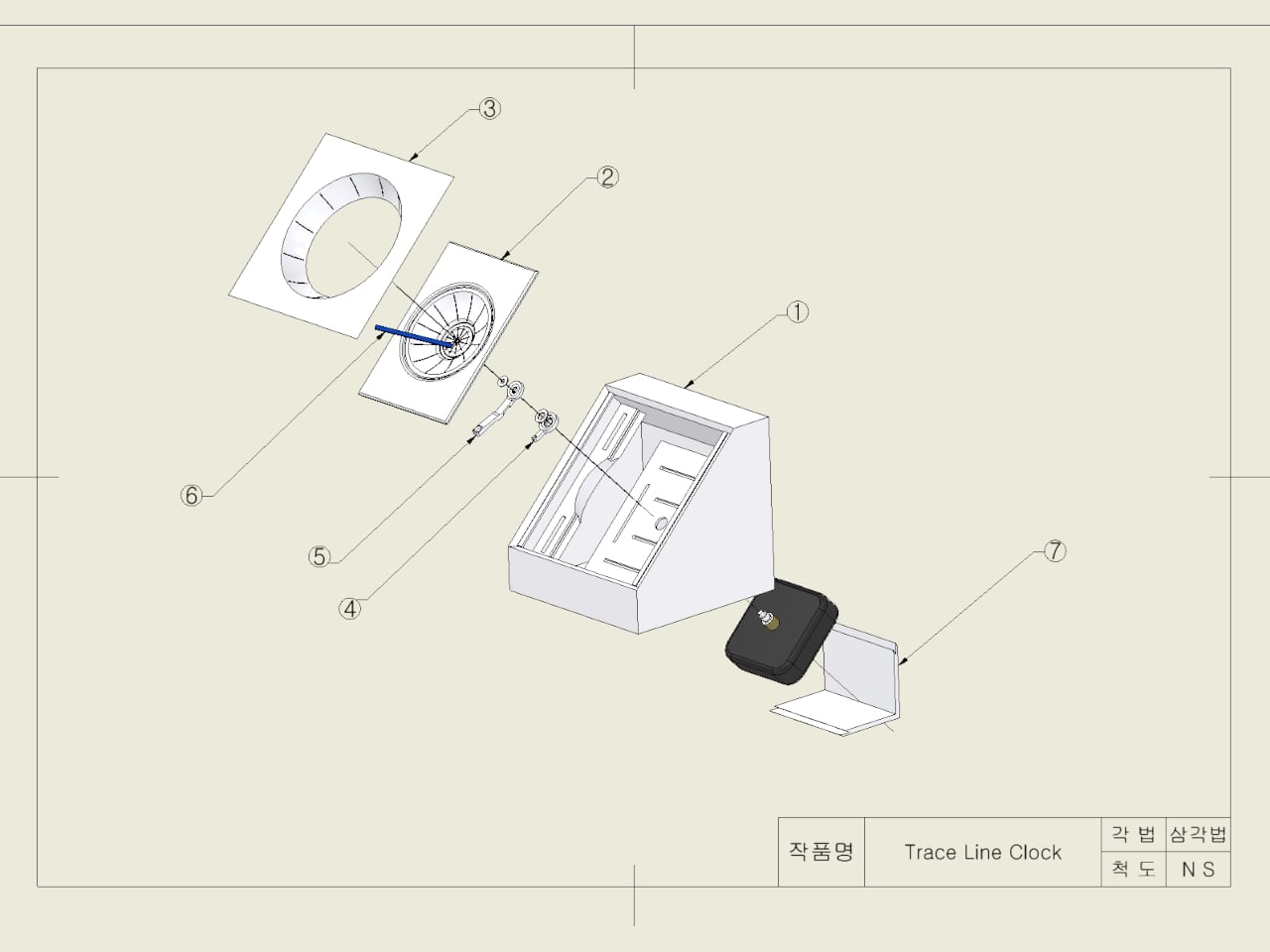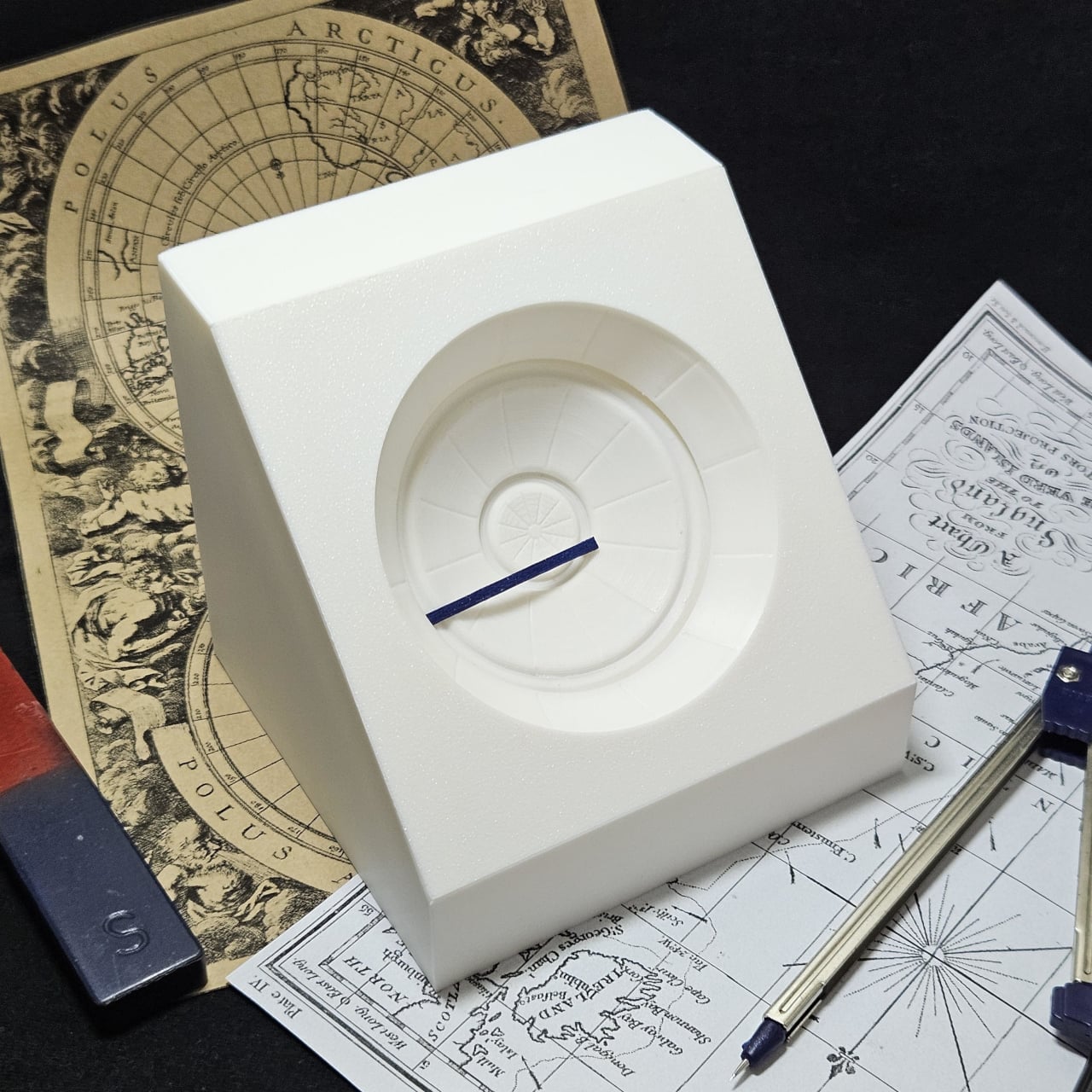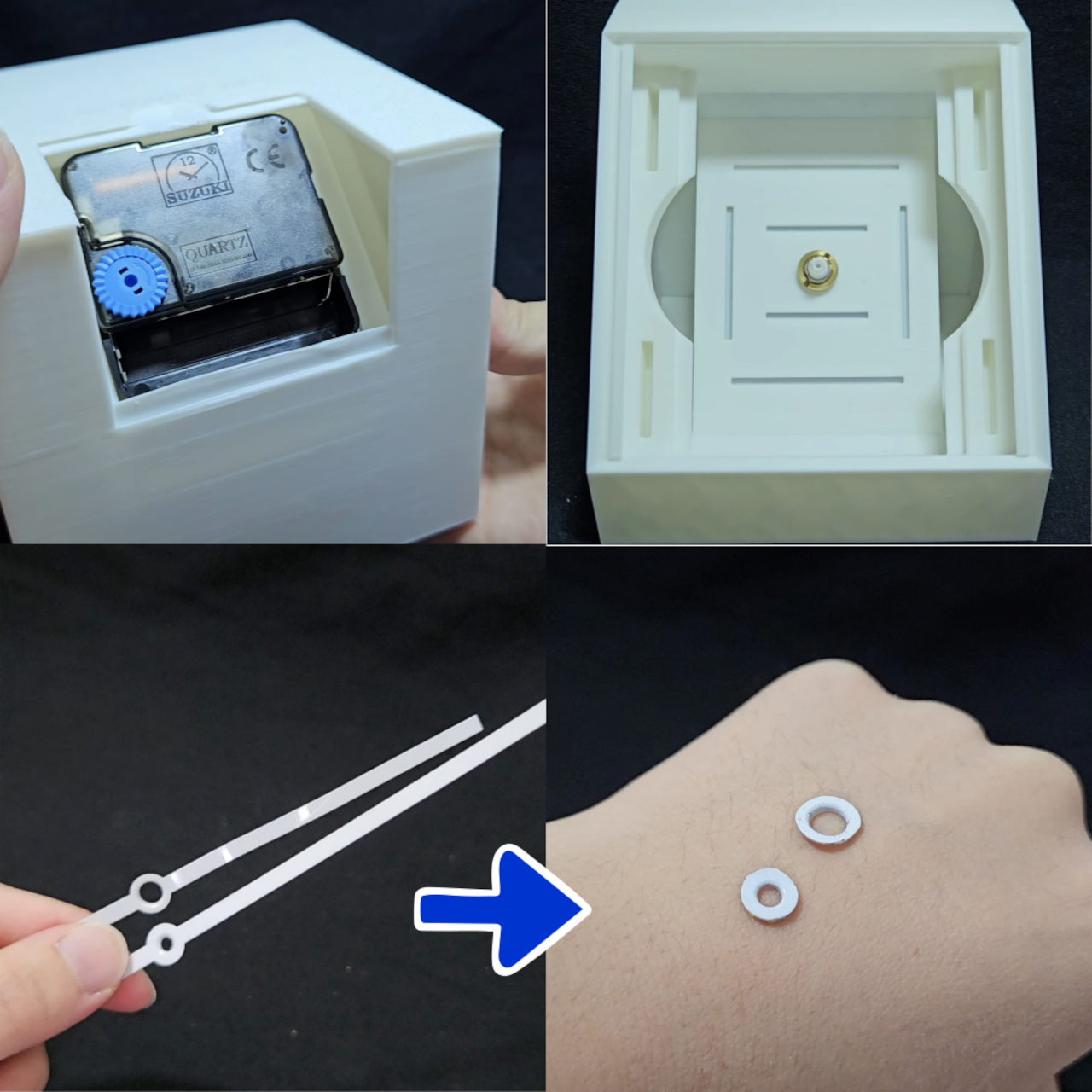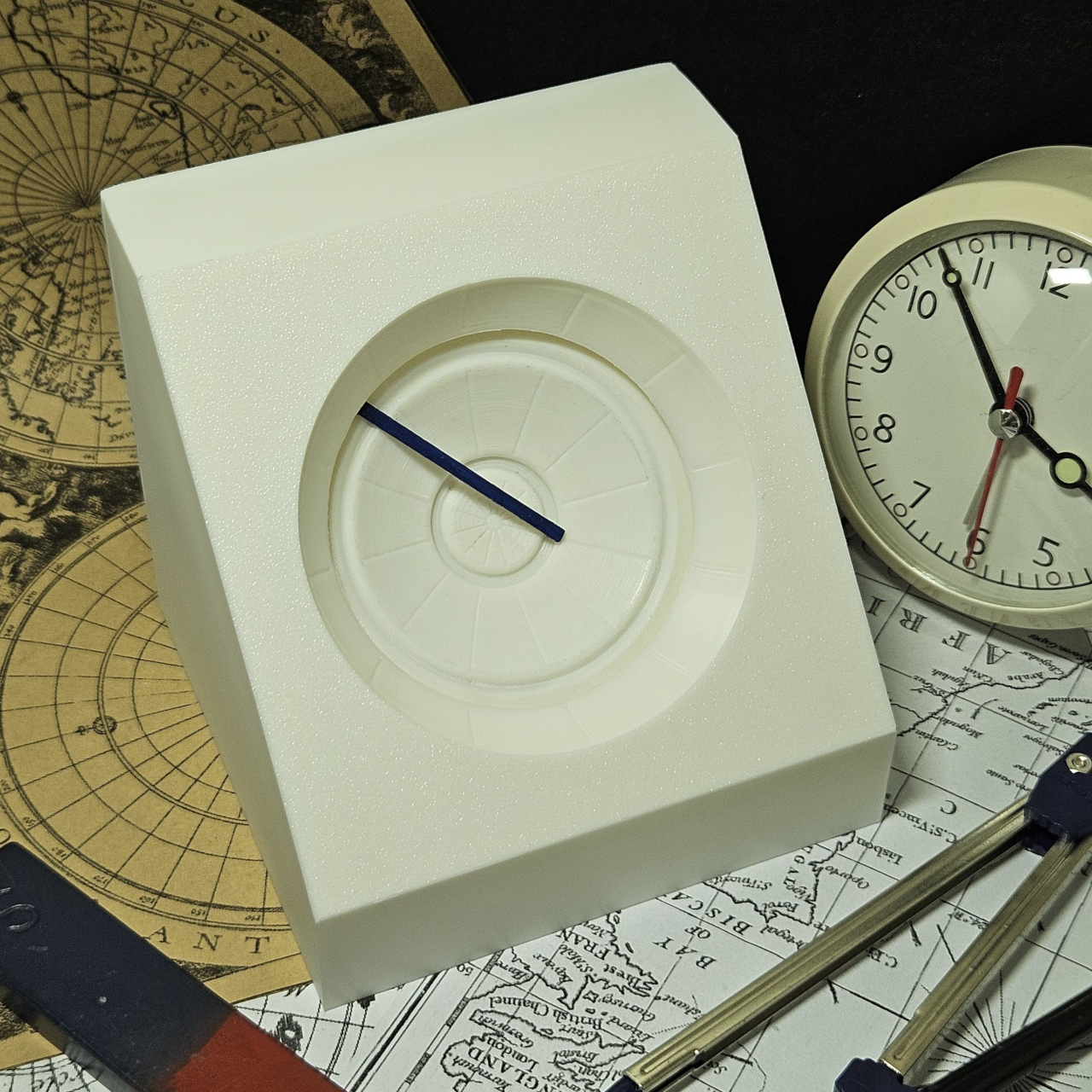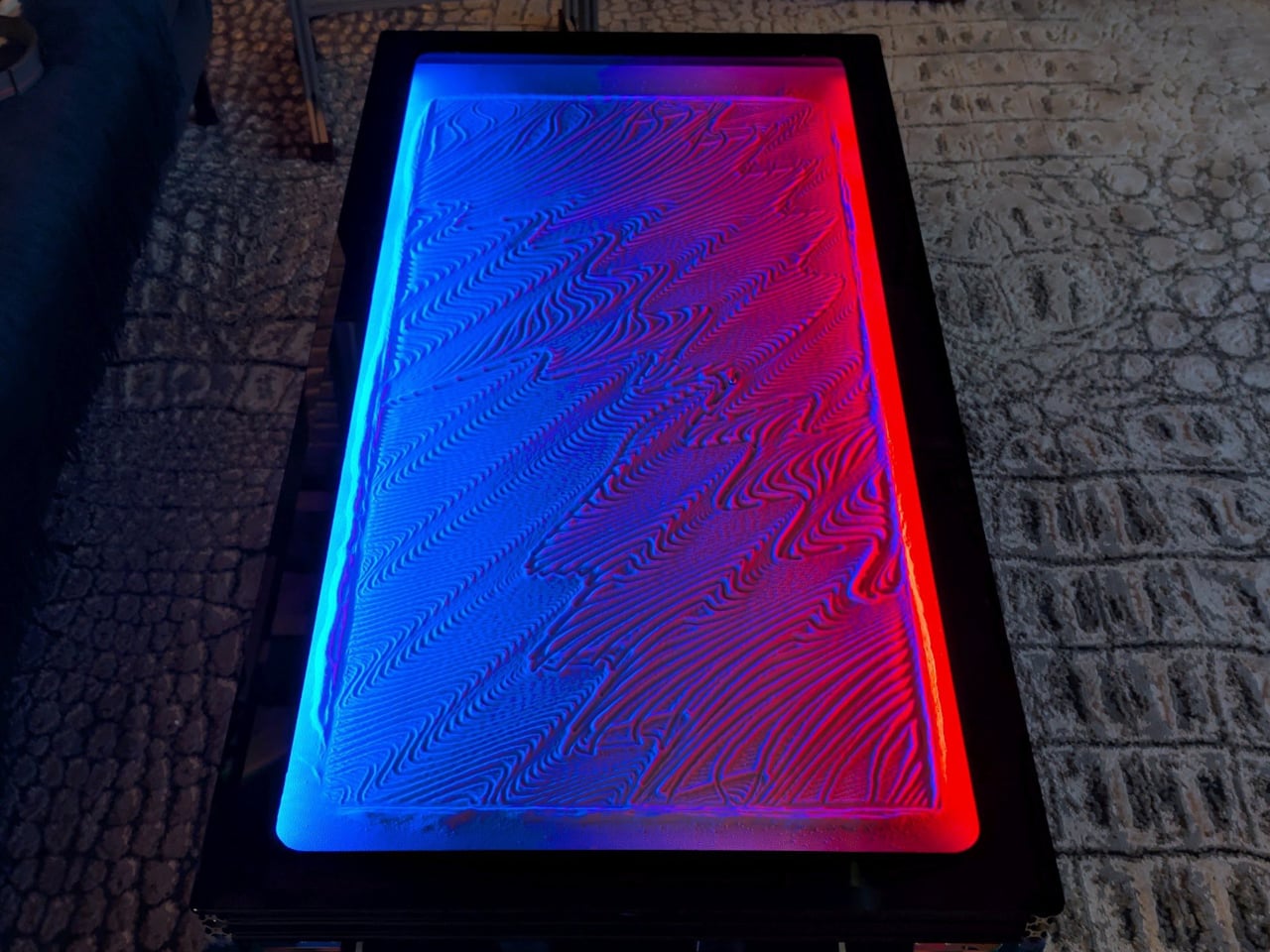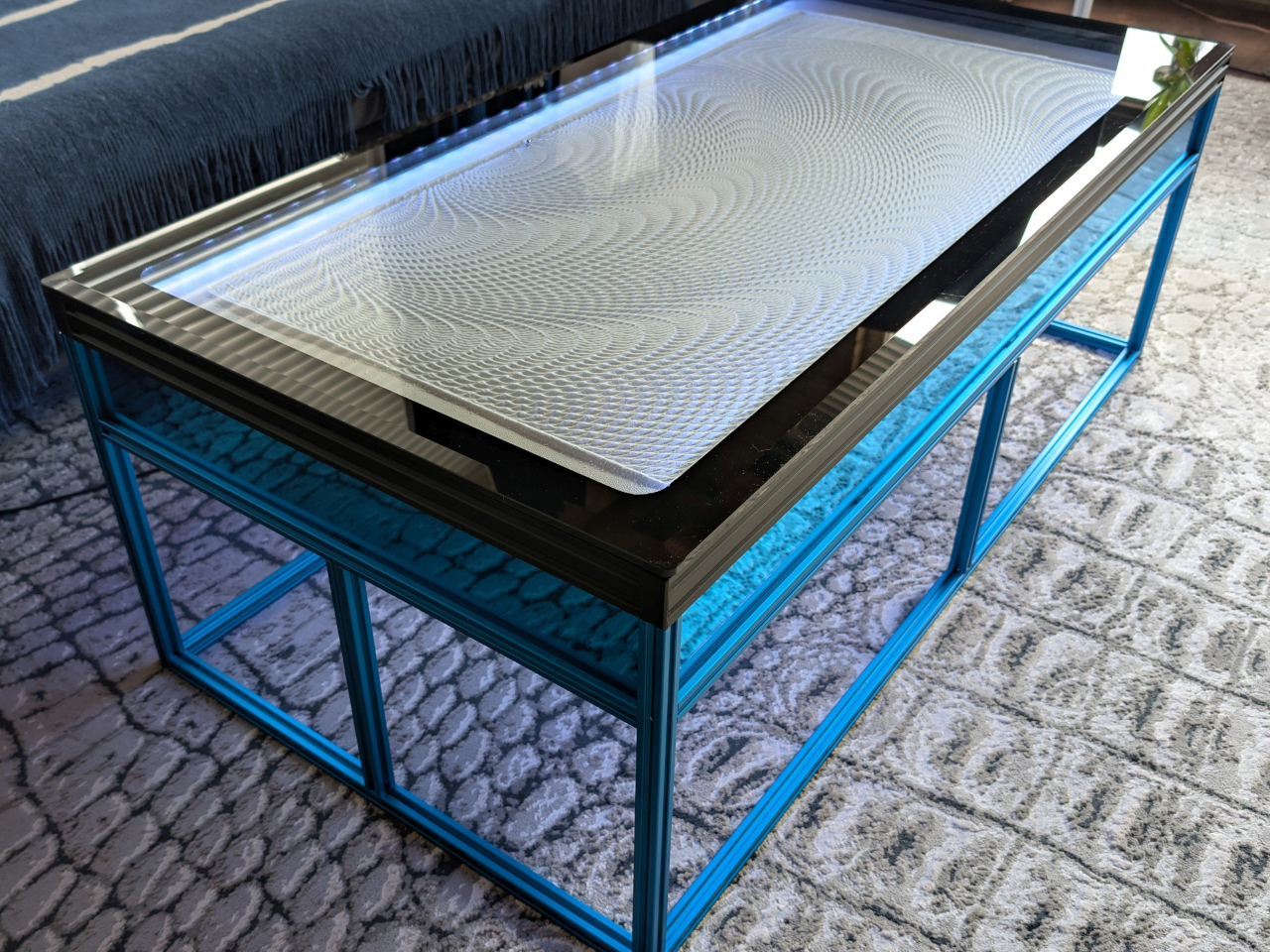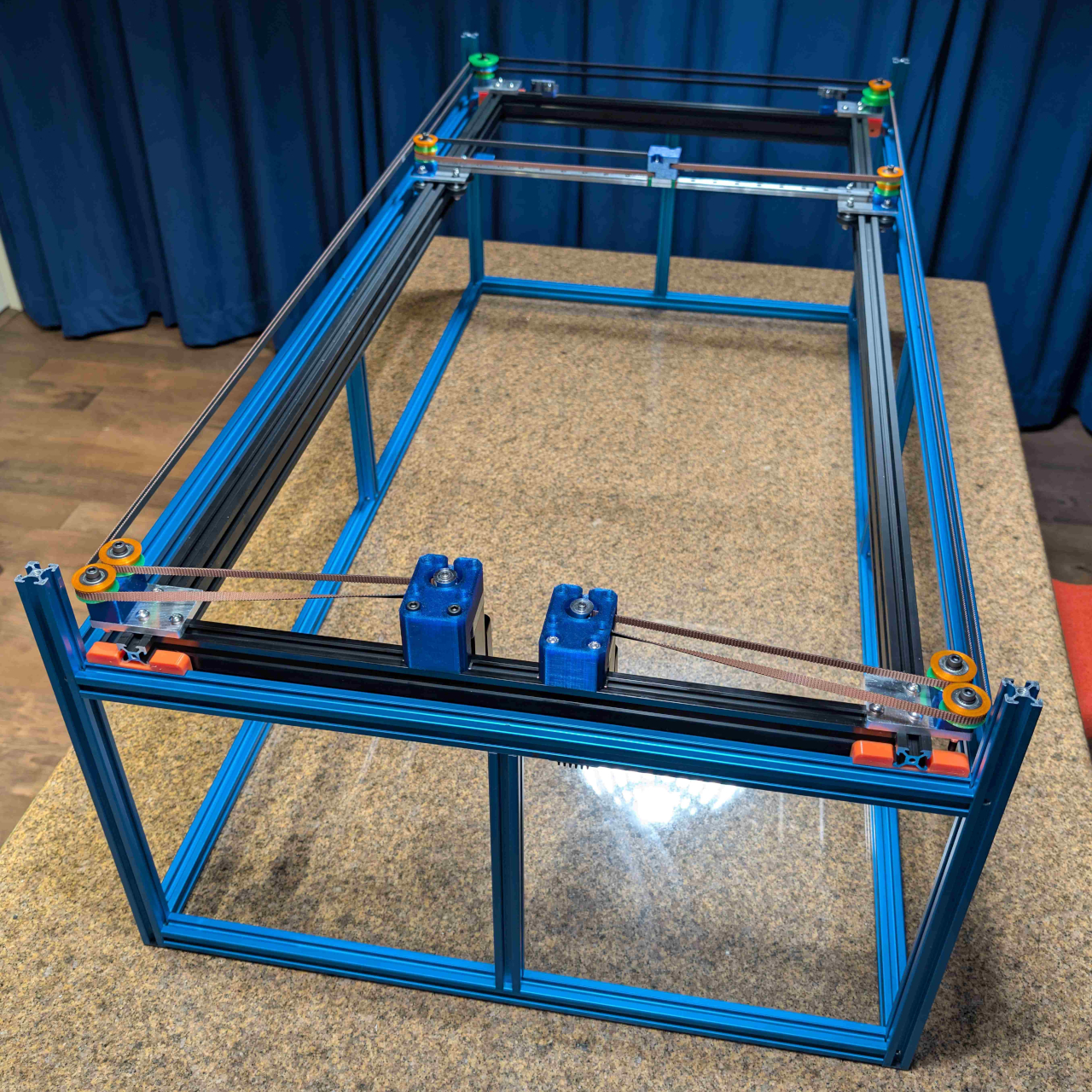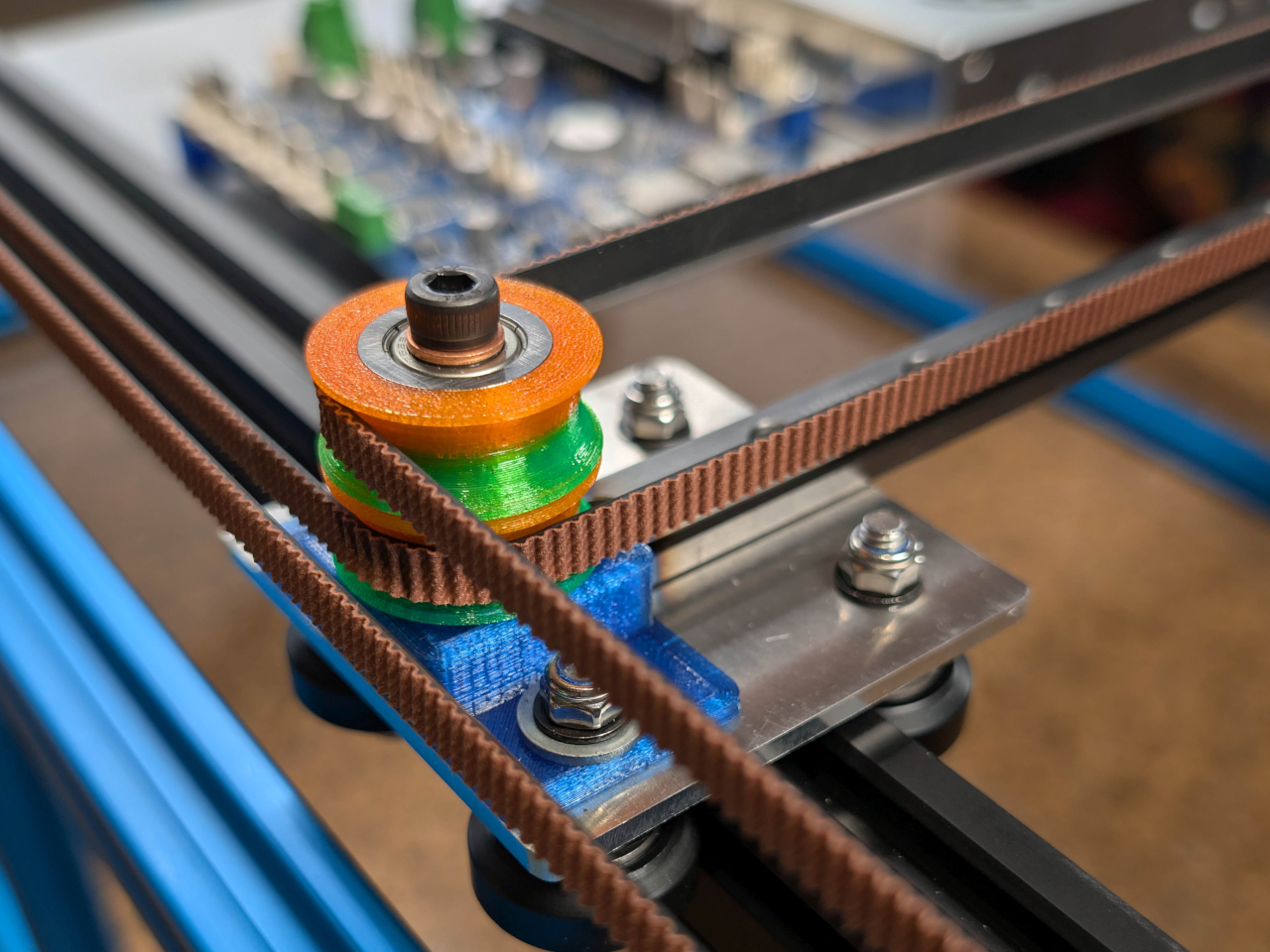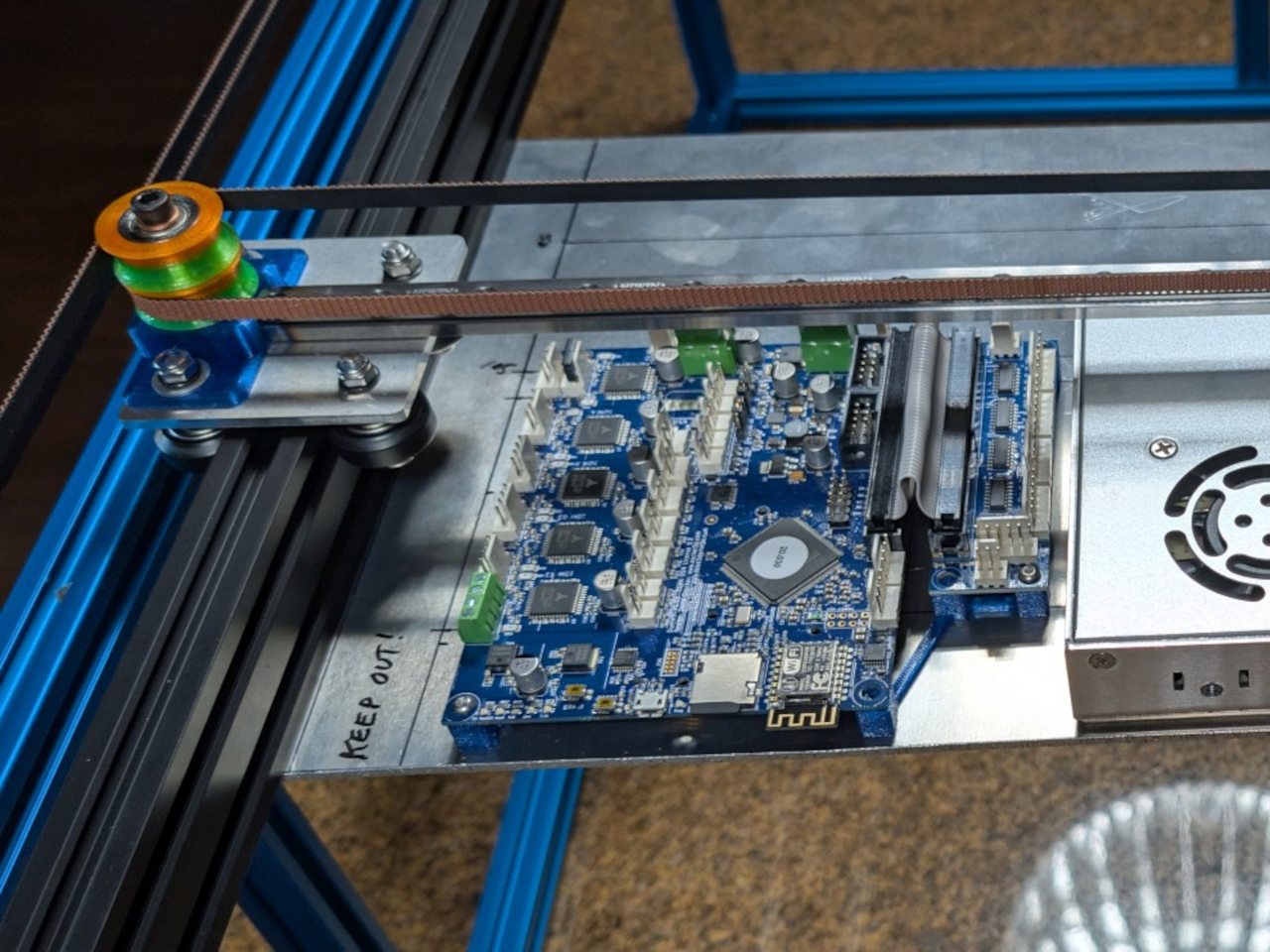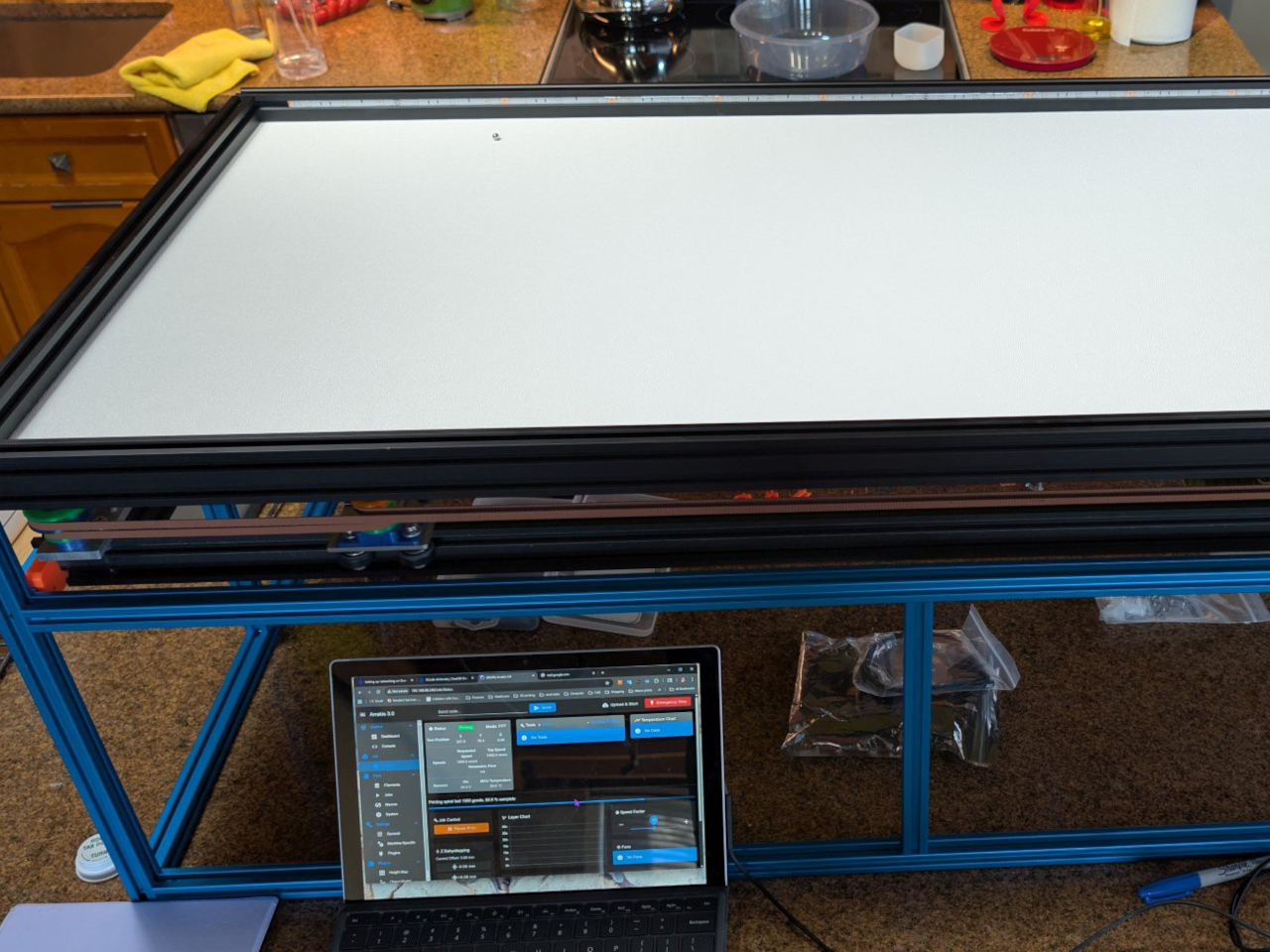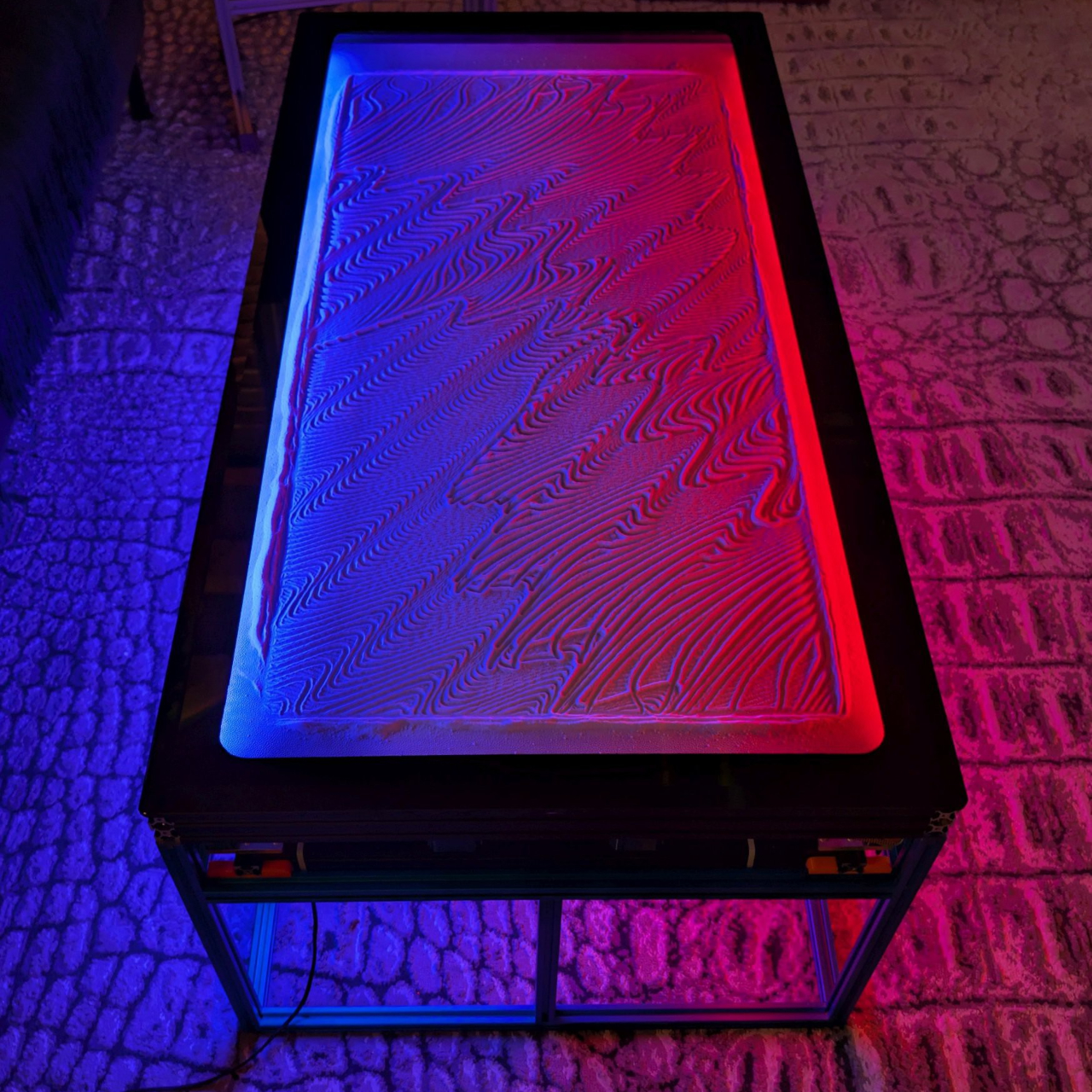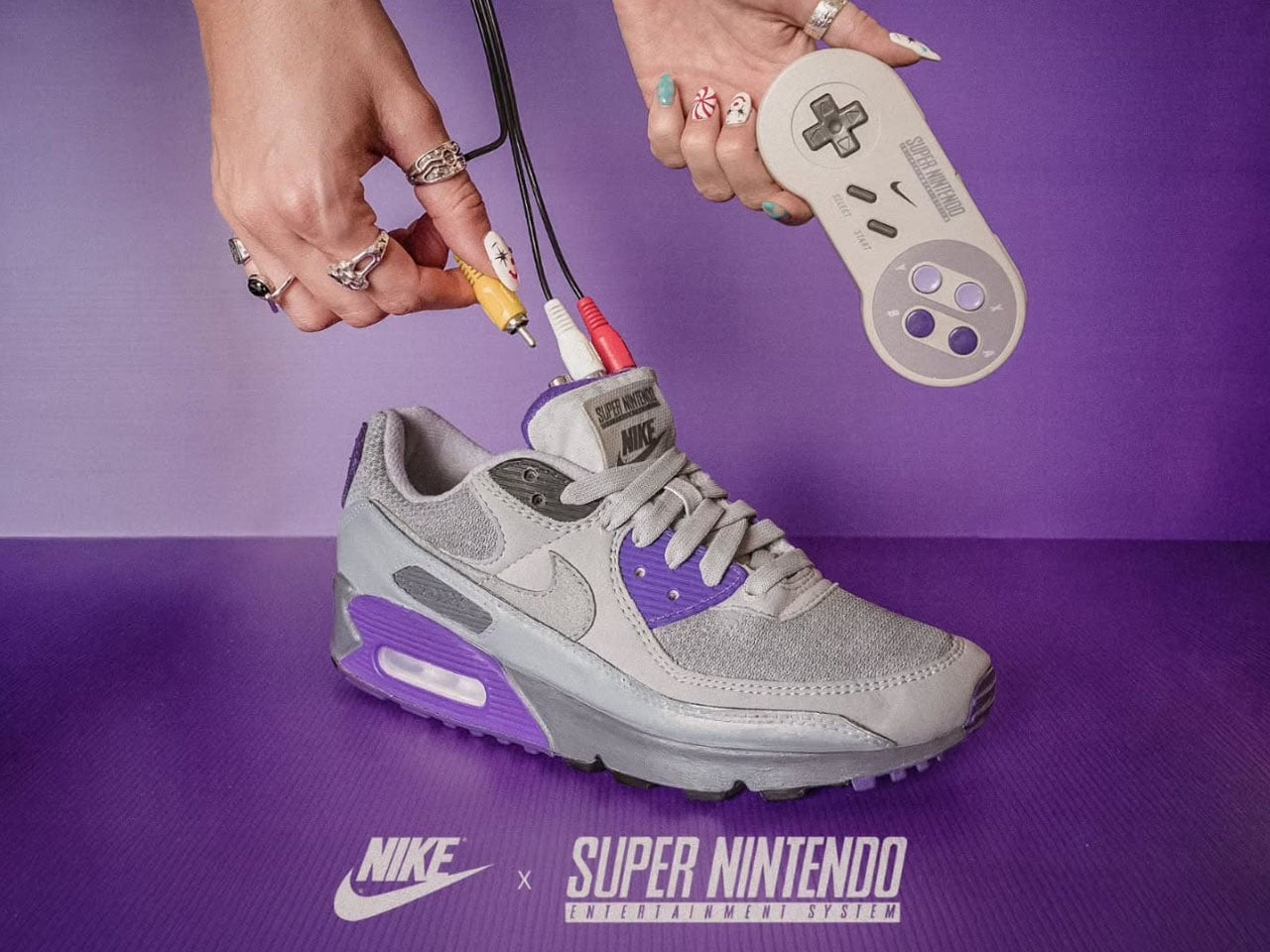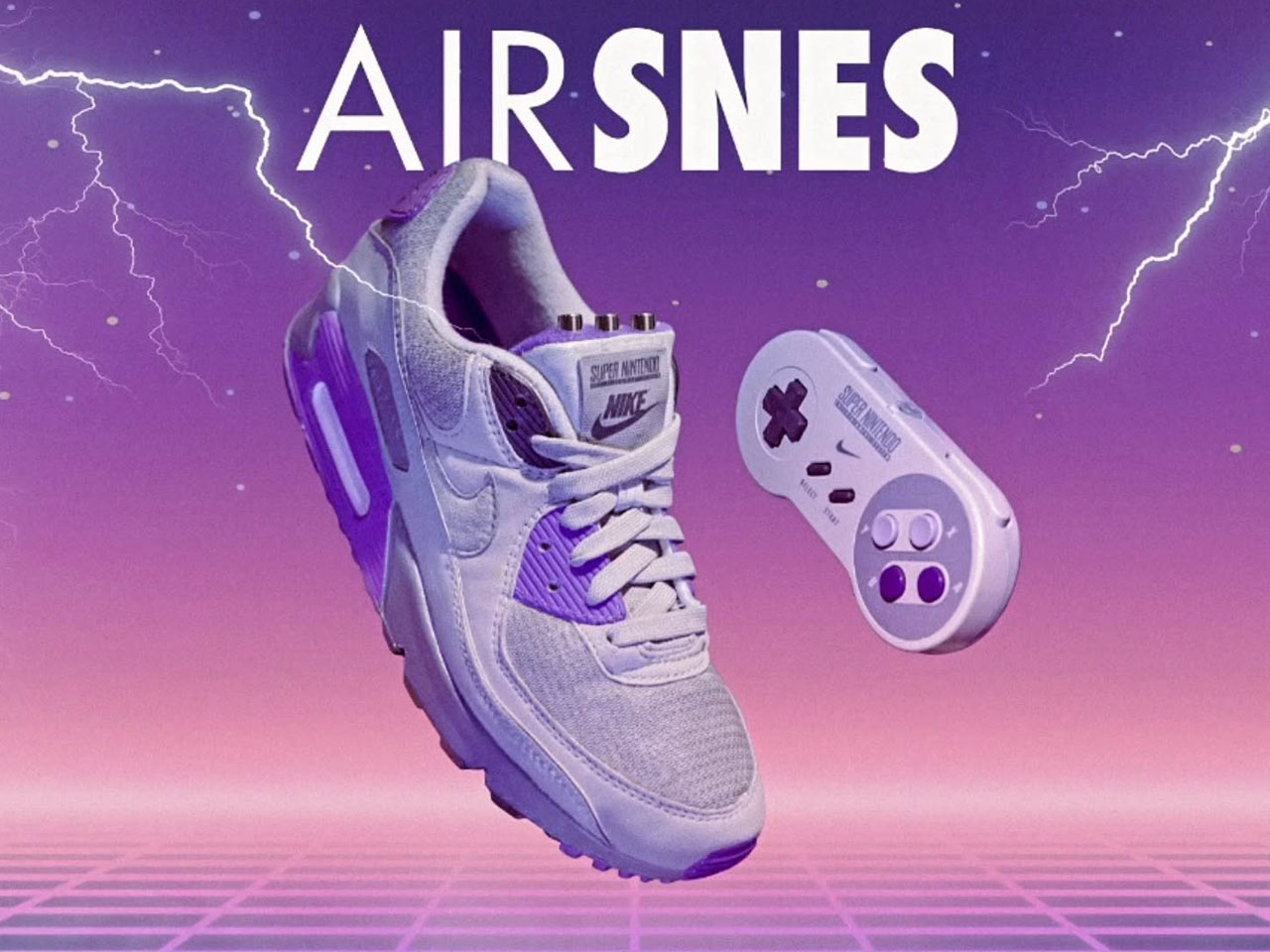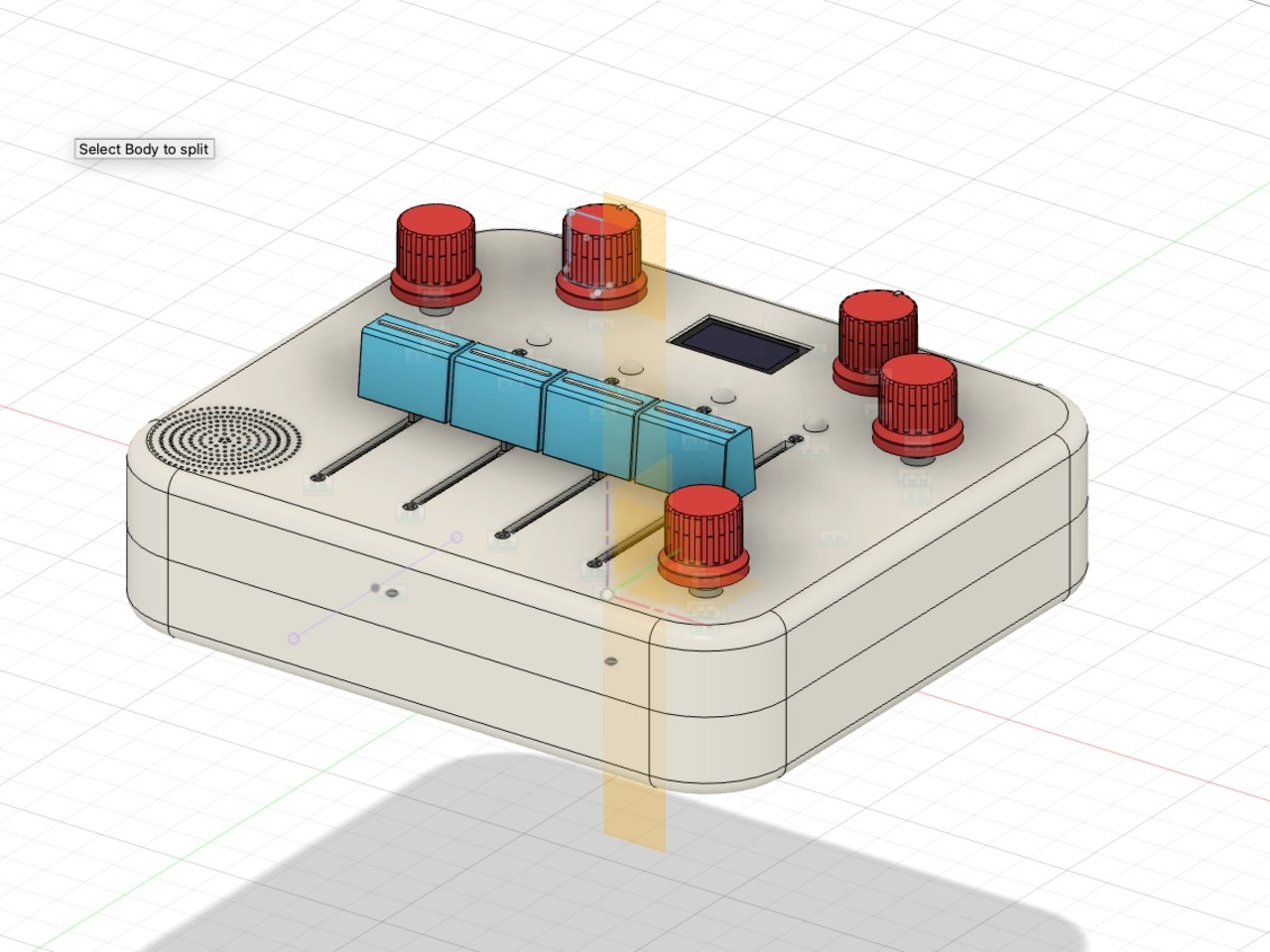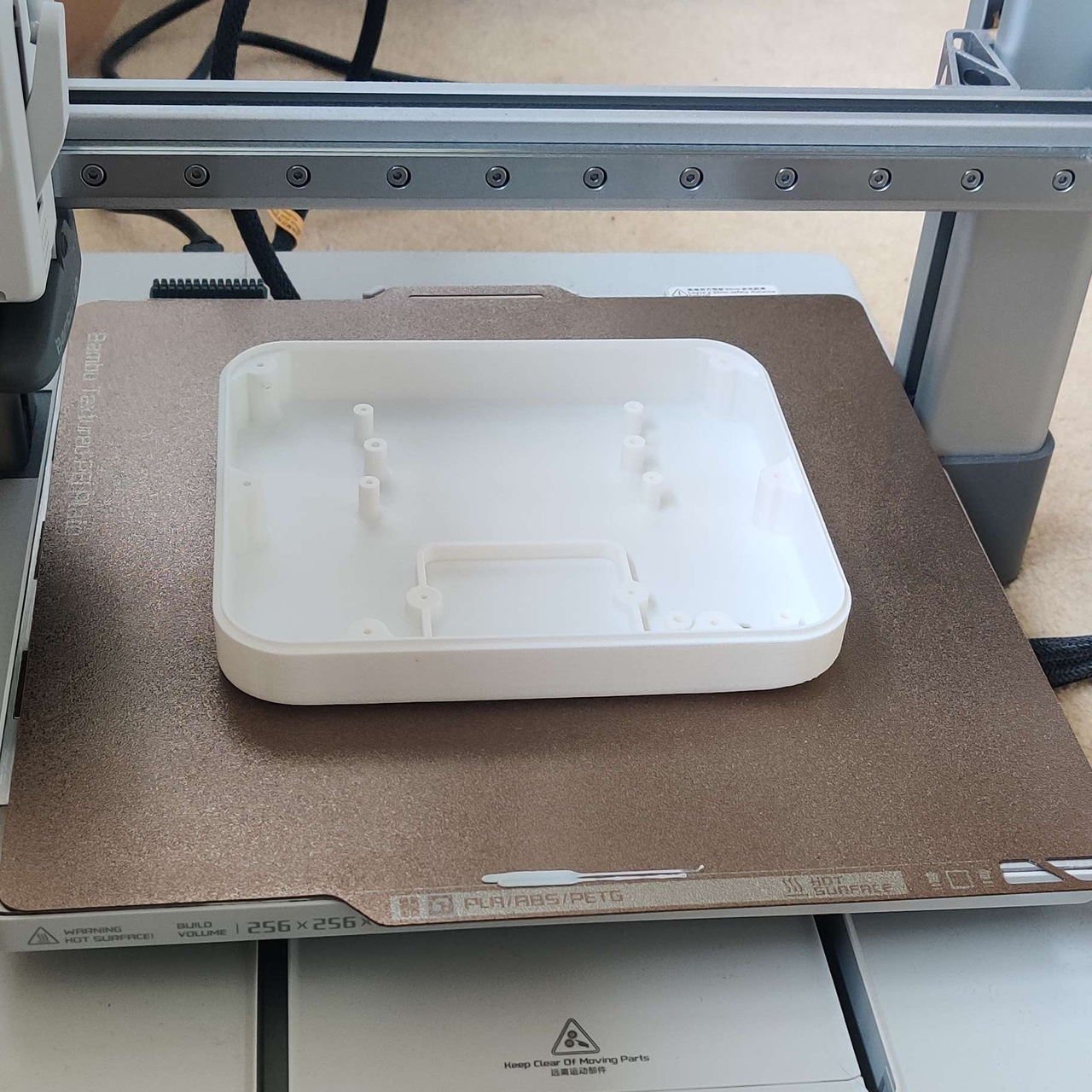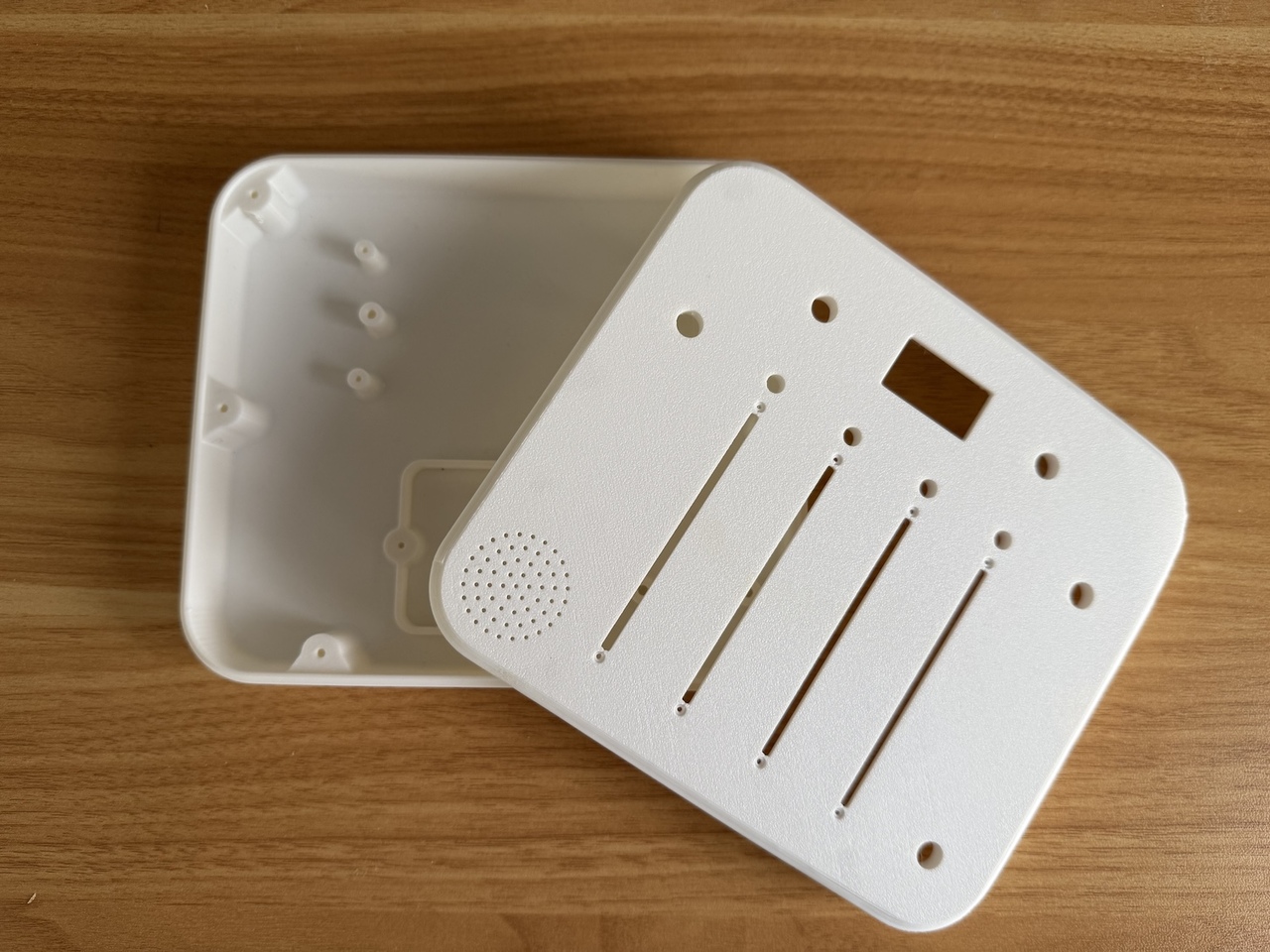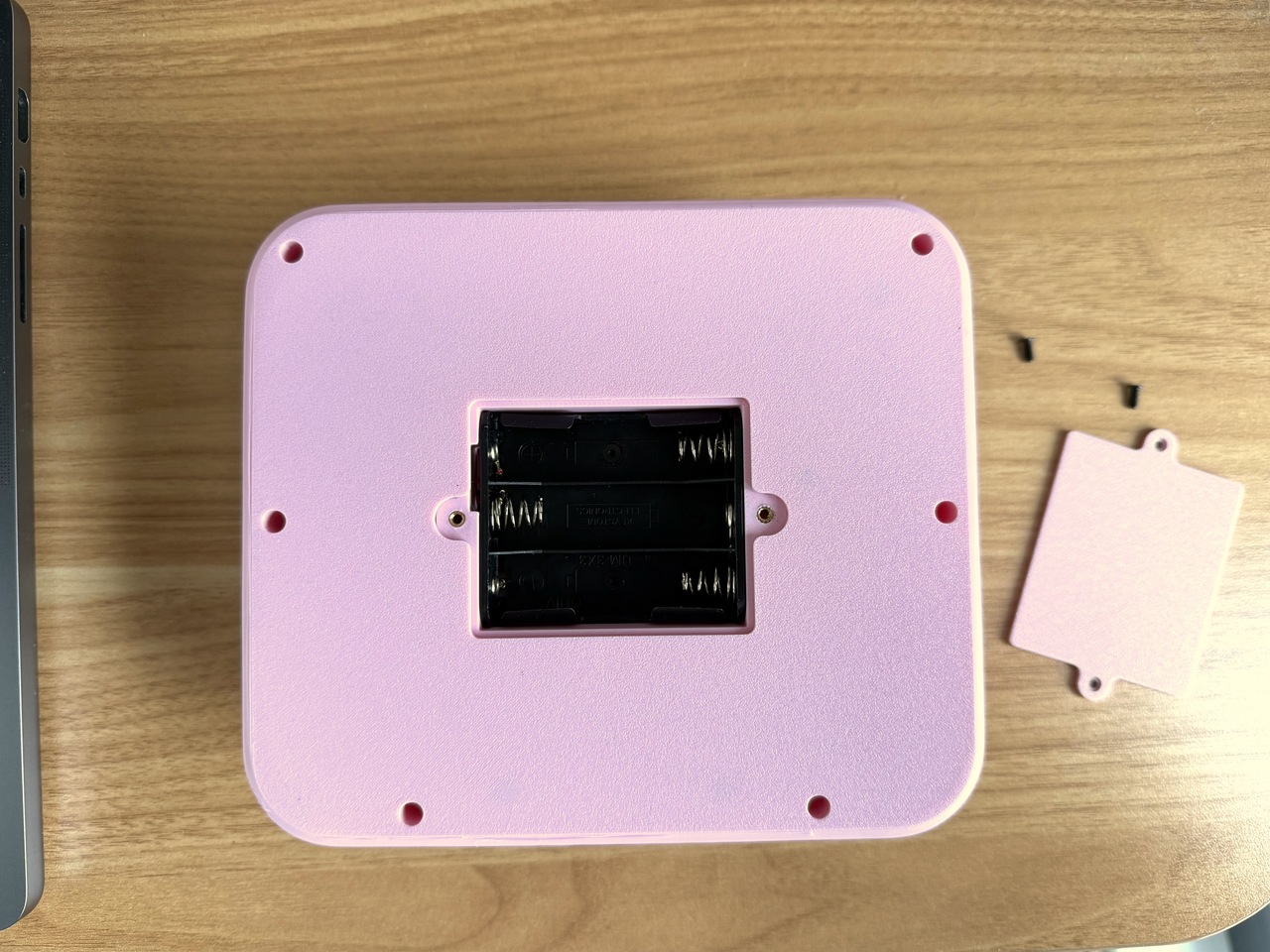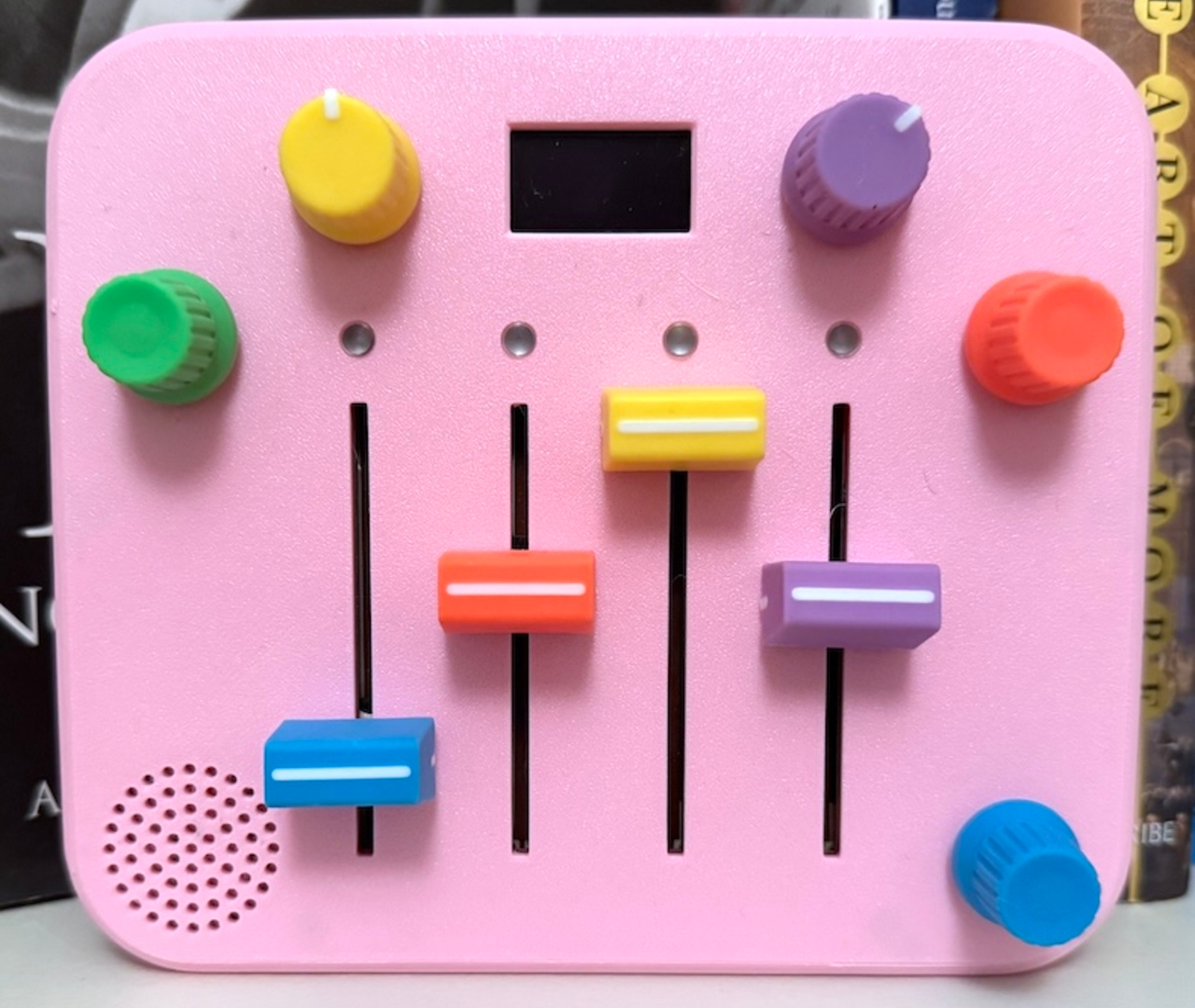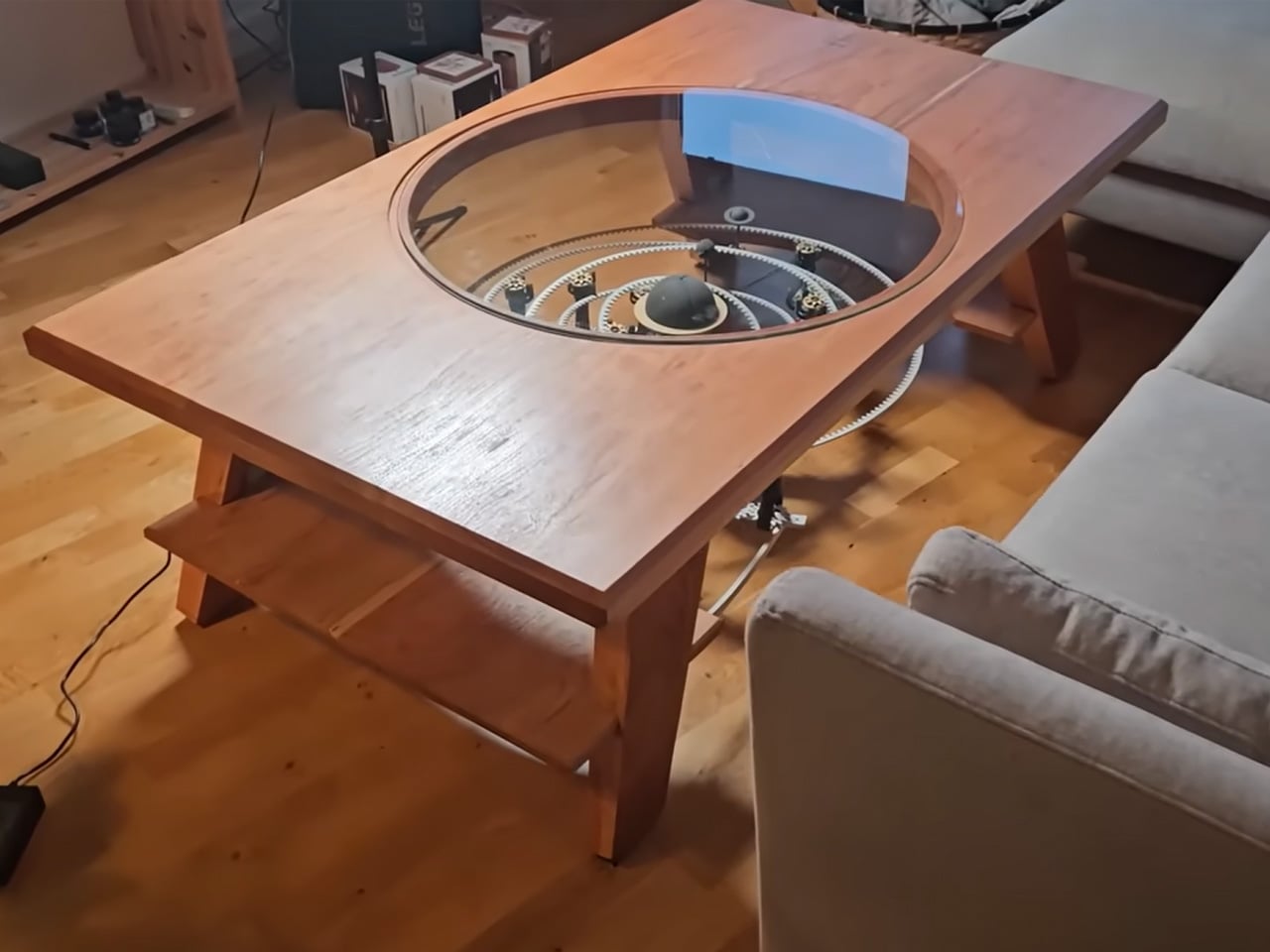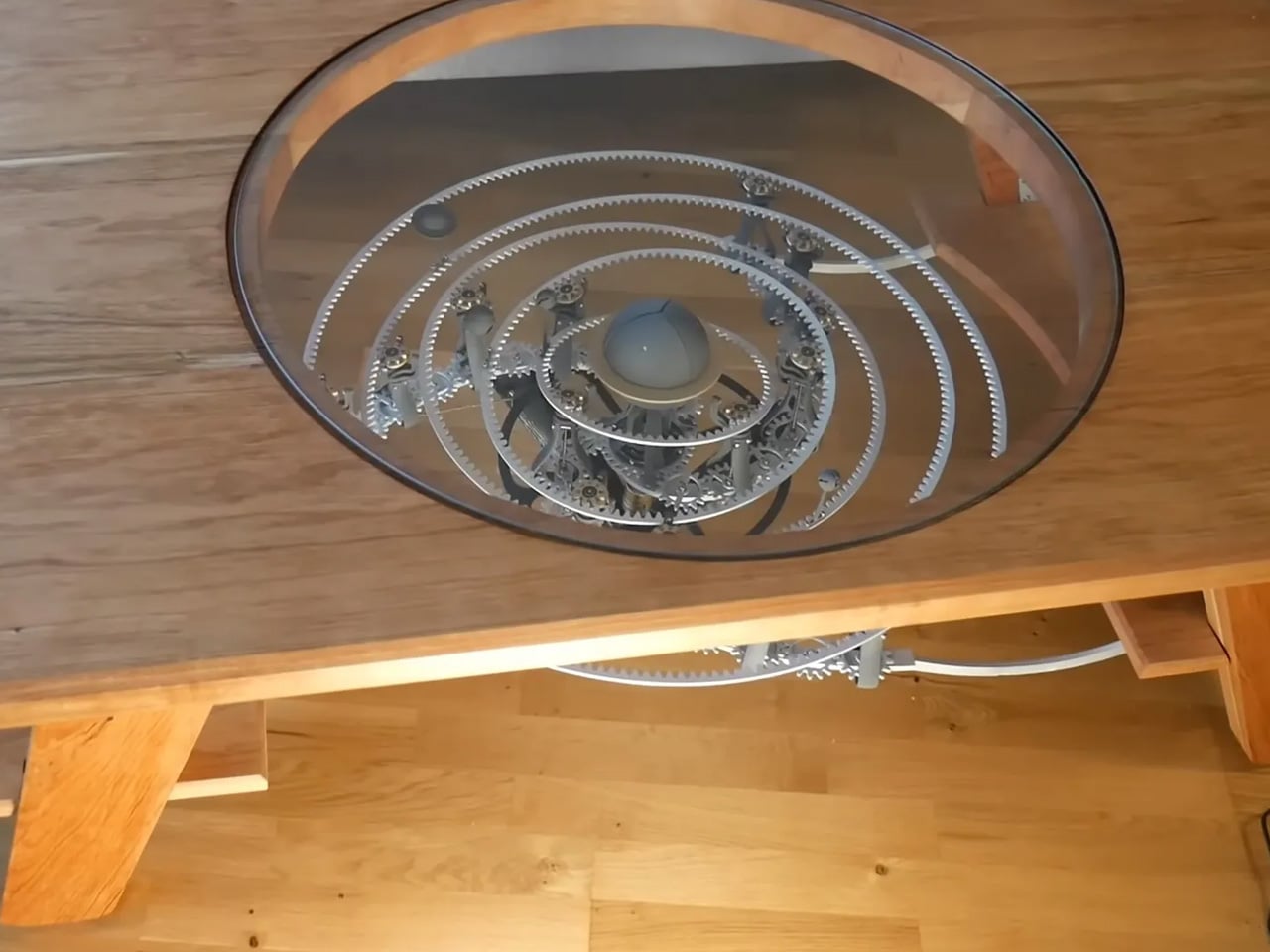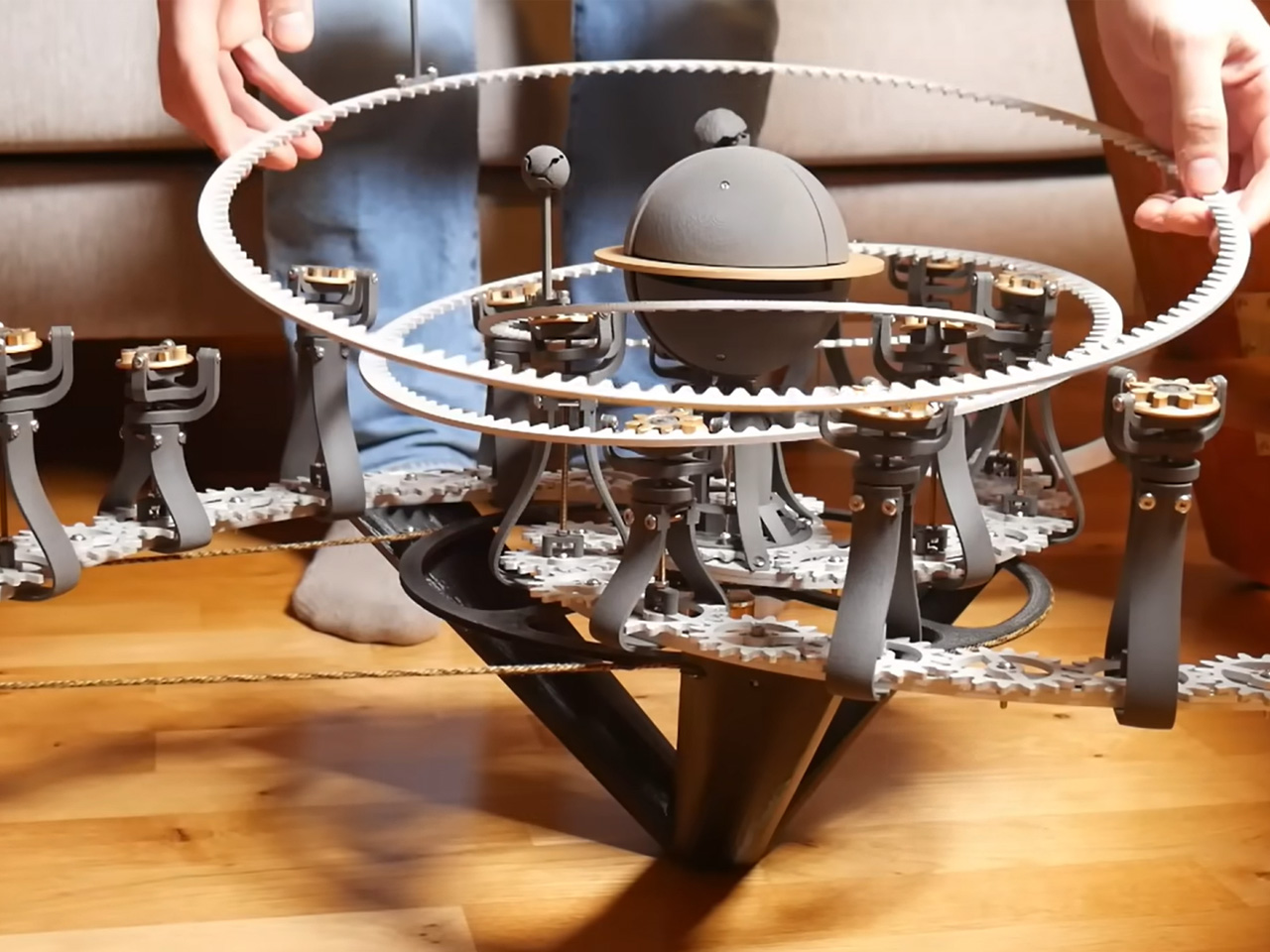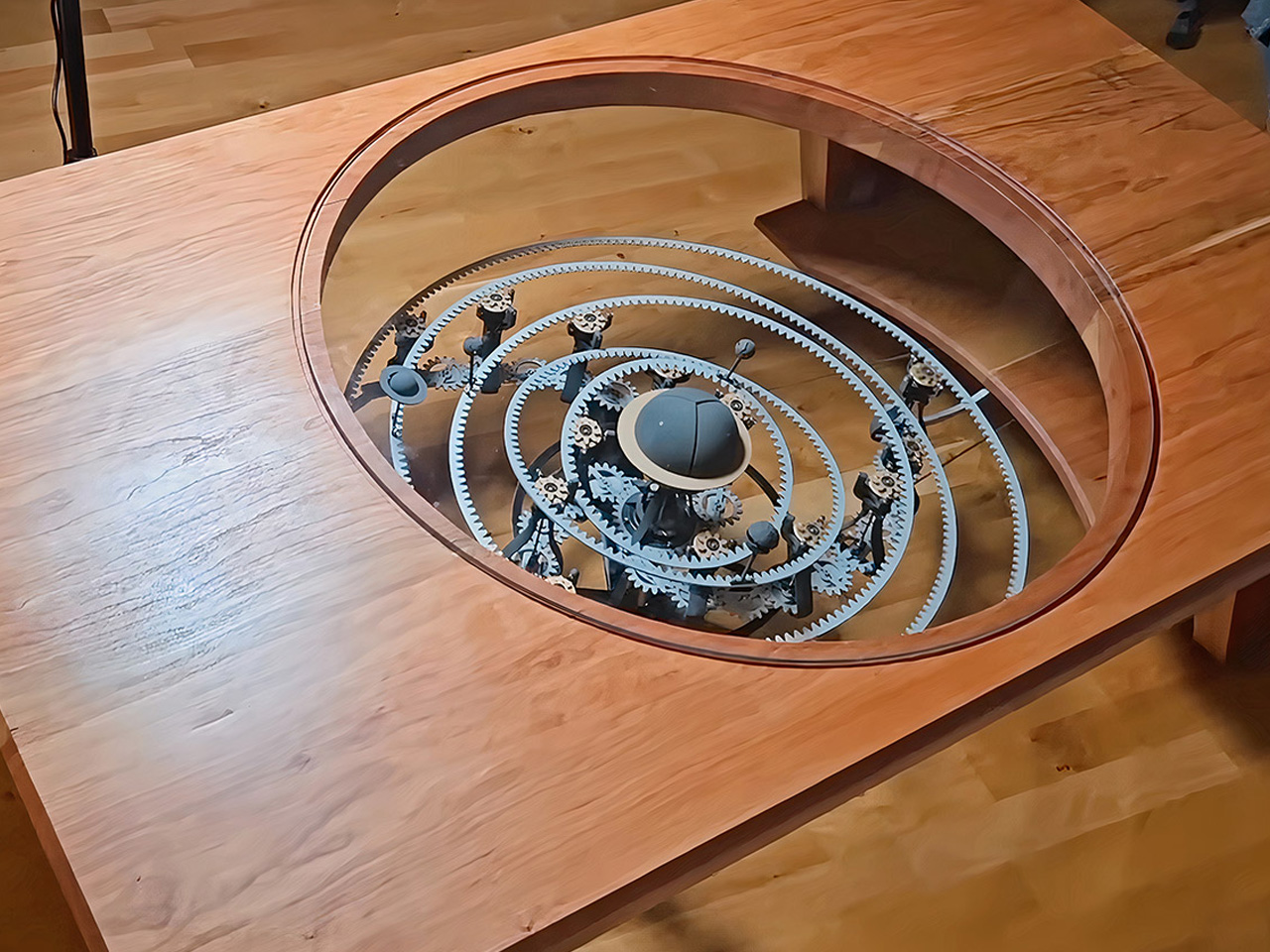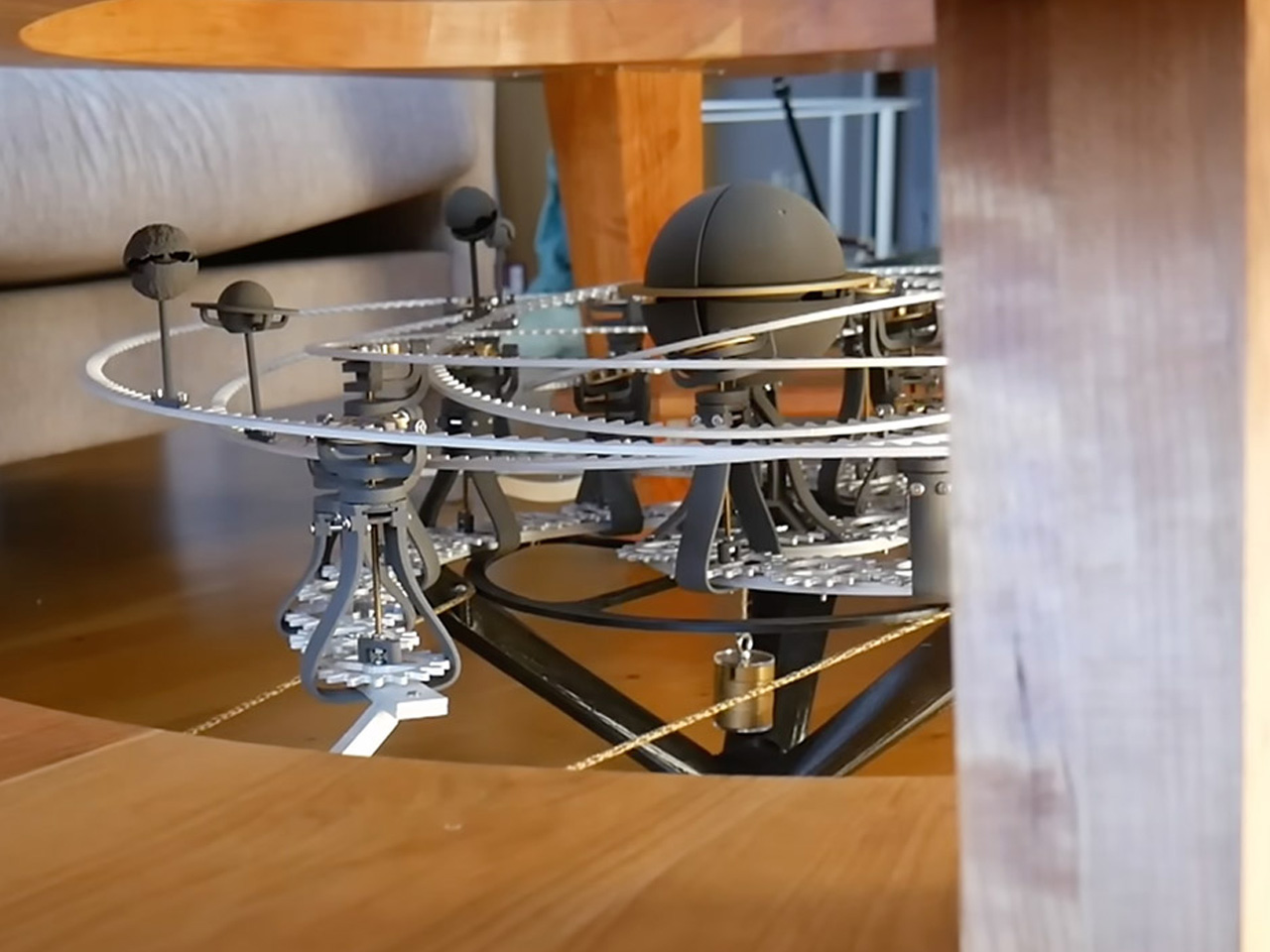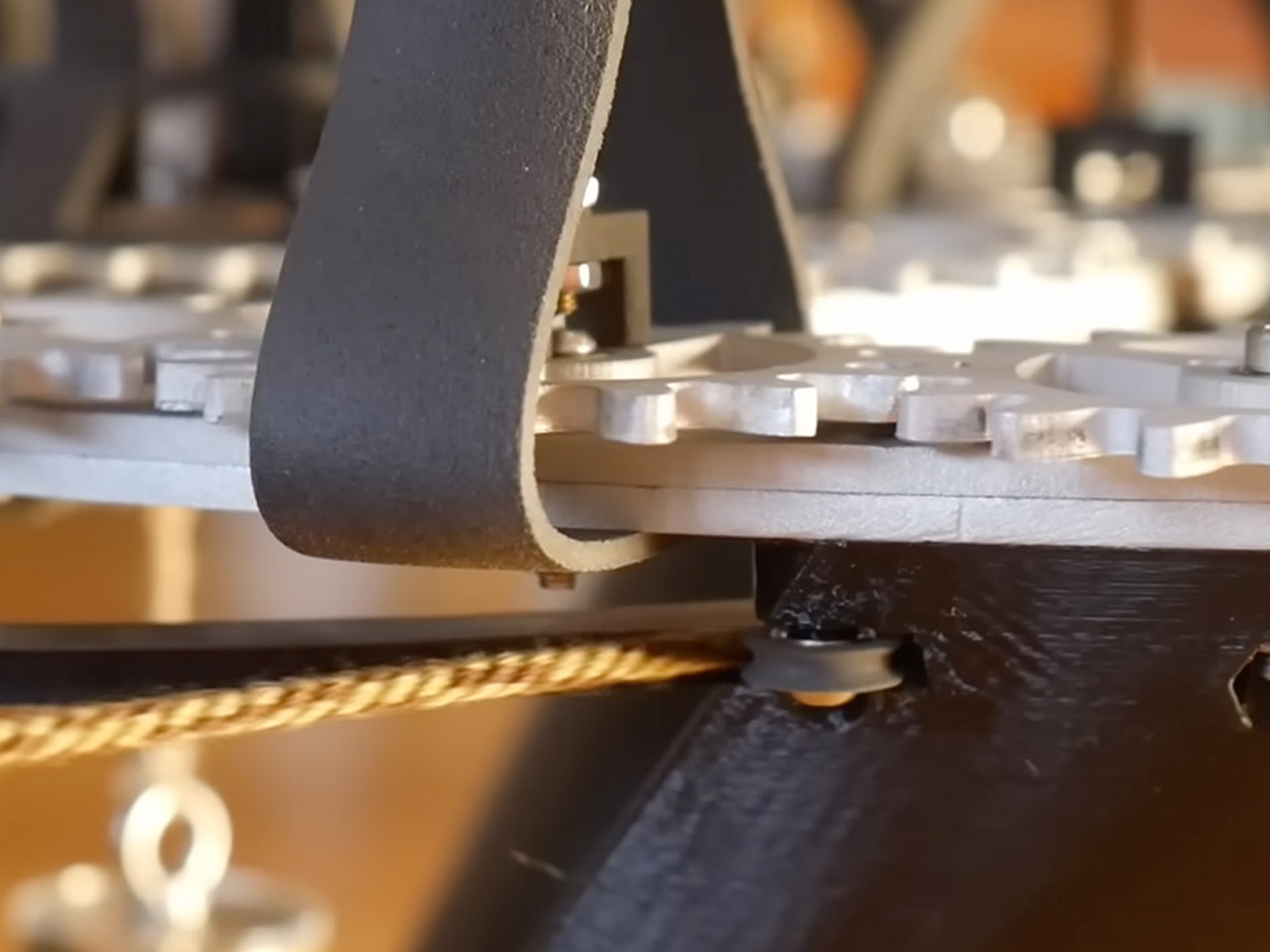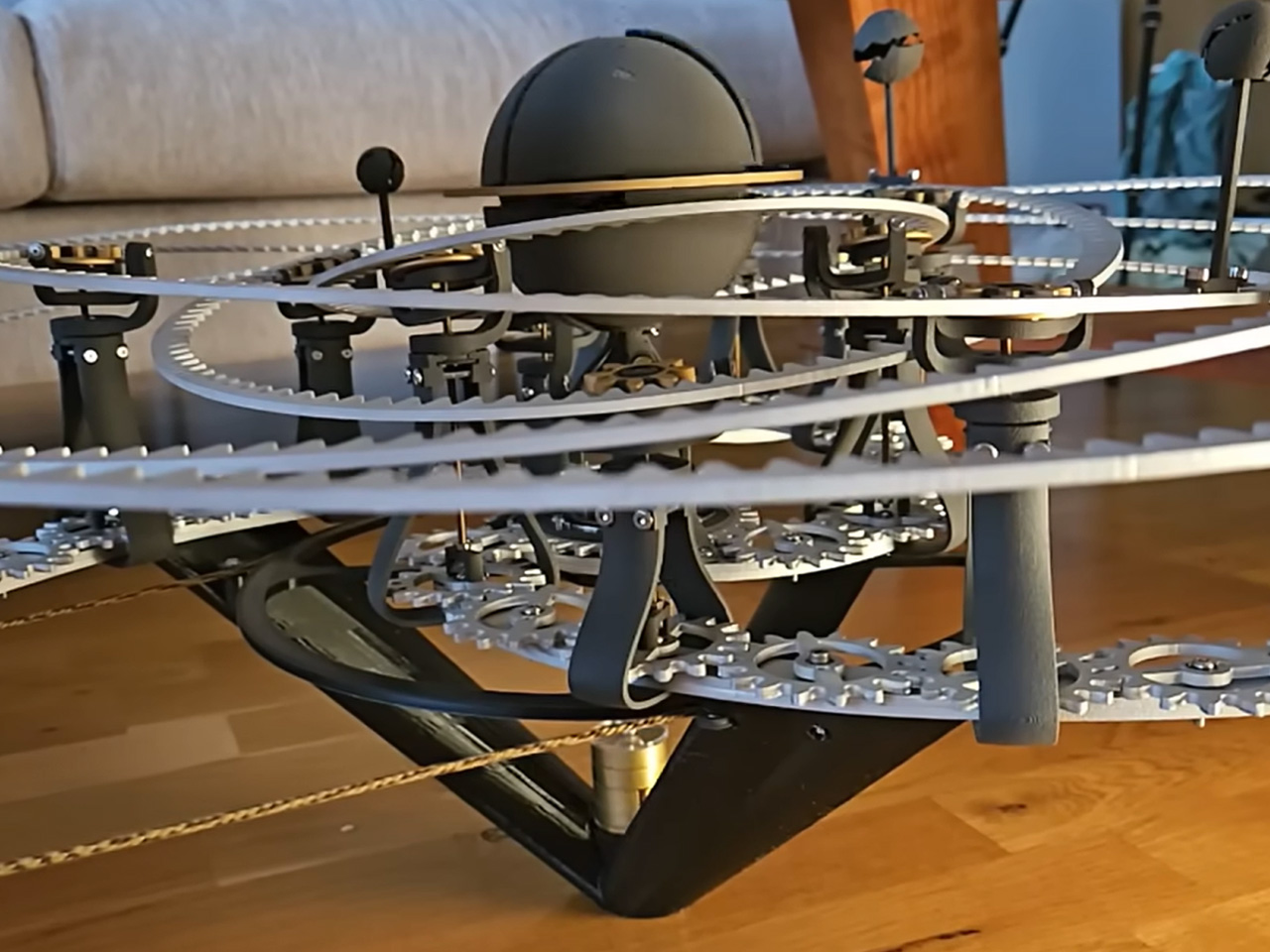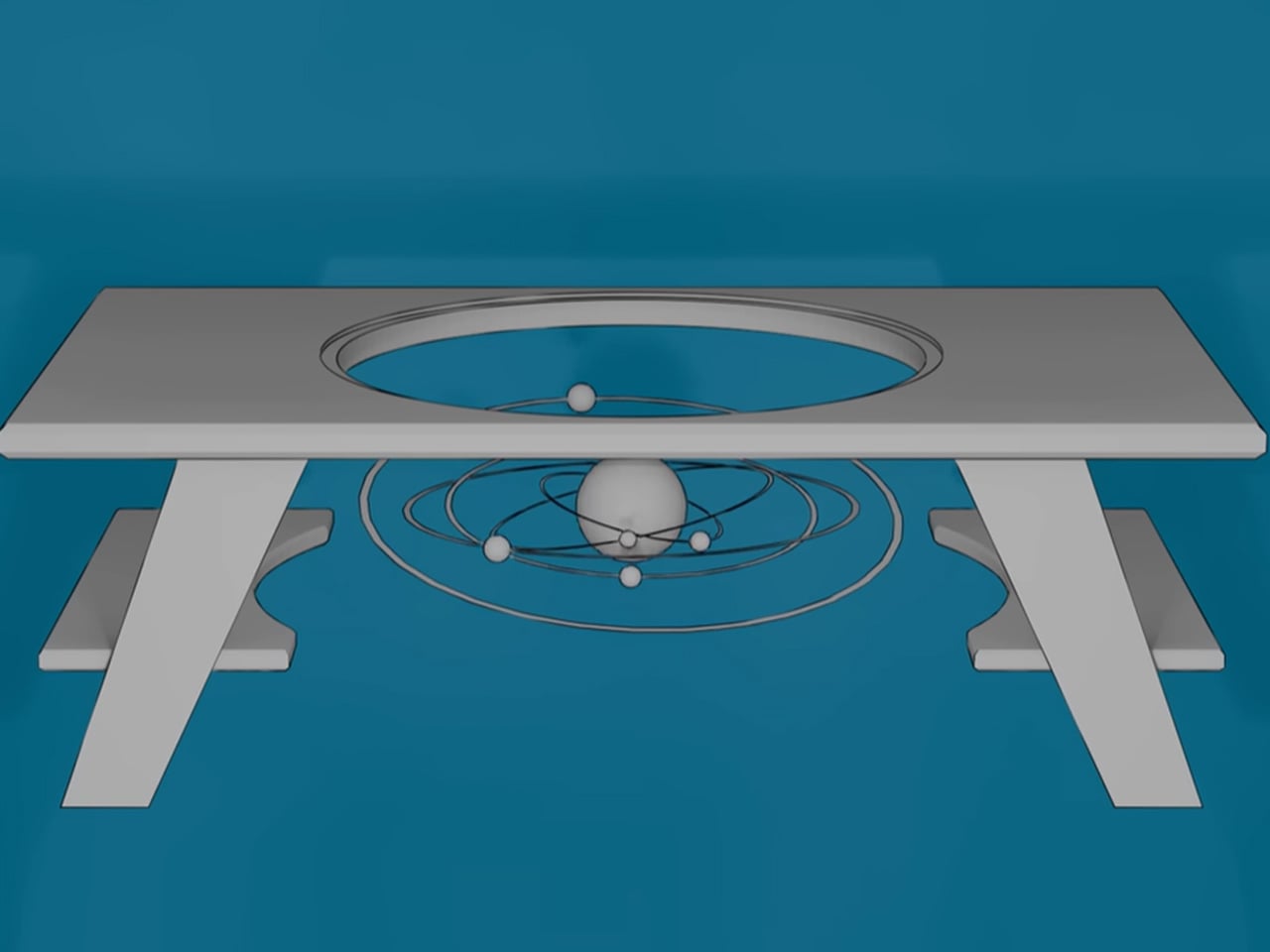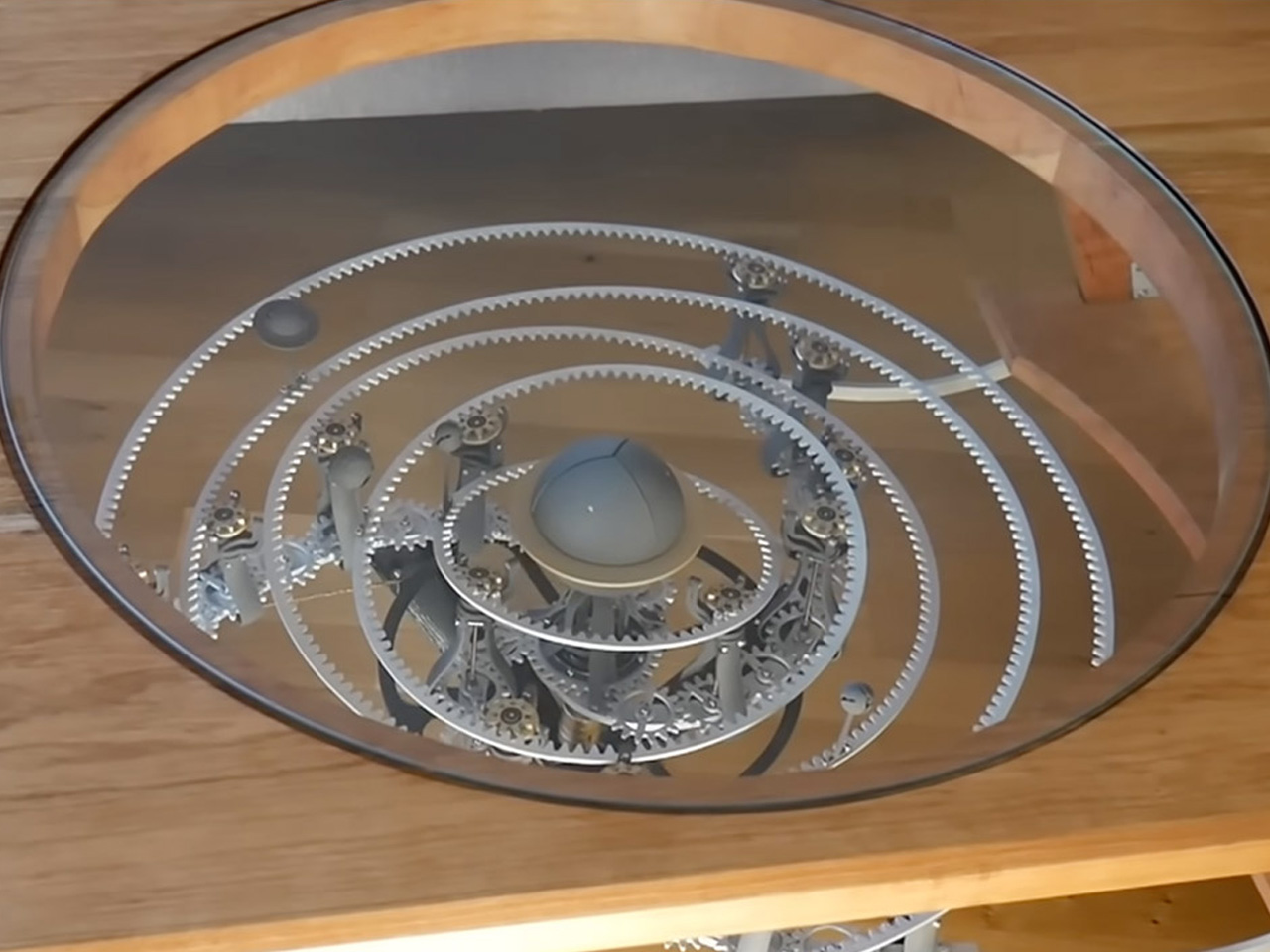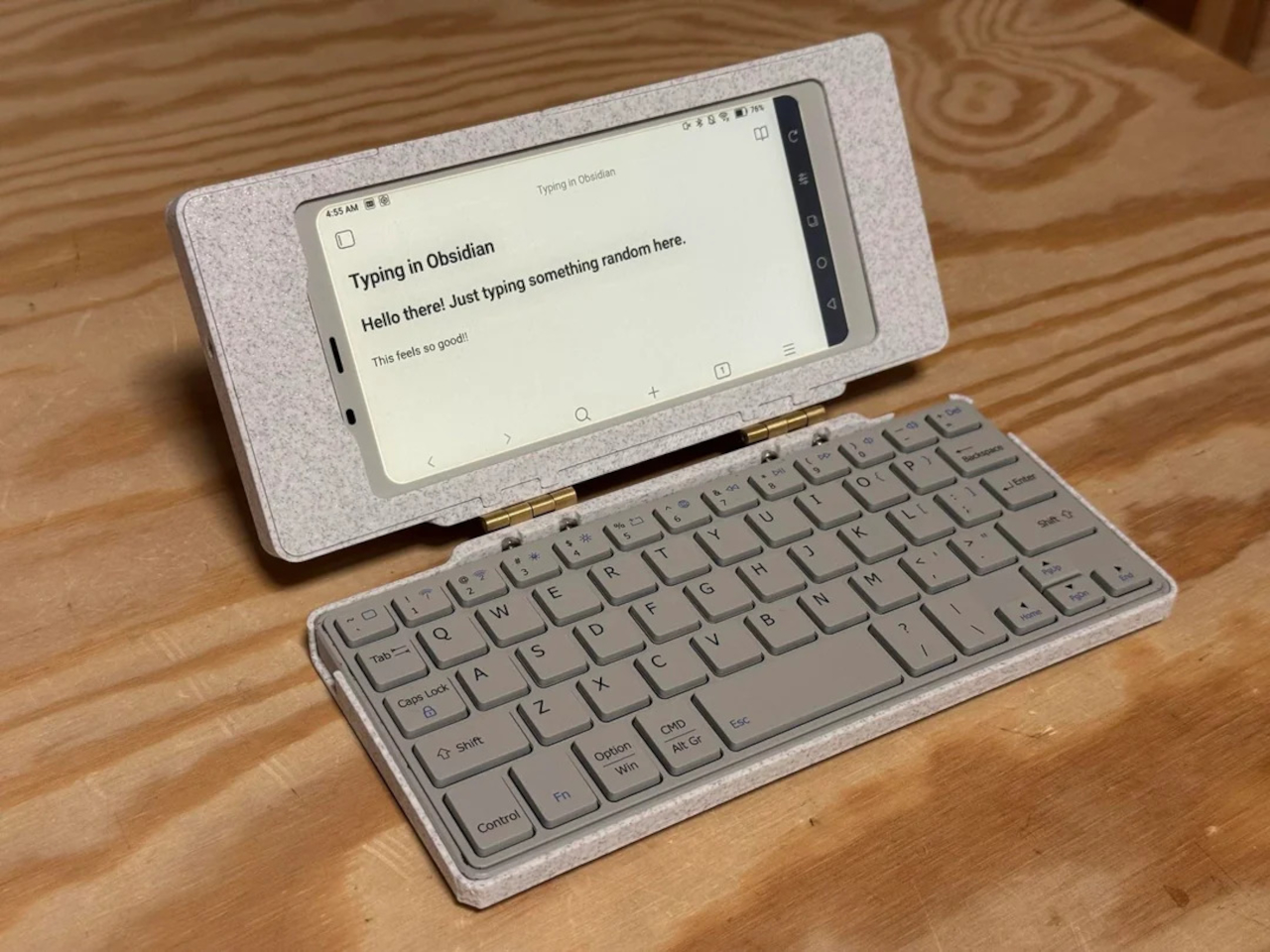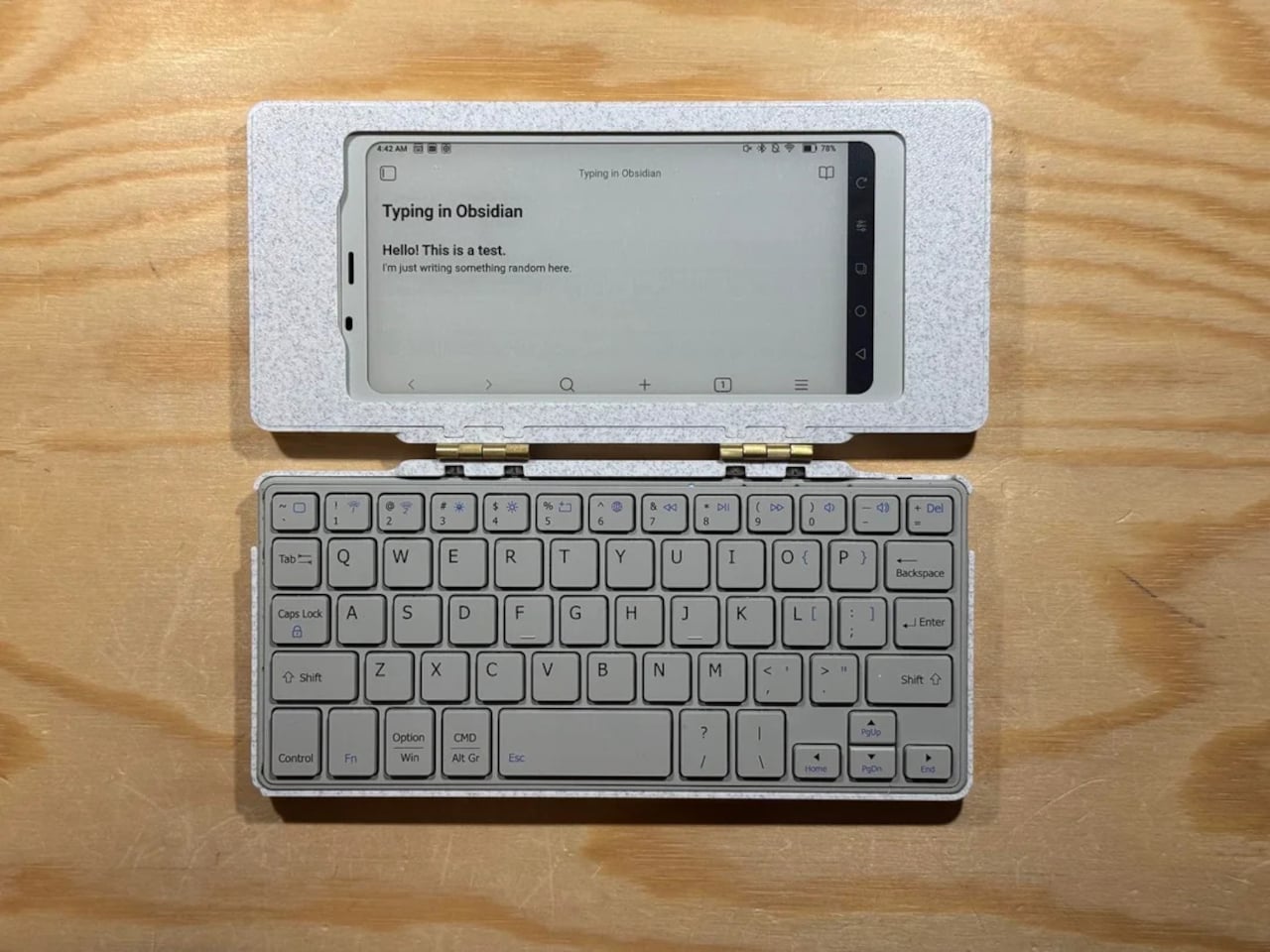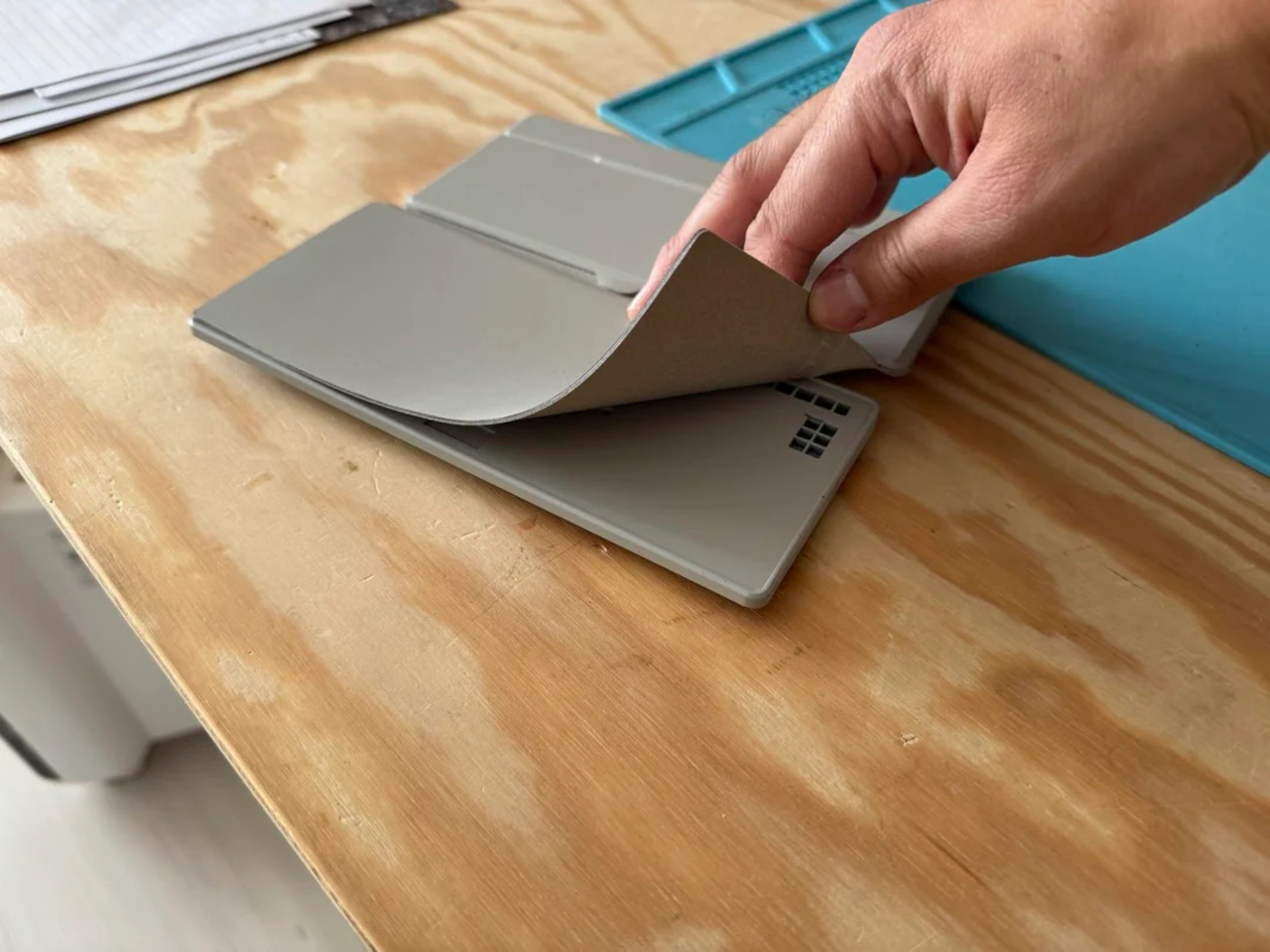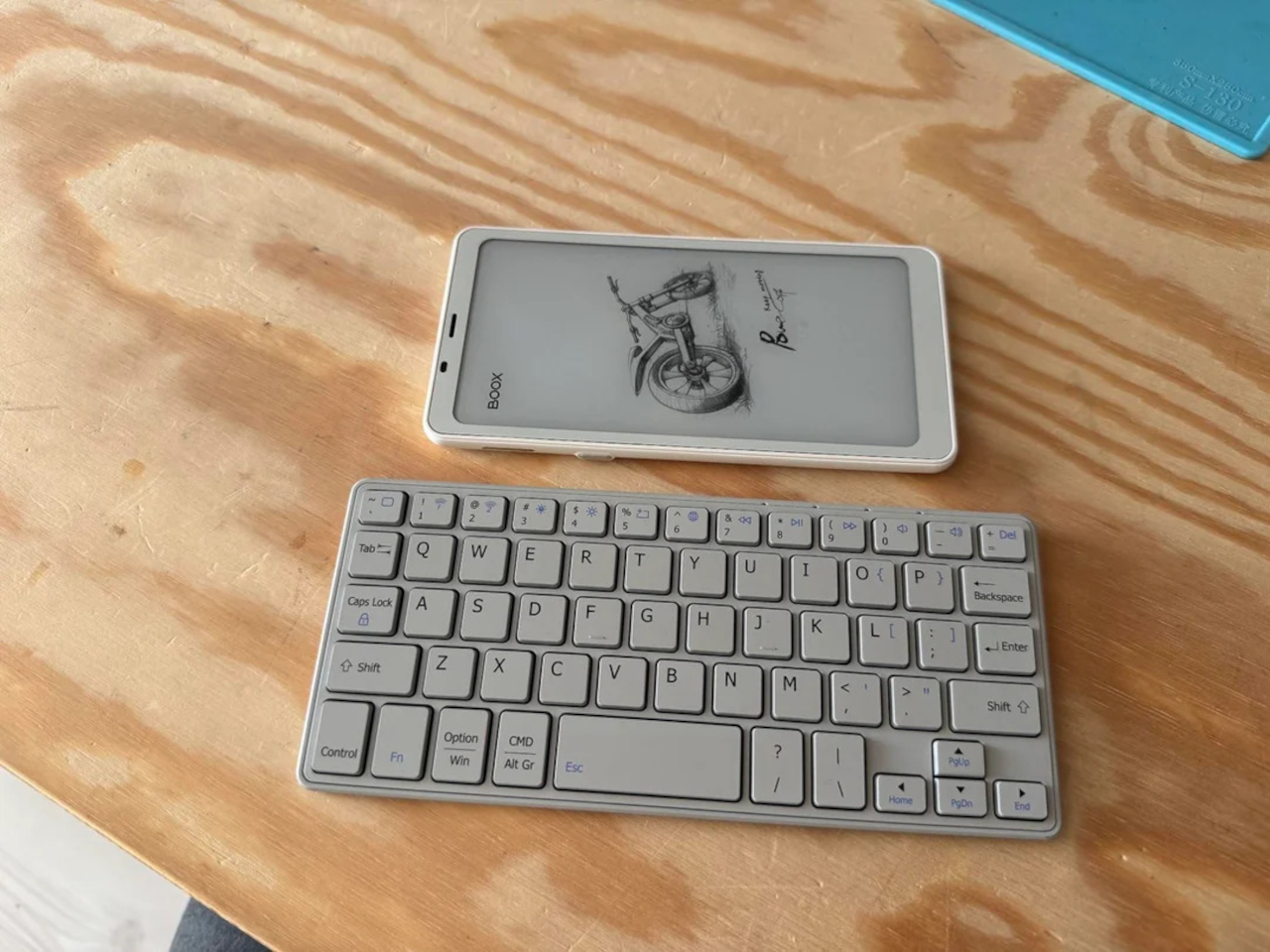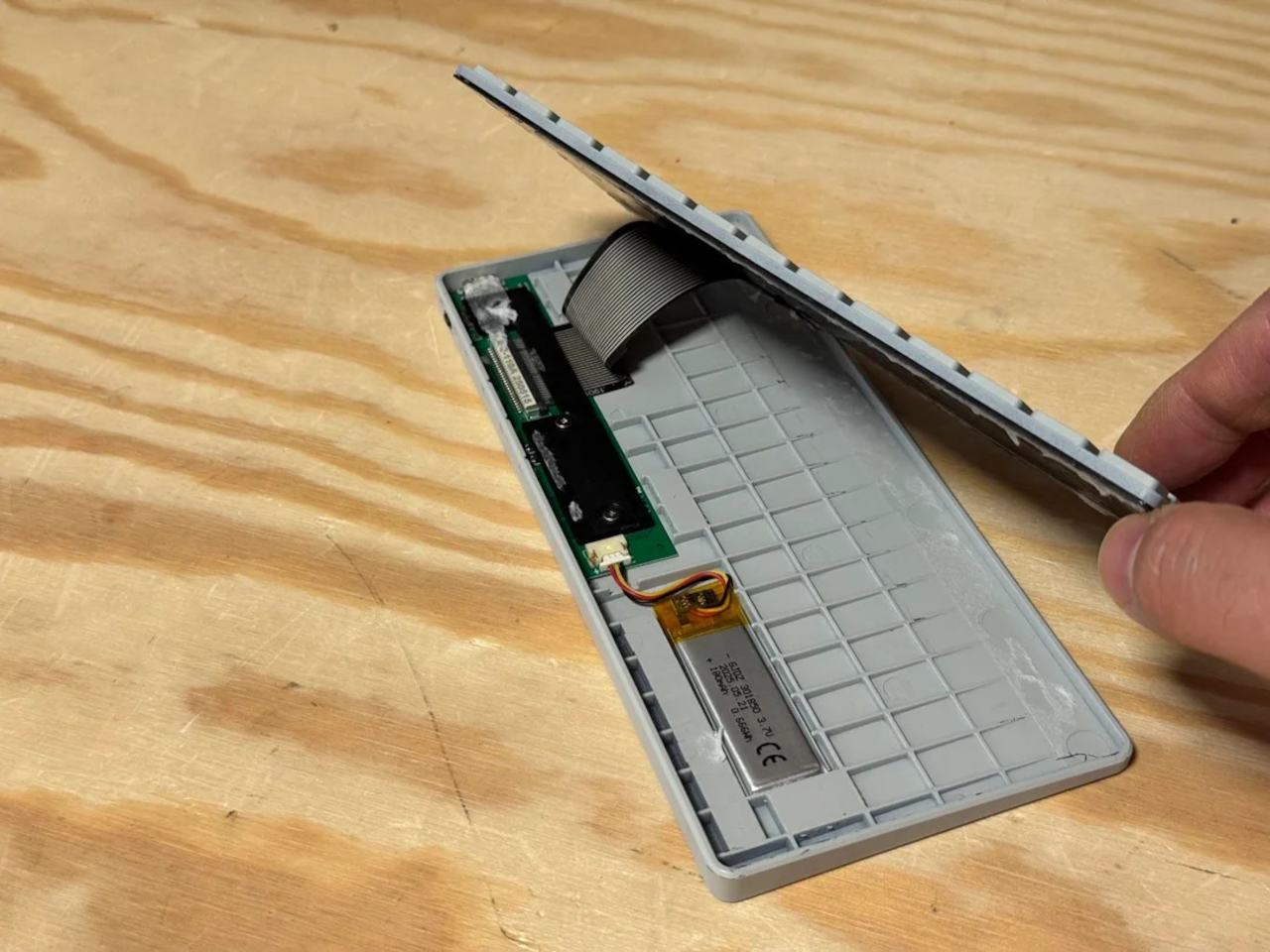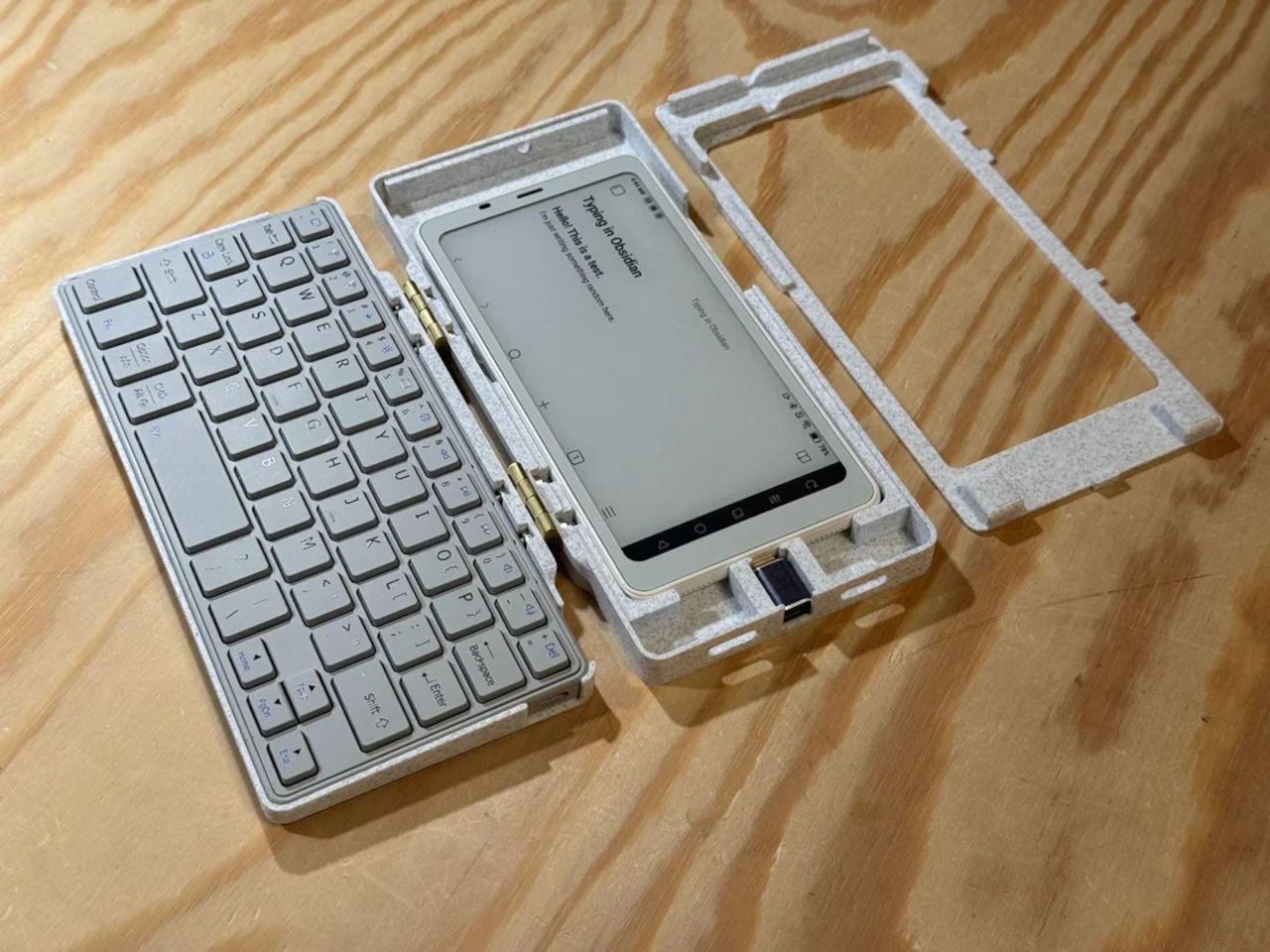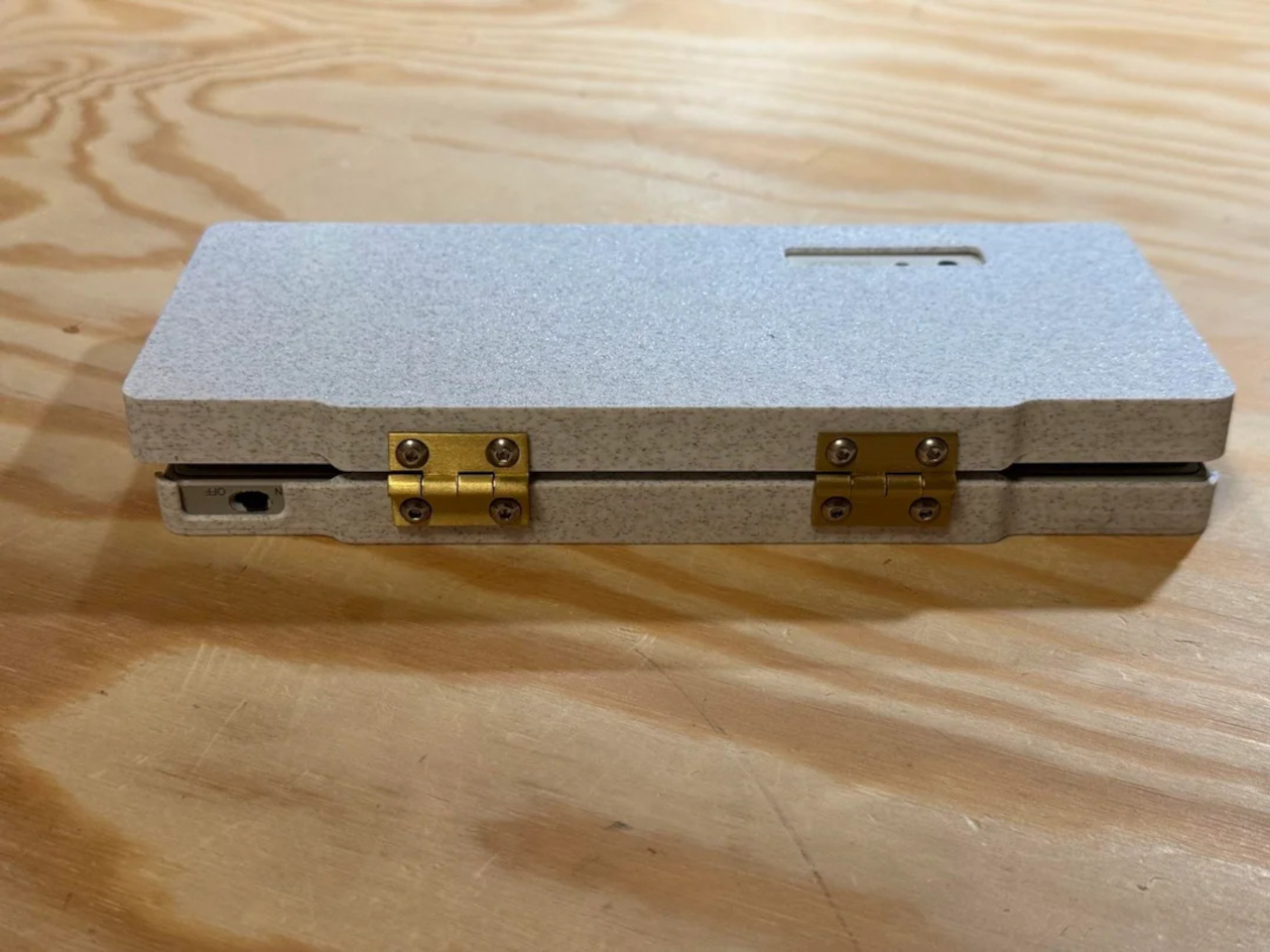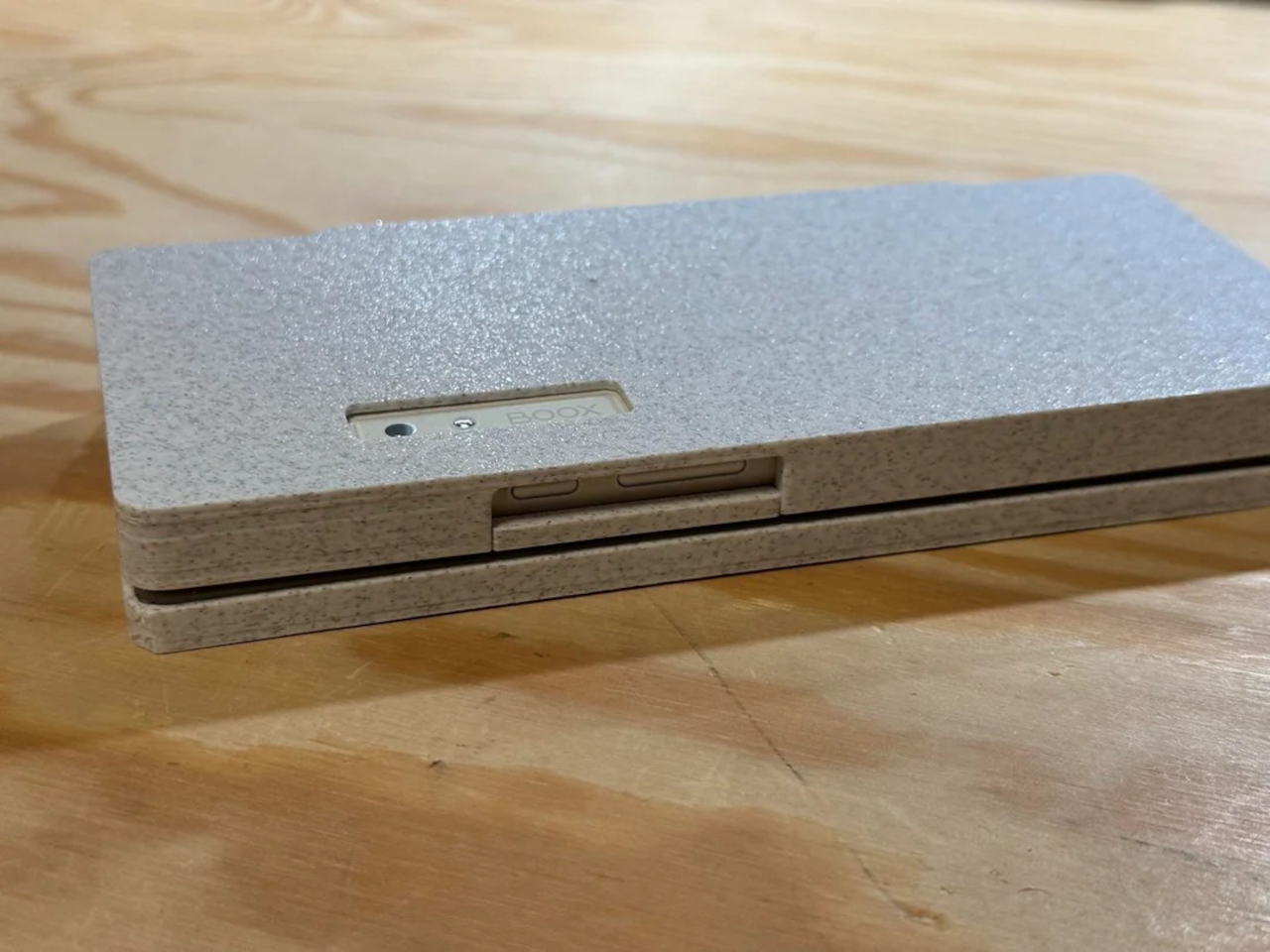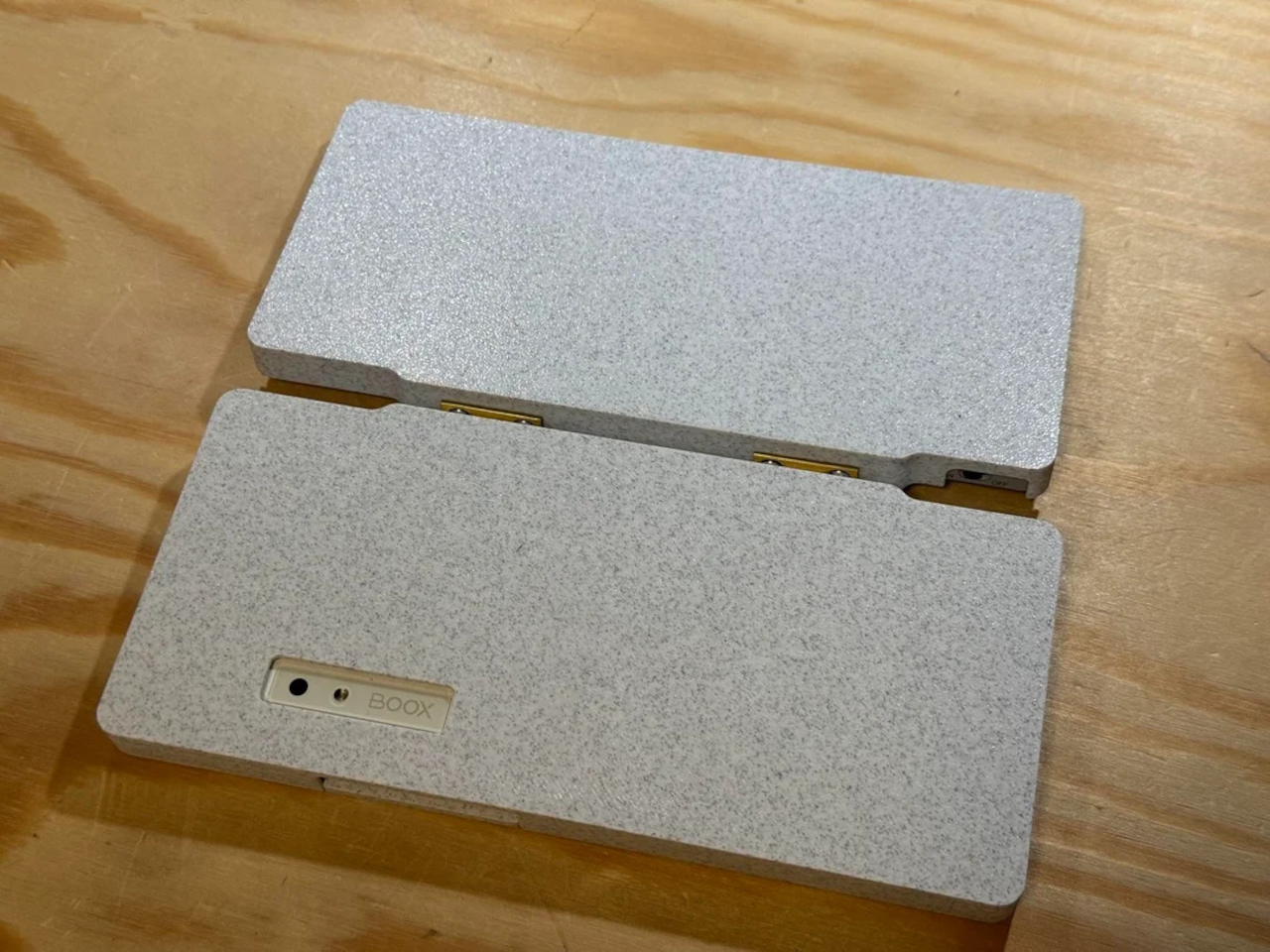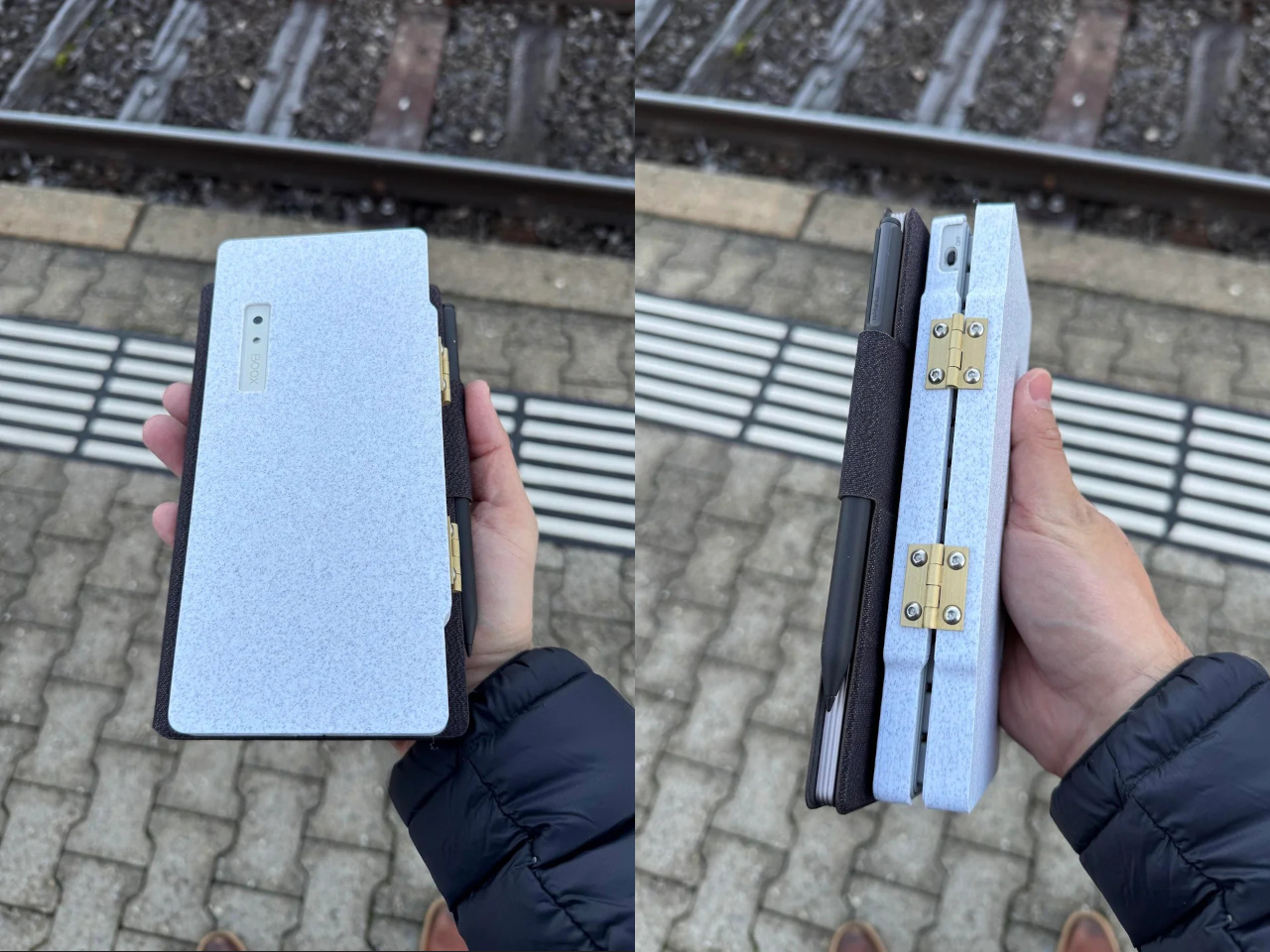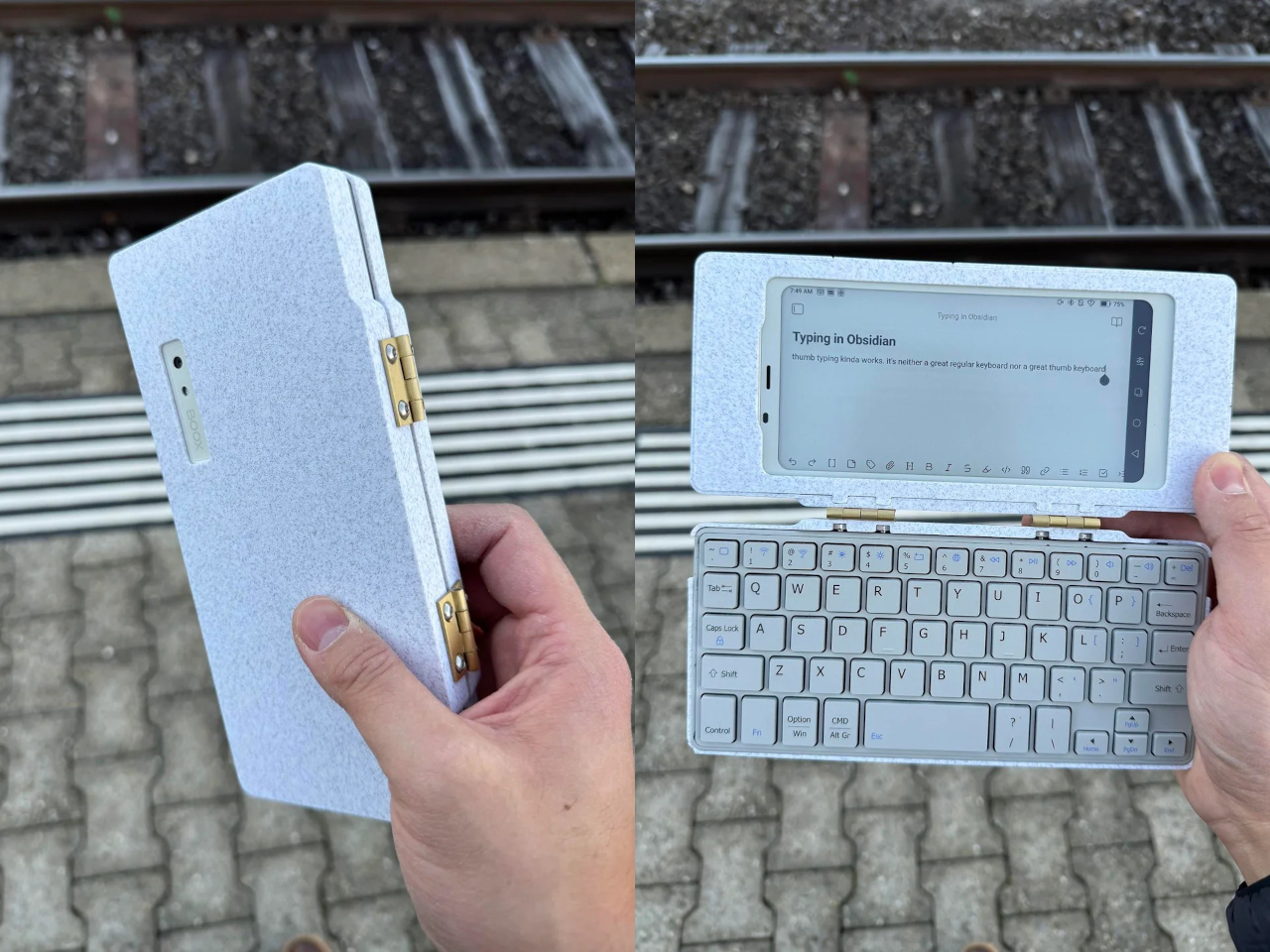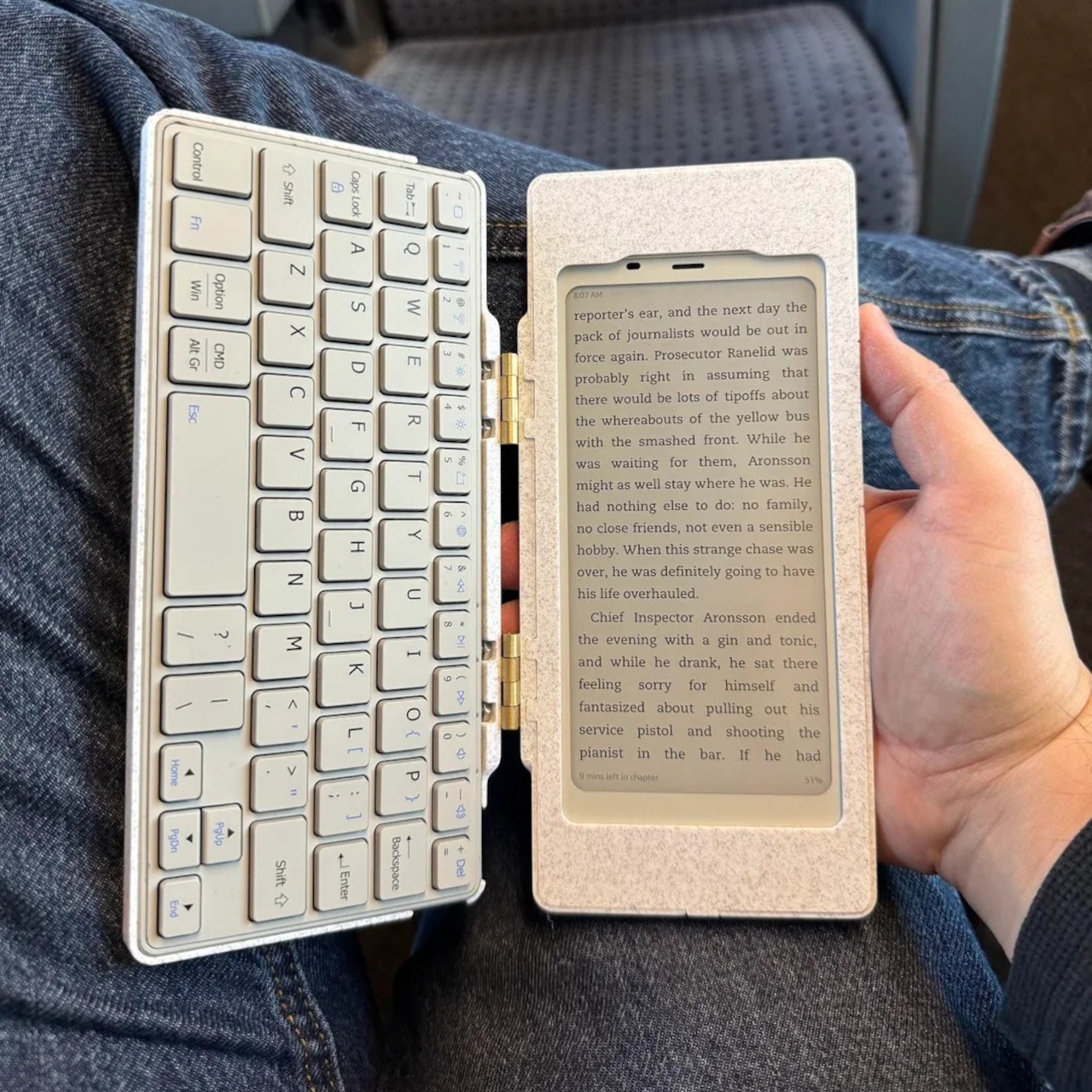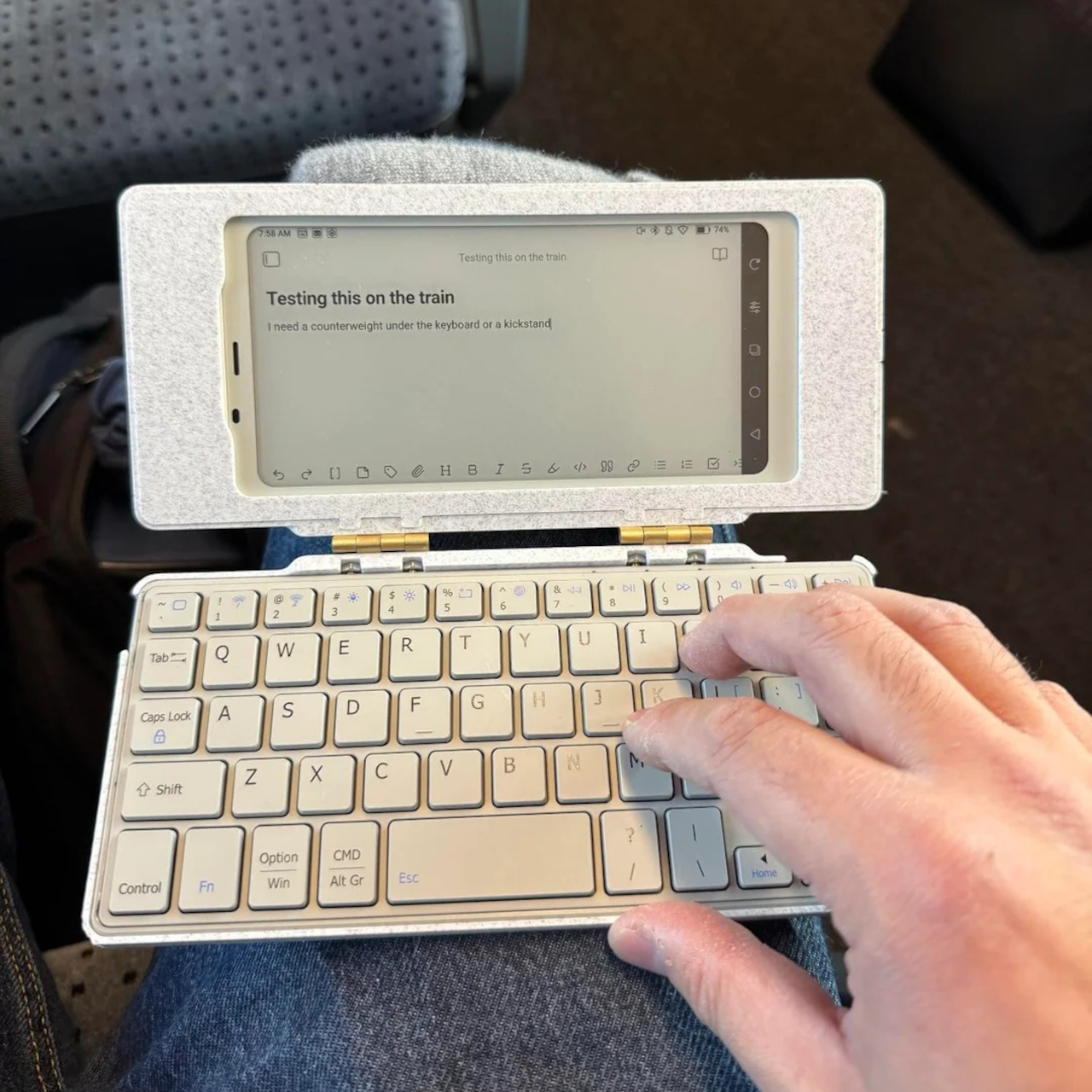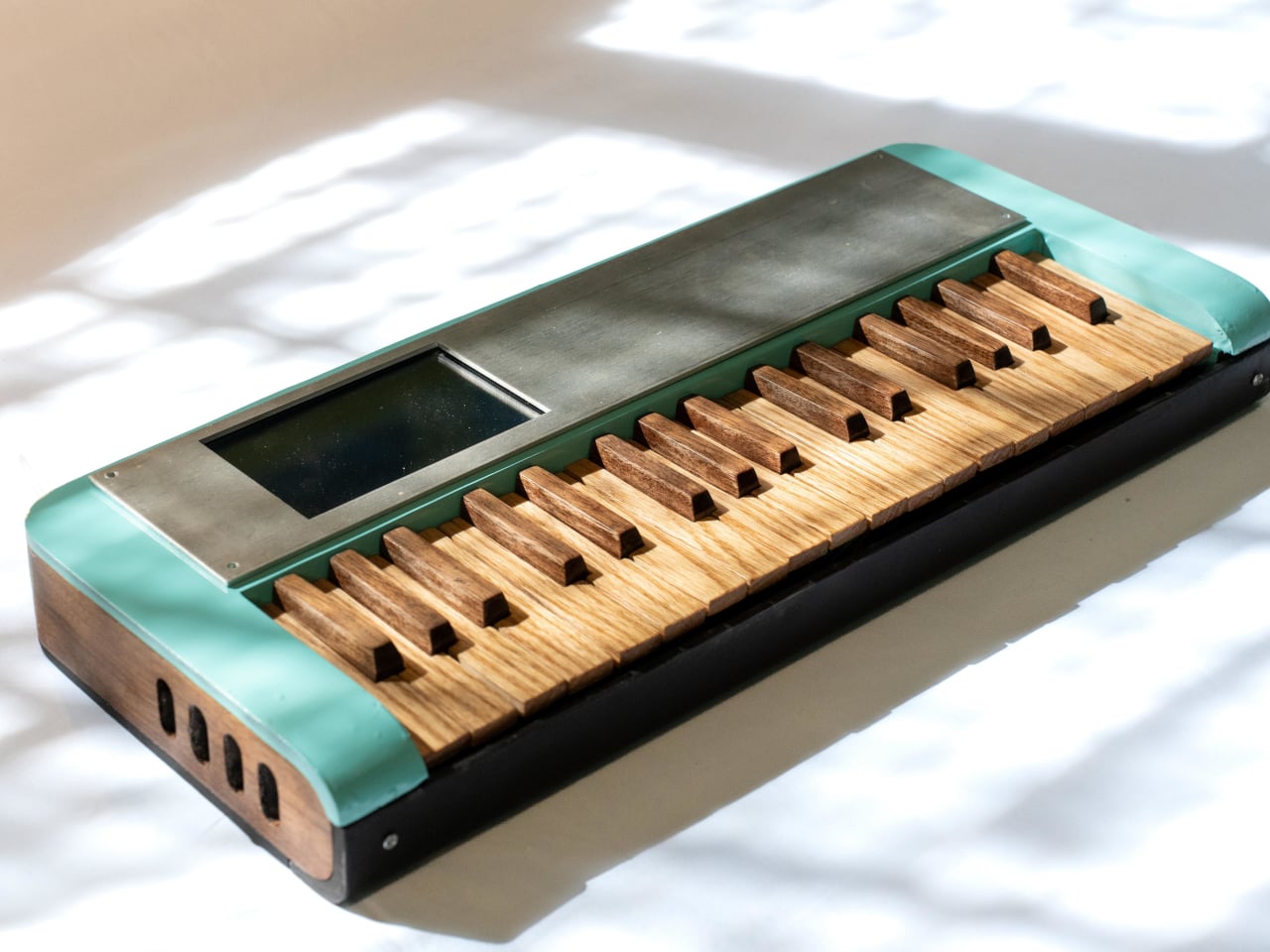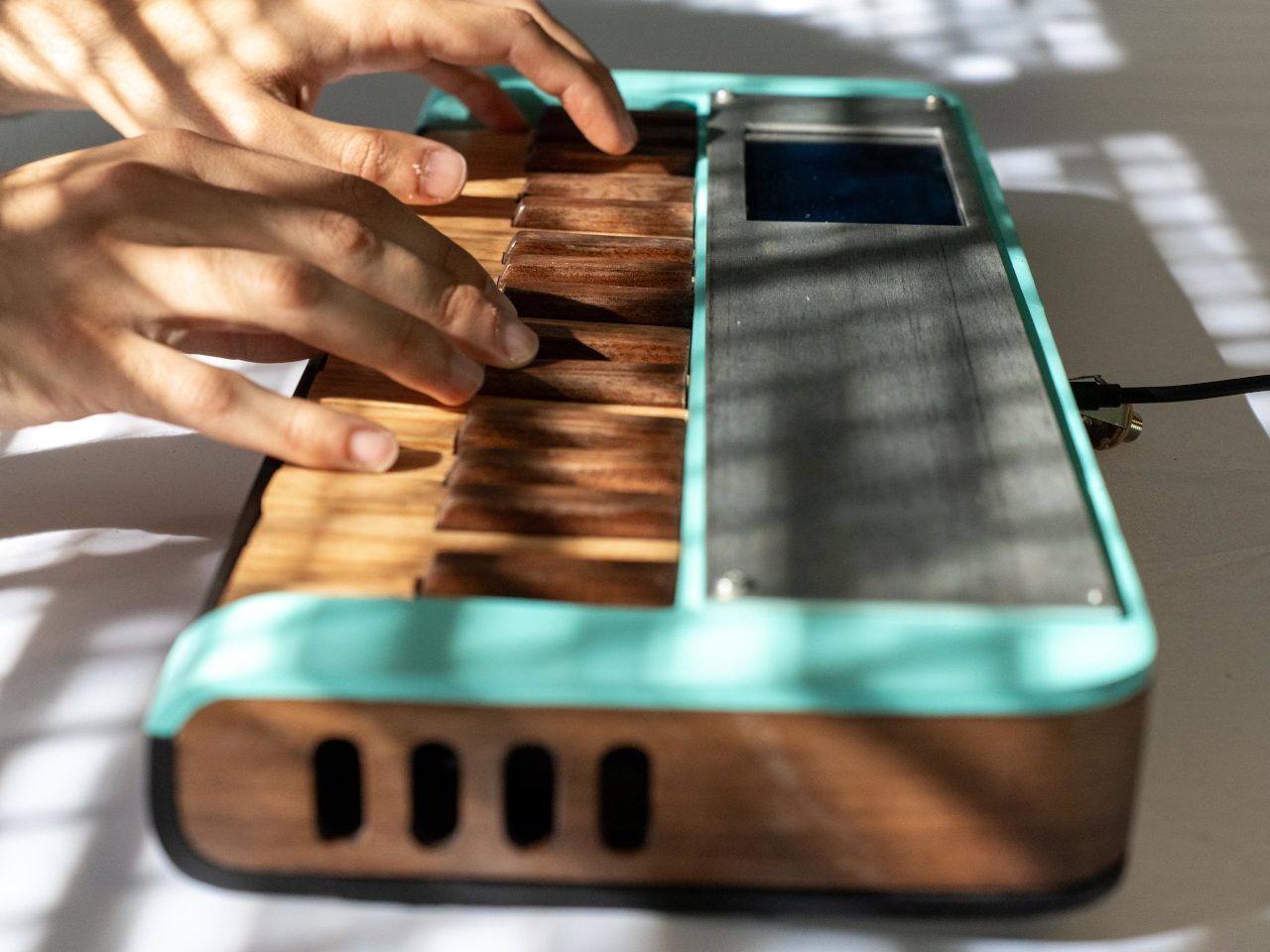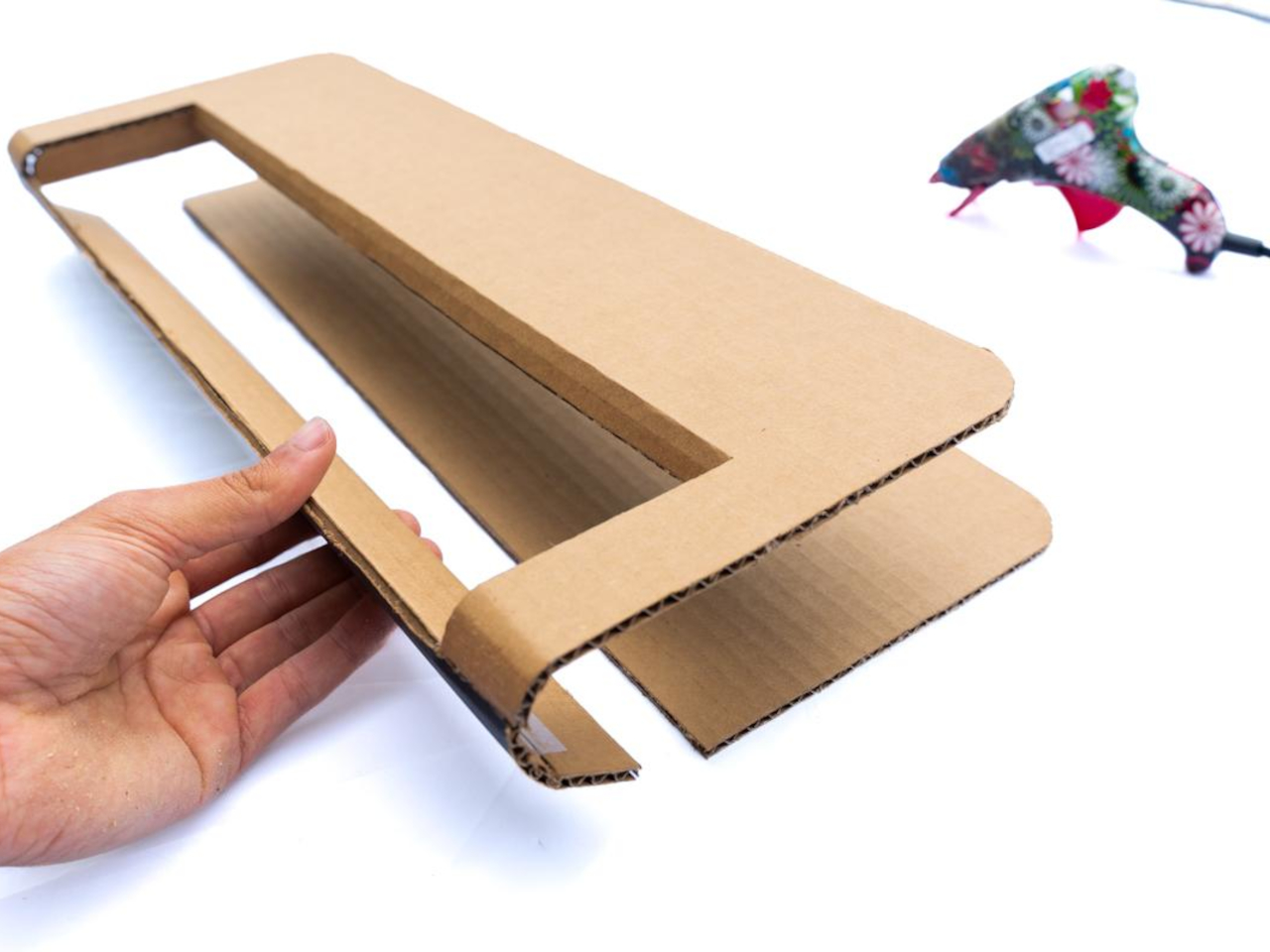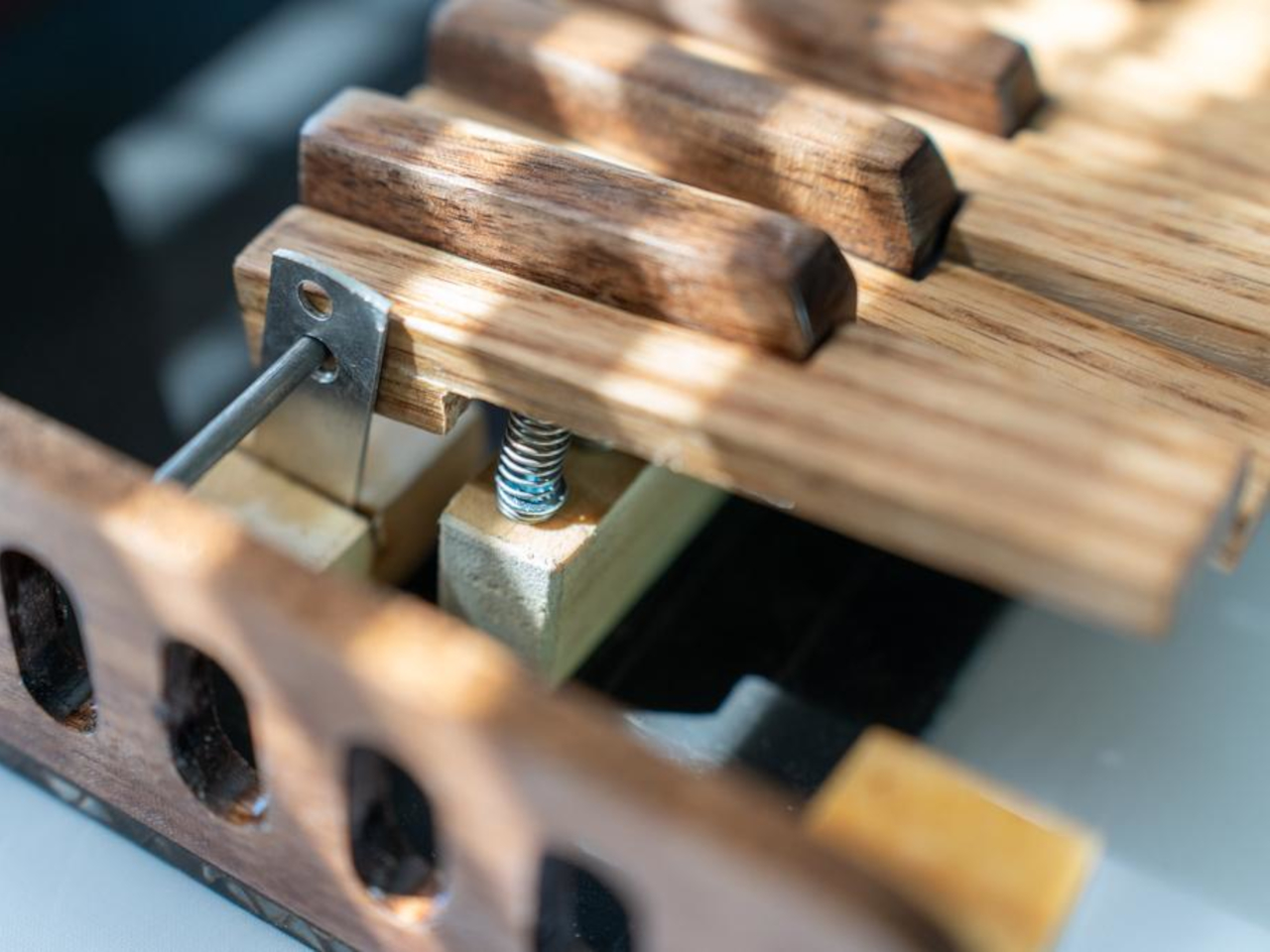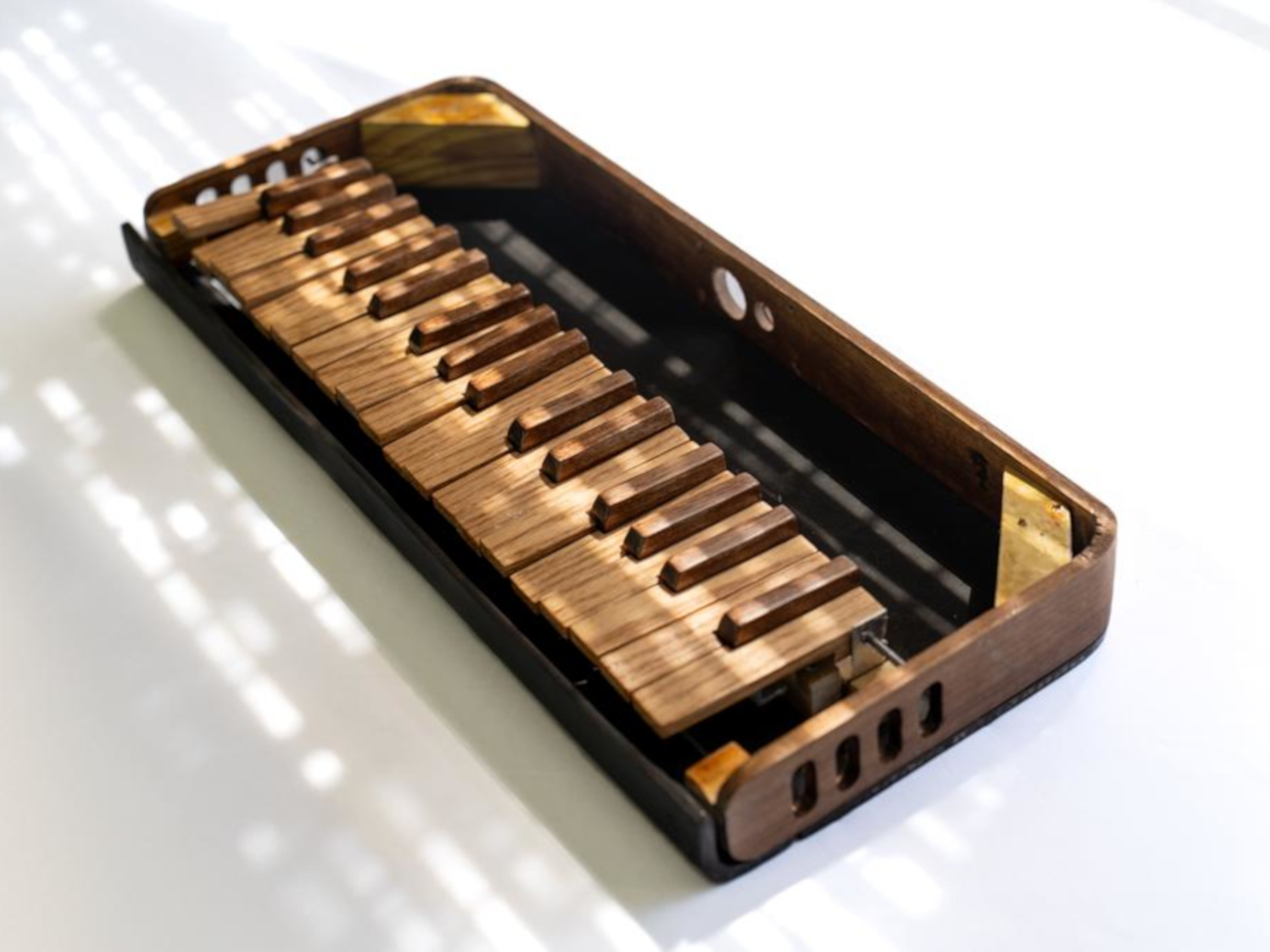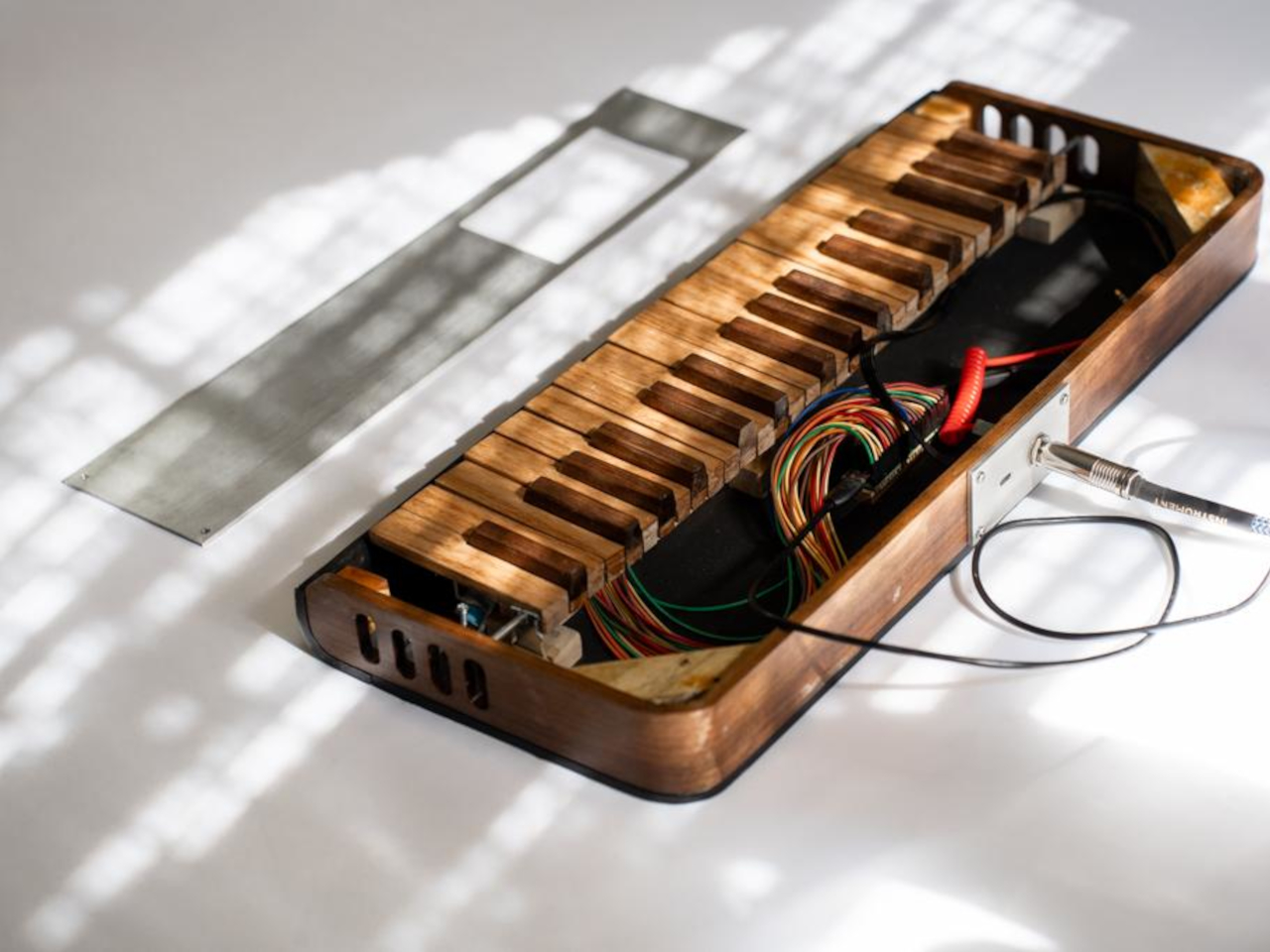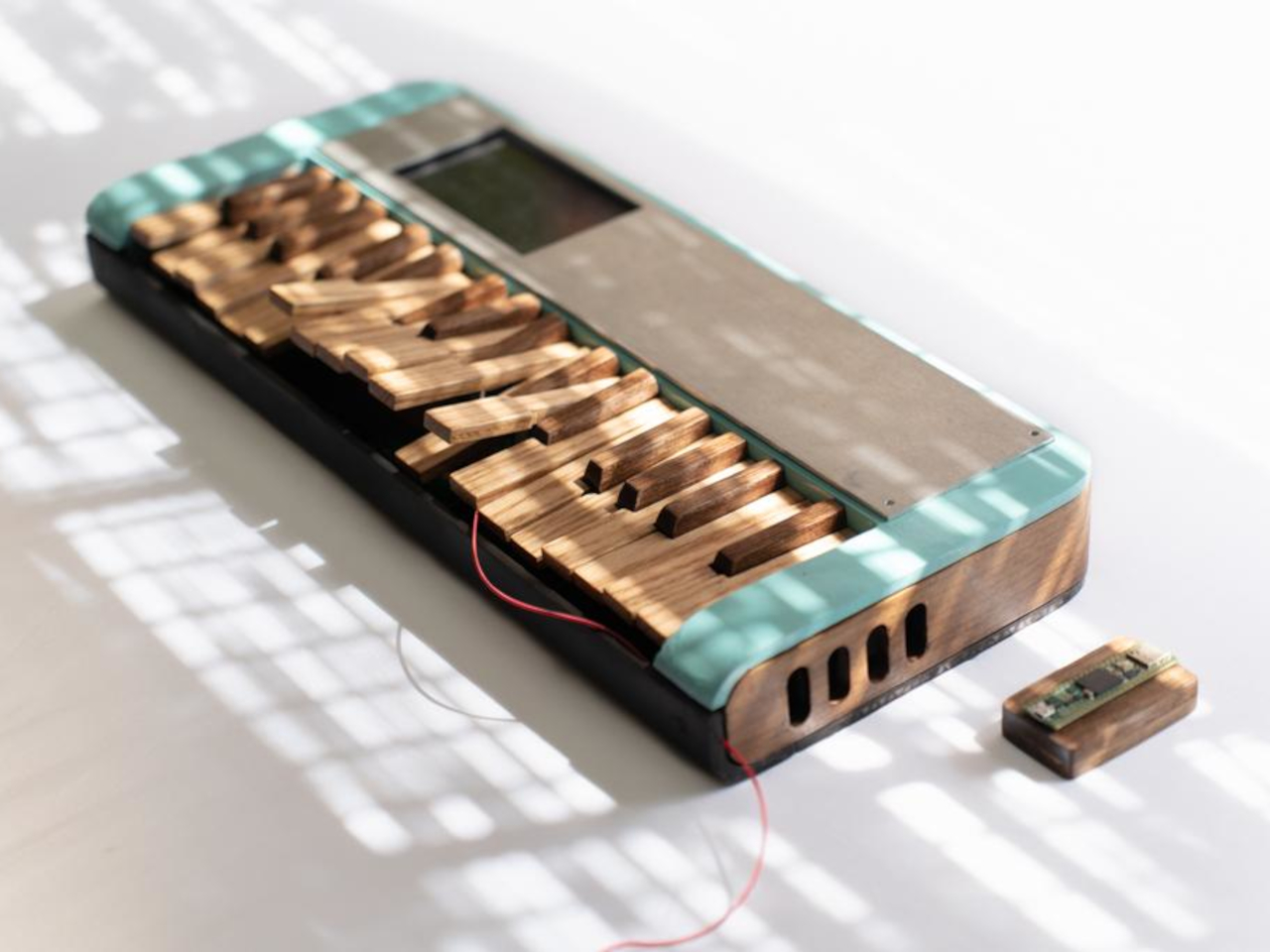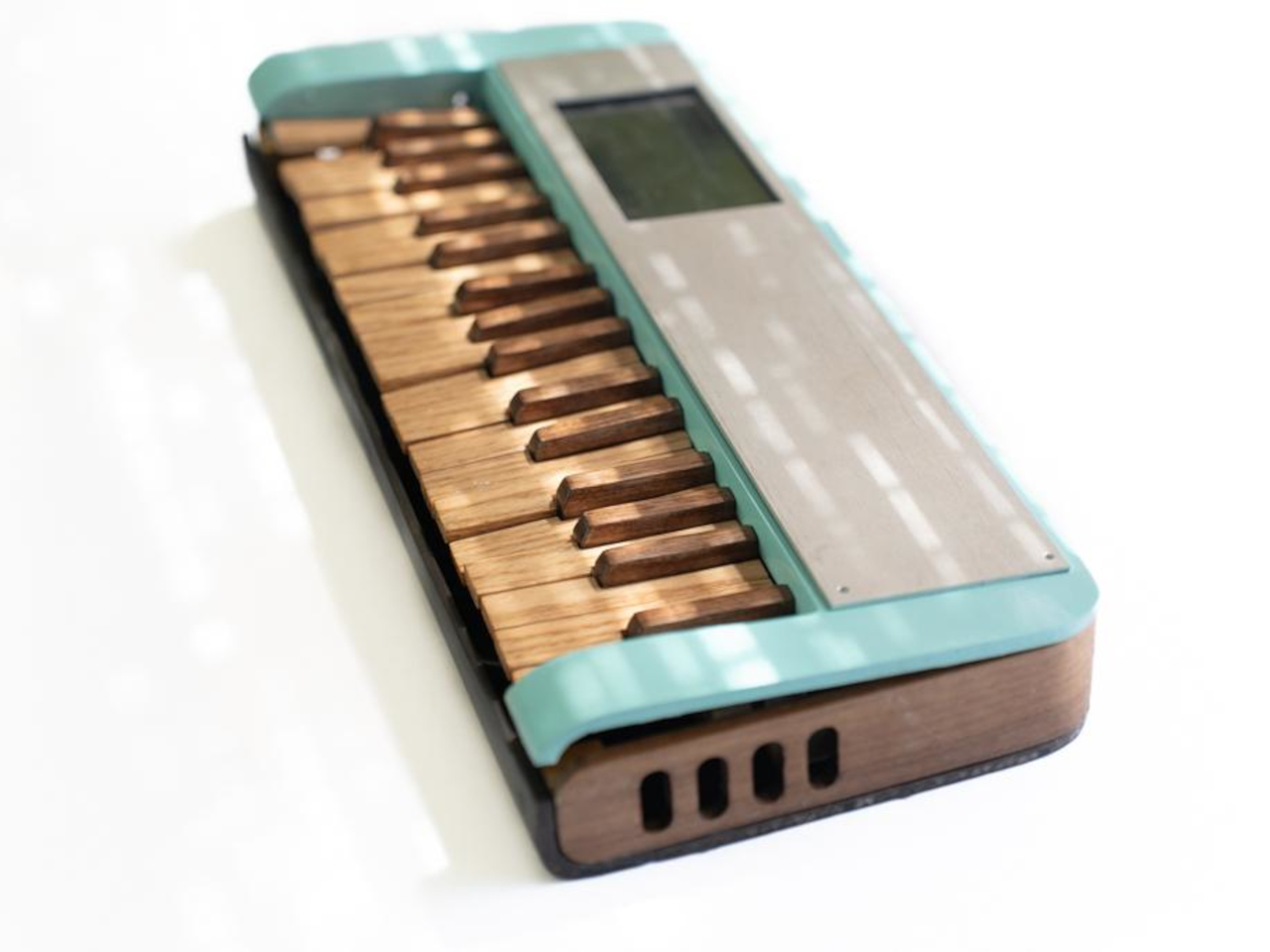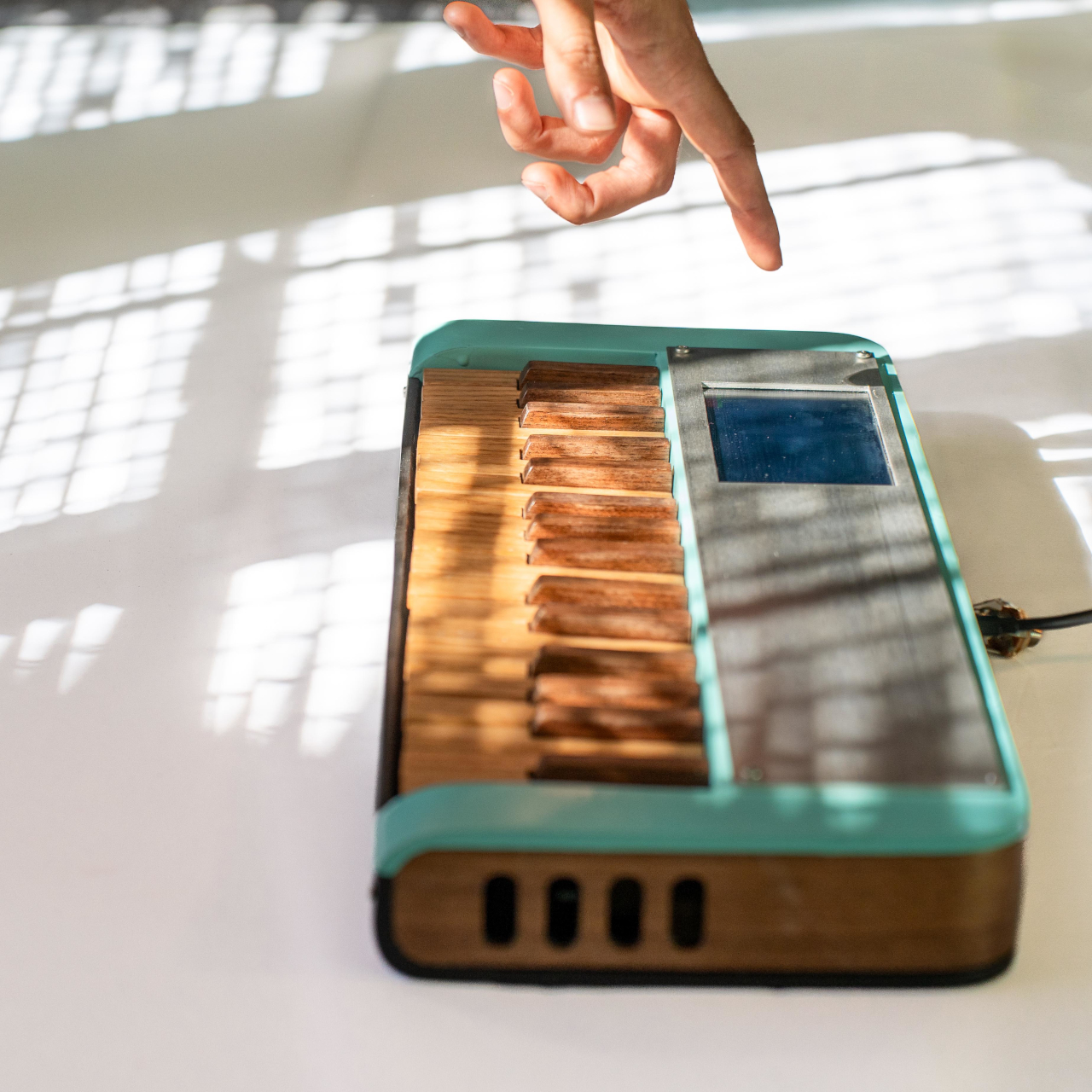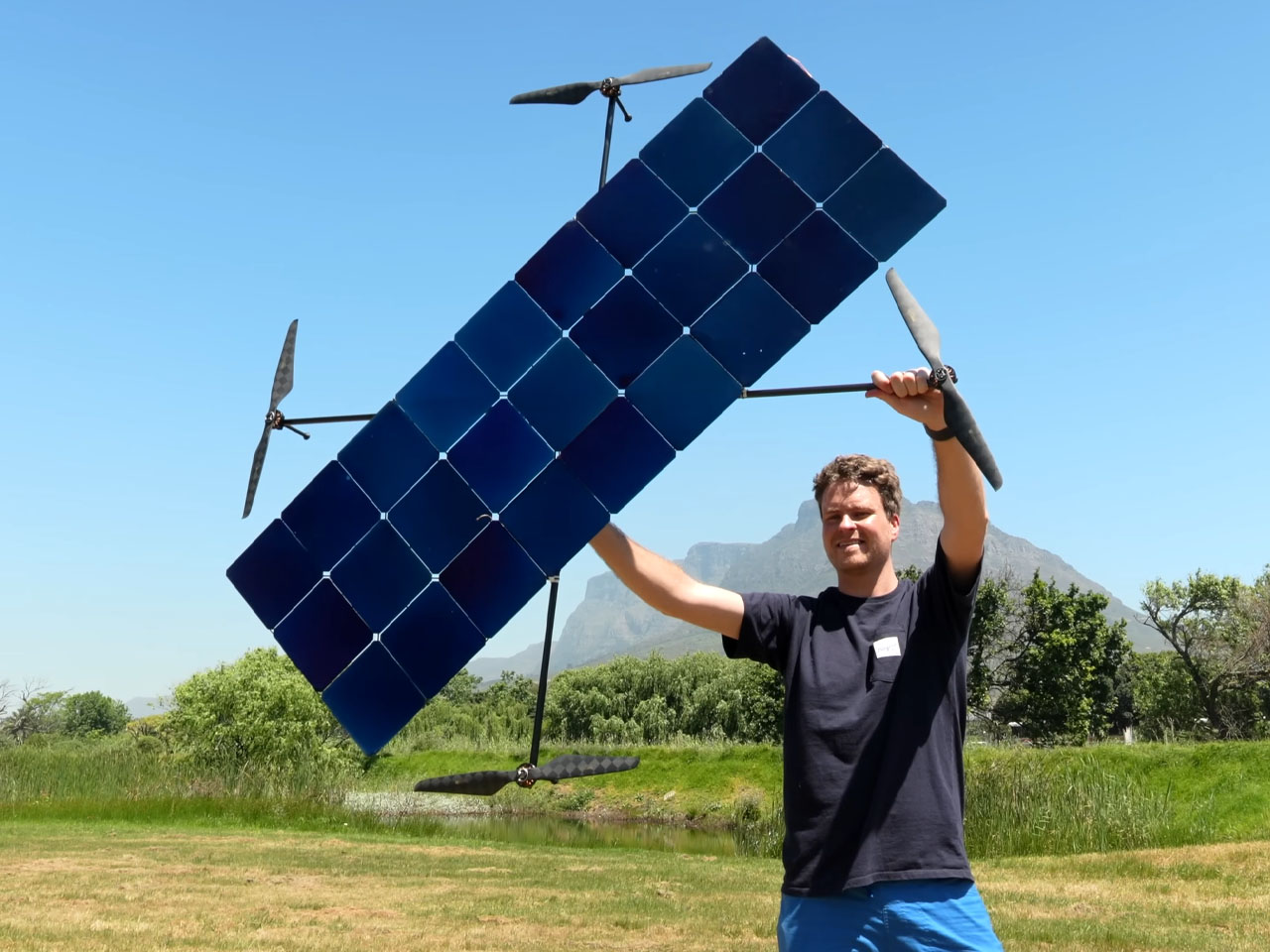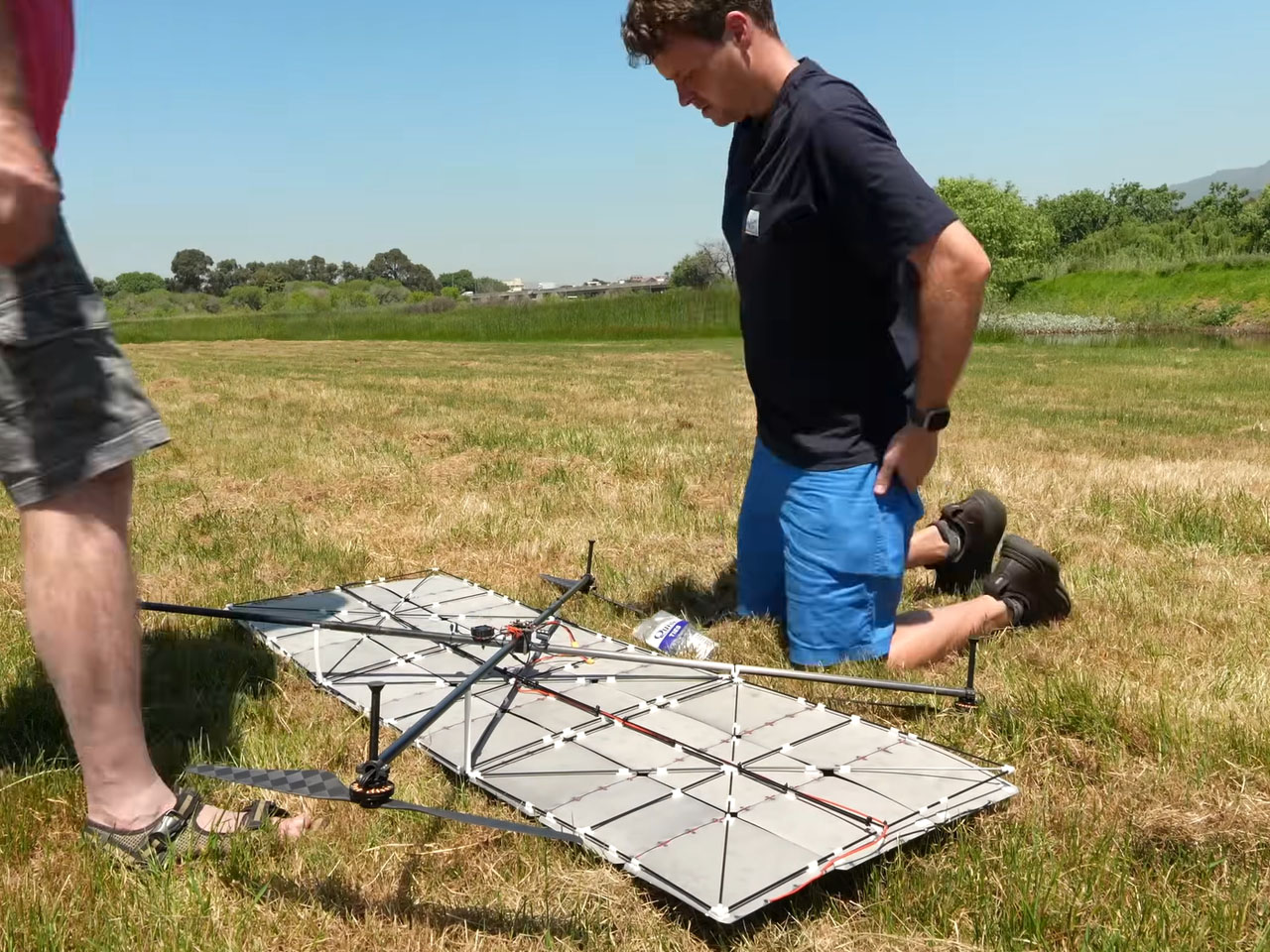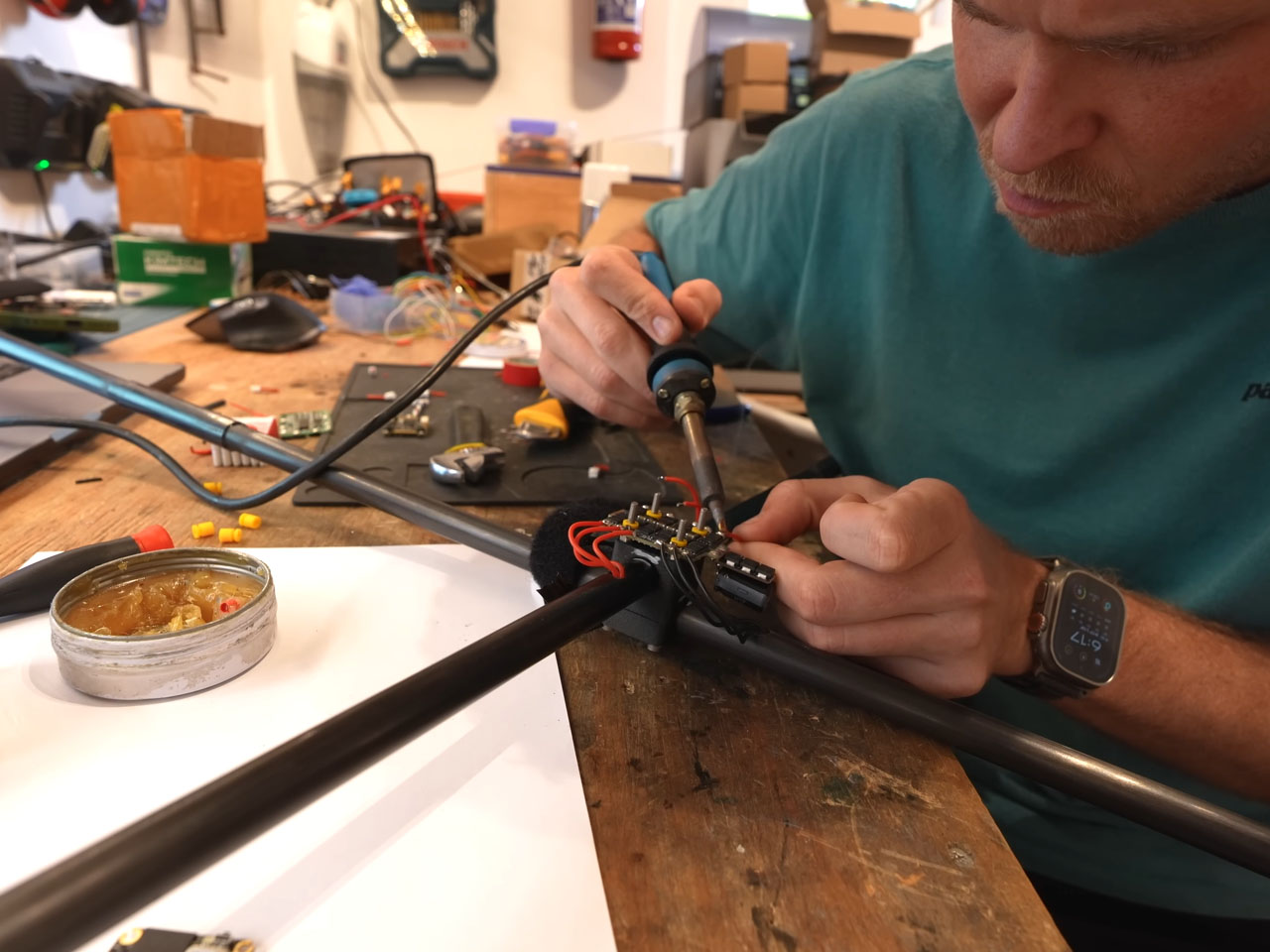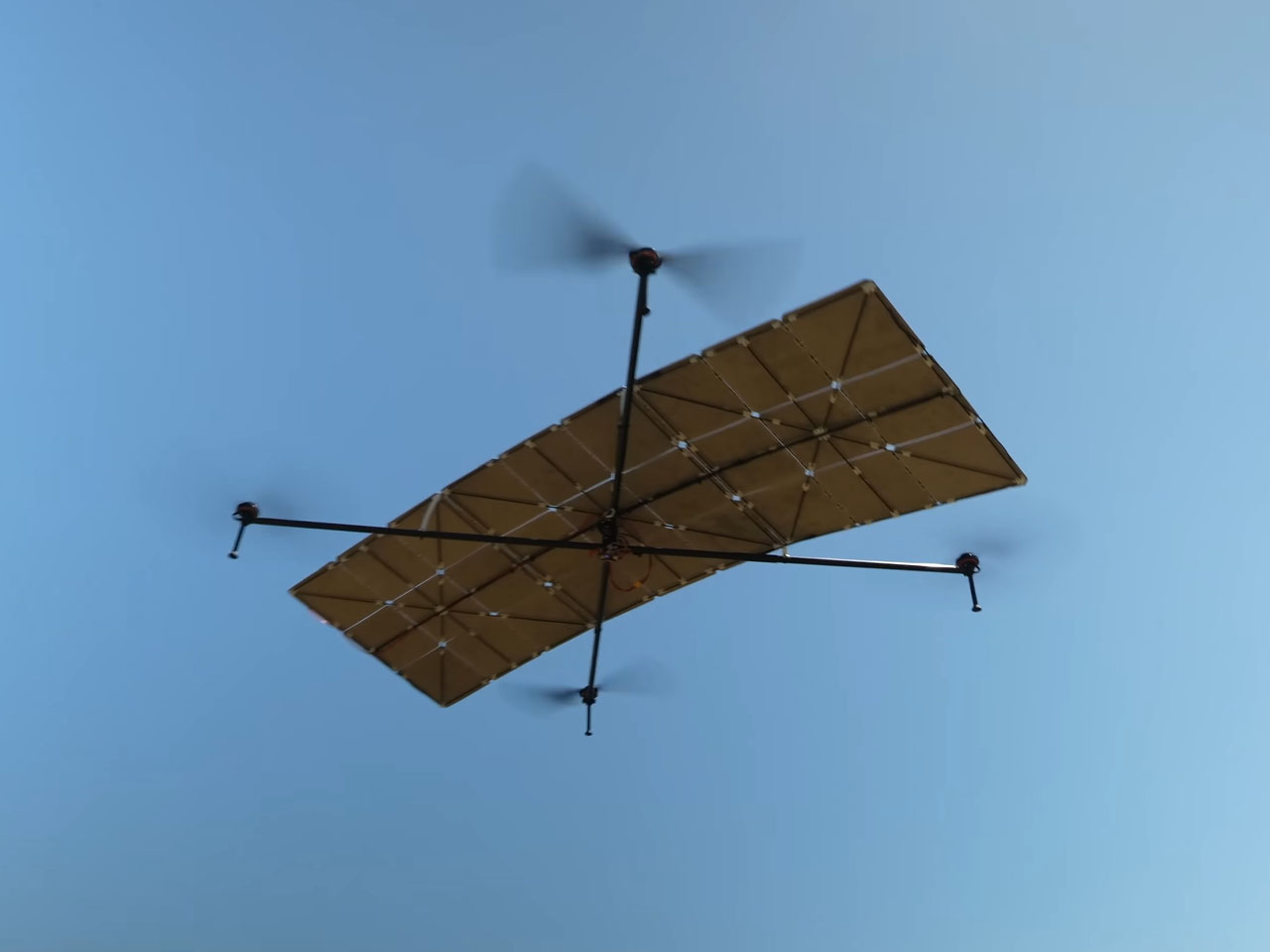This Lo-Fi Cassette Machine feels like something pulled straight from an alternate timeline—one where streaming never erased the tactile magic of analog media. It takes the quiet charm of a vintage cassette deck, stretches the tape into a kinetic sculpture, and fuses it with modern Bluetooth convenience to create an experience that’s as visual as it is sonic. The moment you see the exposed tape gliding across acrylic panels and the fluorescent VU tube pulsing to the beat, the build instantly recalls the nostalgic futurism that makes retro tech so irresistibly alive.
At its core, this DIY creation is more than a typical Bluetooth speaker. Julius Curt engineered a fully analog tape loop recorder and player with Bluetooth input, custom electronics, and a striking stainless-steel enclosure. Instead of playing streamed music directly, the device first records the Bluetooth audio onto a continuous loop of magnetic tape. The tape then travels through the playback mechanism before delivering sound through an integrated amplifier and speaker. This process infuses the music with the warm saturation, gentle hiss, and subtle pitch fluctuations that define lo-fi tape character, giving familiar digital tracks a tangible, analog soul.
Designer: Julius Makes
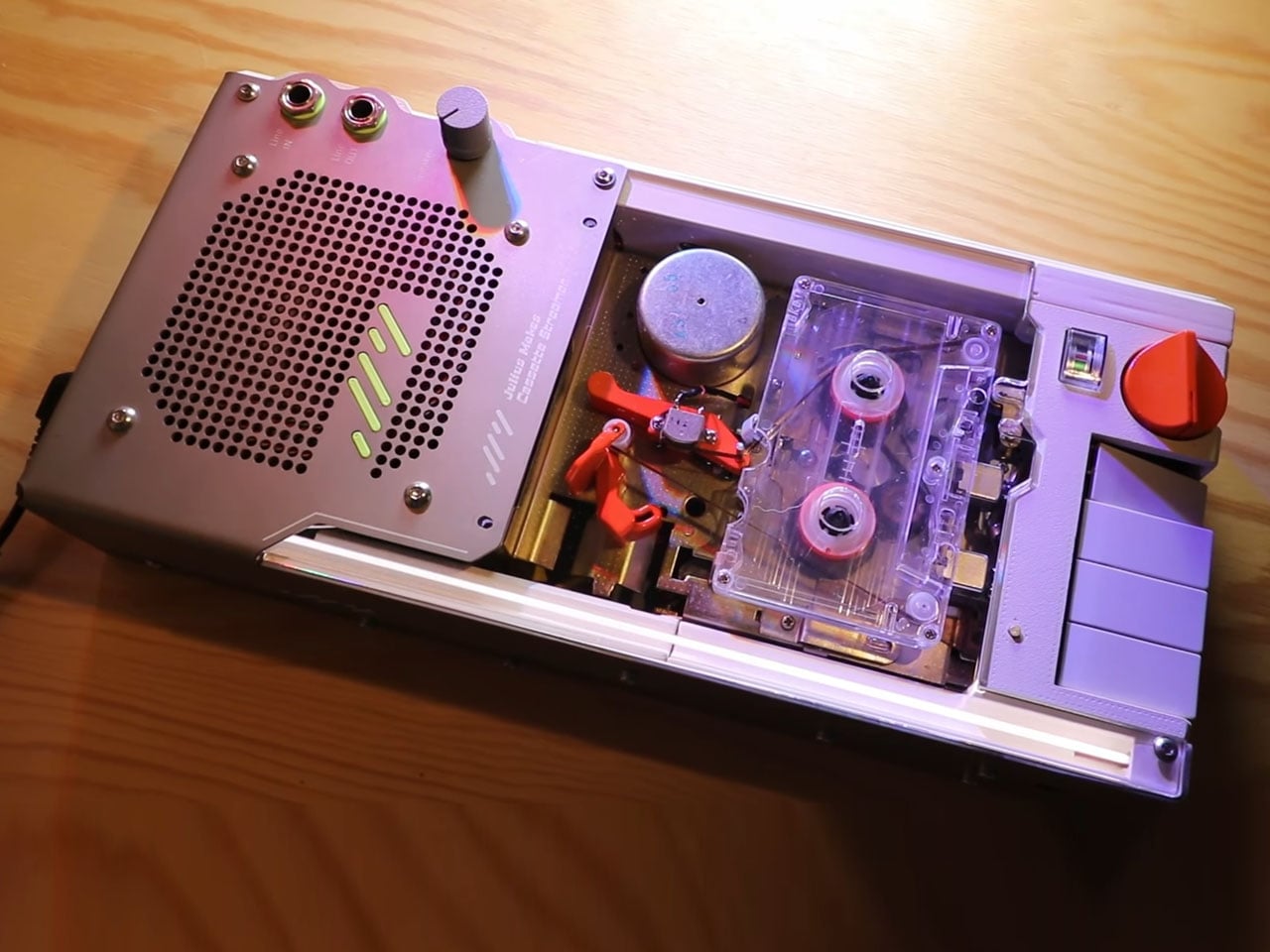
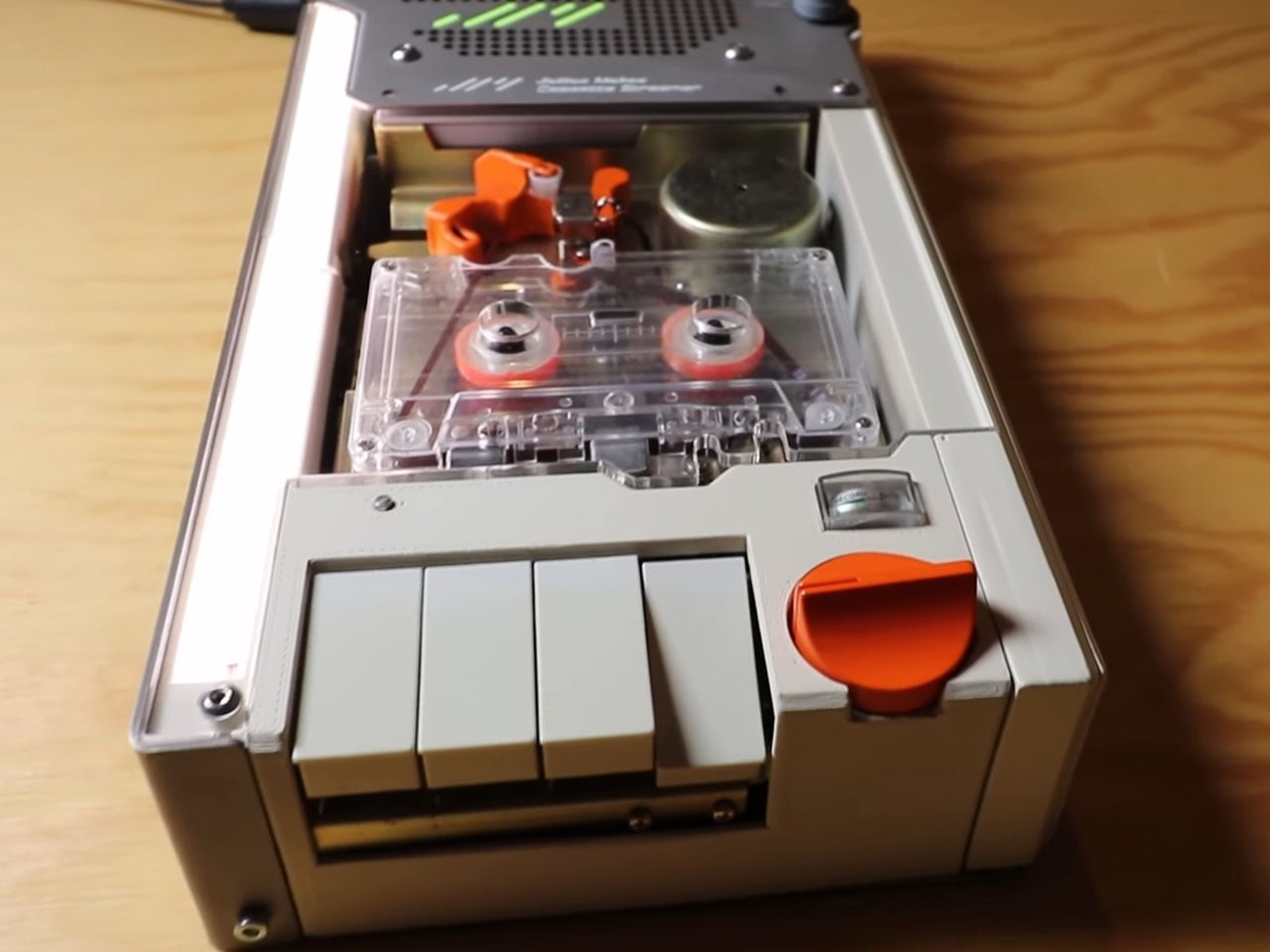
Magnetic tape formats, such as compact cassettes, once dominated personal audio, prized for their portability and DIY spirit. They faded from mainstream use as digital formats and streaming services rose to prominence. Yet, they have maintained a cult resurgence among audiophiles and makers who appreciate their physicality and imperfections. Curt’s project taps into this resurgence by exposing every moving part, turning what is usually hidden into the centerpiece of the experience.
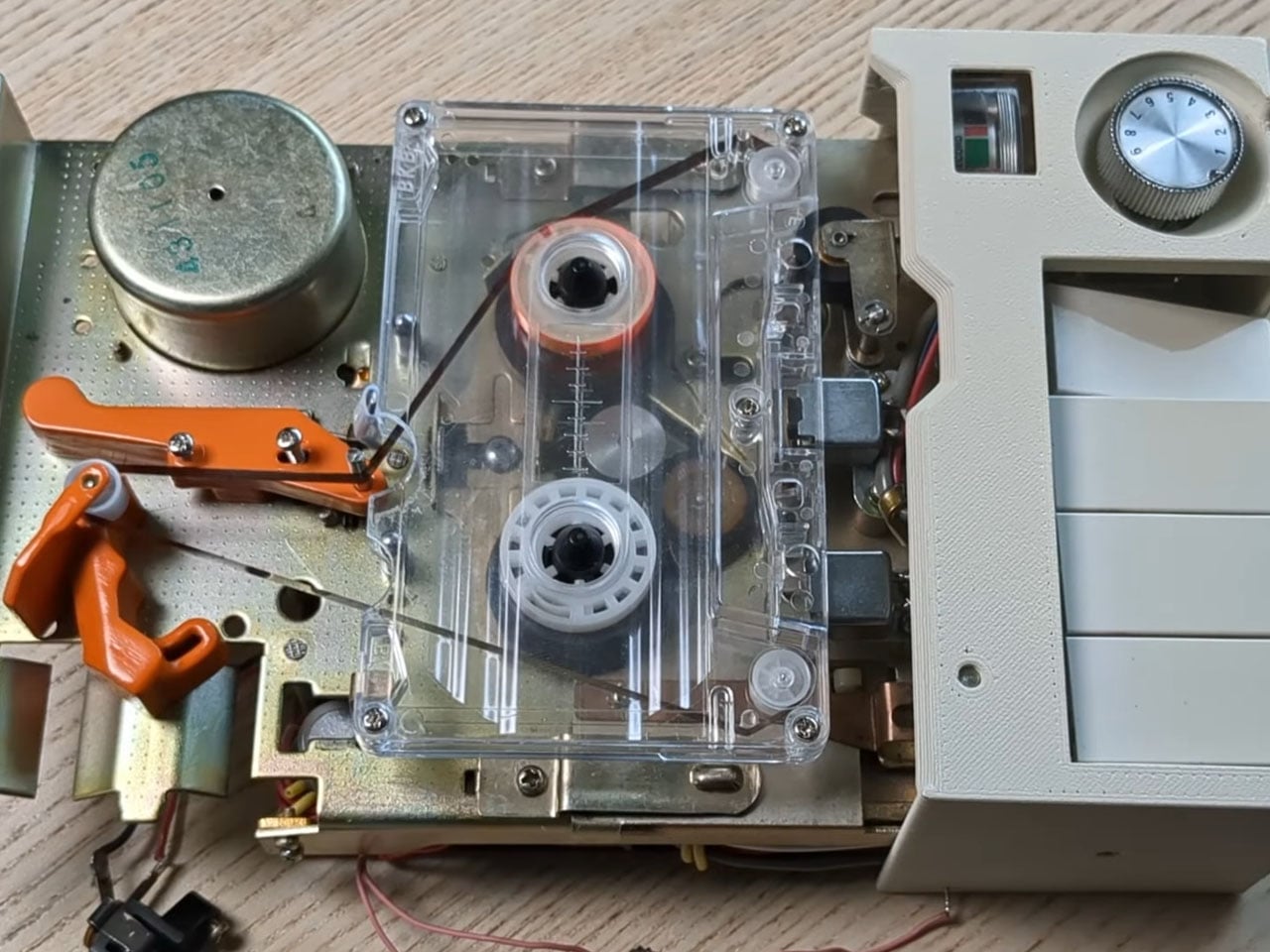
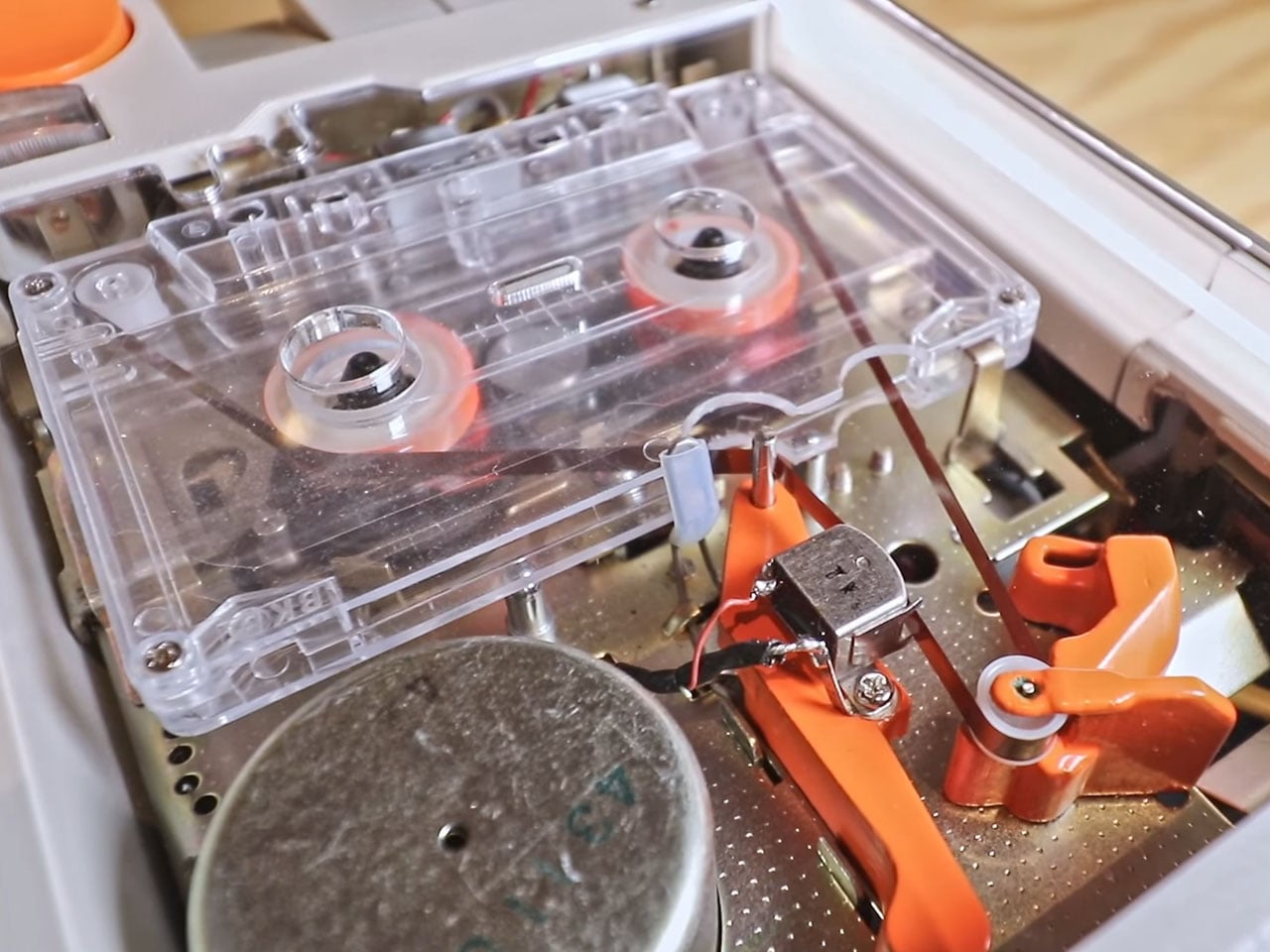
The construction blends salvaged and custom components. An old cassette deck forms the foundation, but it is repurposed to drive a looped tape rather than a standard cassette reel system. Custom printed circuit boards designed in KiCad house the Bluetooth module, analog op-amps, and a TDA2030 amplifier, while a reclaimed cold-cathode fluorescent lamp serves as an analog VU meter that visually dances with the audio signal. The housing combines laser-cut acrylic, 3D-printed elements, and sheet-metal work, reflecting a high degree of craftsmanship.
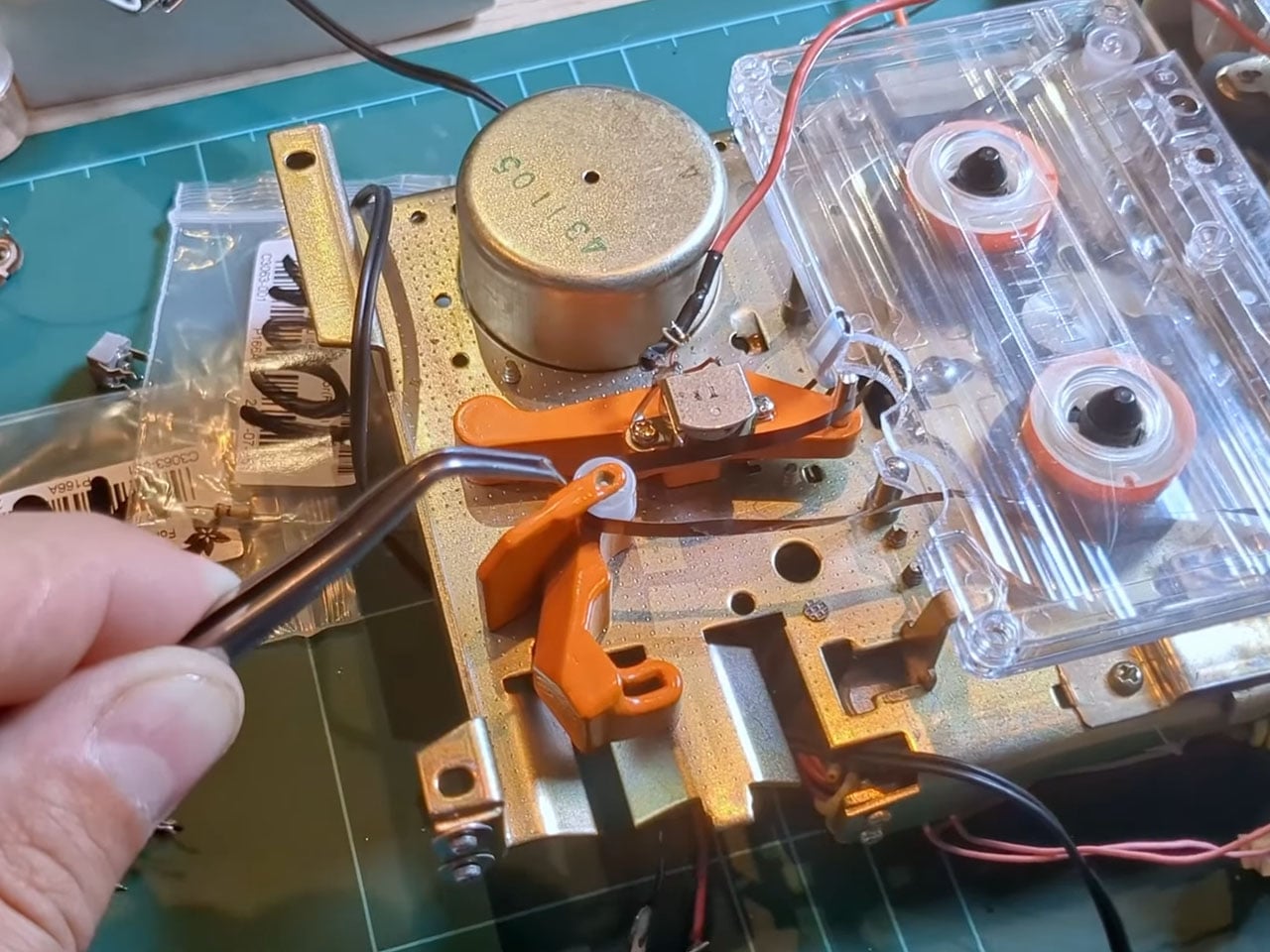
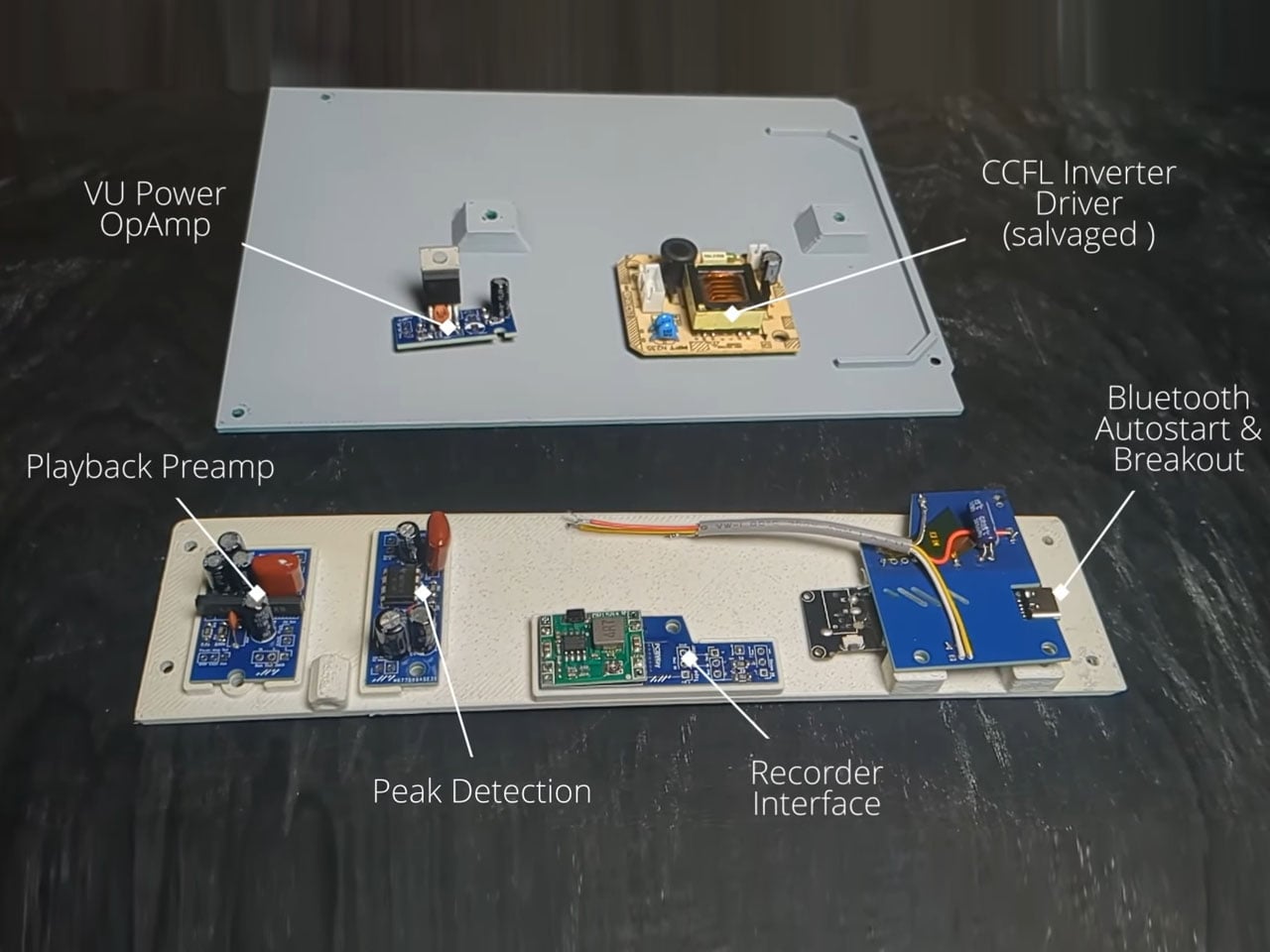

Using the system is simple and engaging. After pairing a Bluetooth device and starting music playback, there is a brief delay—typically around three seconds—while the streamed signal is recorded onto the tape loop and then read back. Once the loop engages, listeners hear their chosen tracks transformed by the analog circuitry and tape path, complete with the characteristic warble and texture that tape enthusiasts seek out.
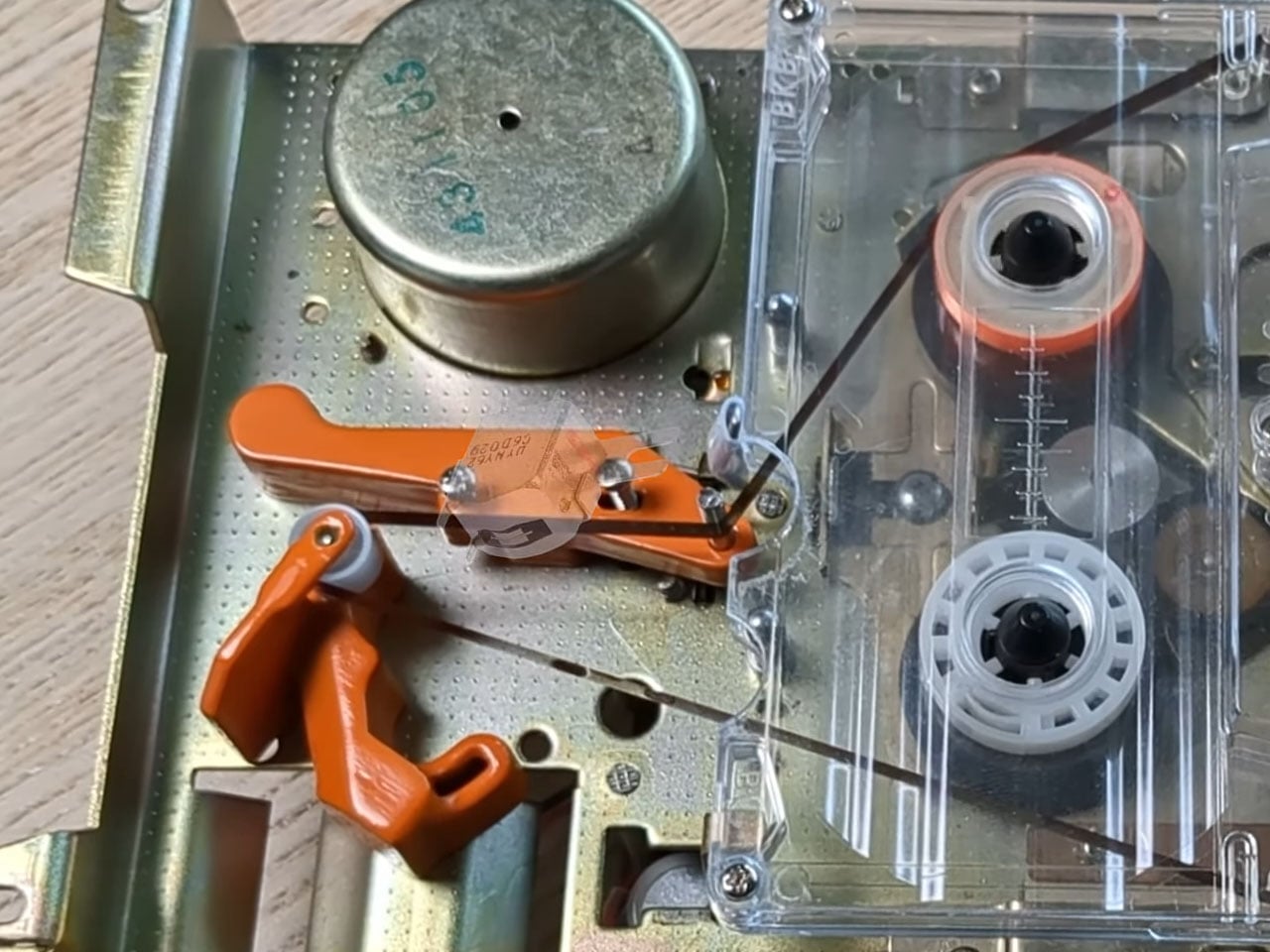
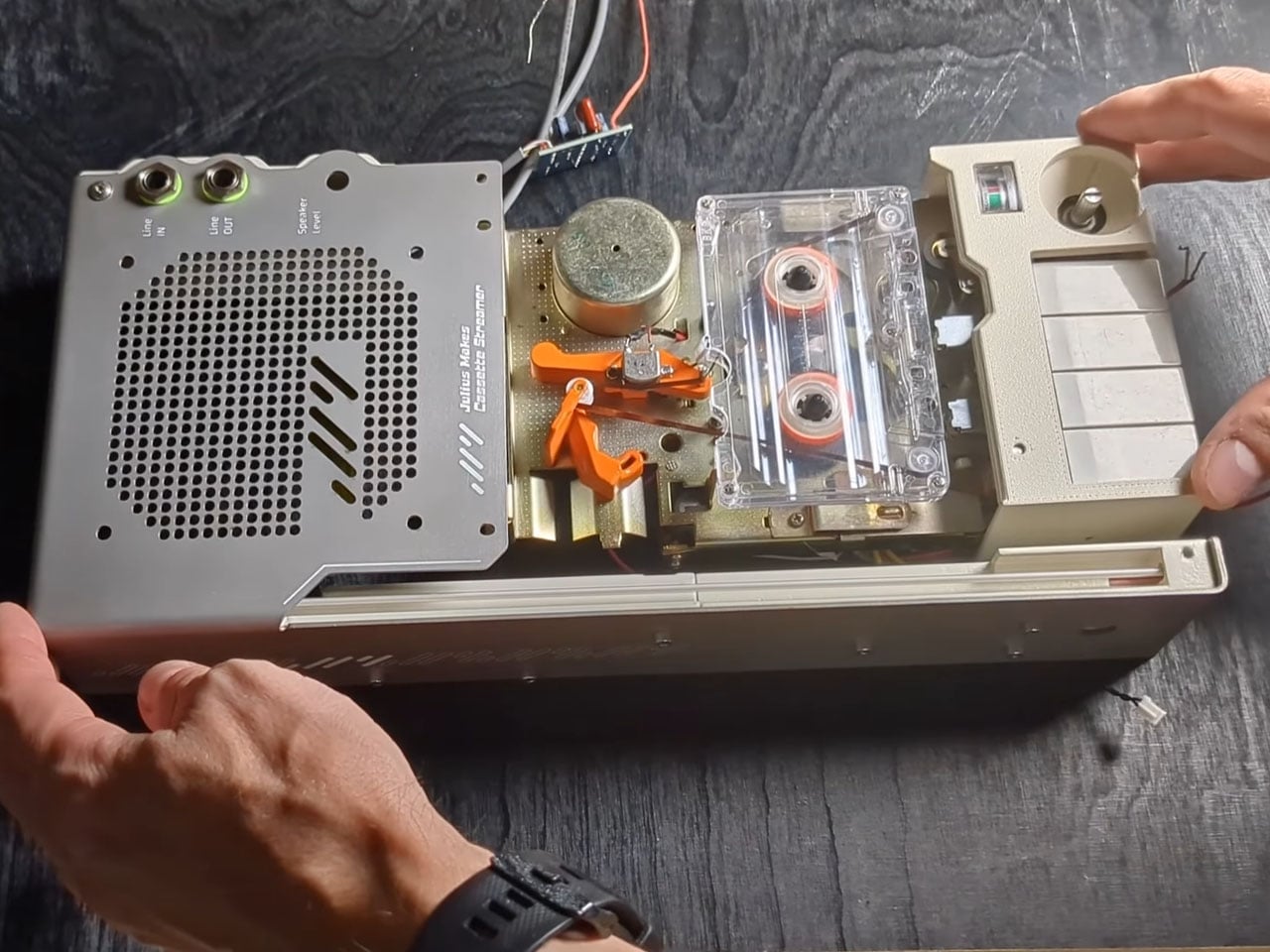
Beyond its technical novelty, the Lo-Fi Cassette Machine invites reflection on how we interact with sound. Modern streaming prioritizes clarity and convenience, often at the expense of emotional engagement with the medium. This one-off creation takes the opposite route with its unique approach, and that’s what I love.
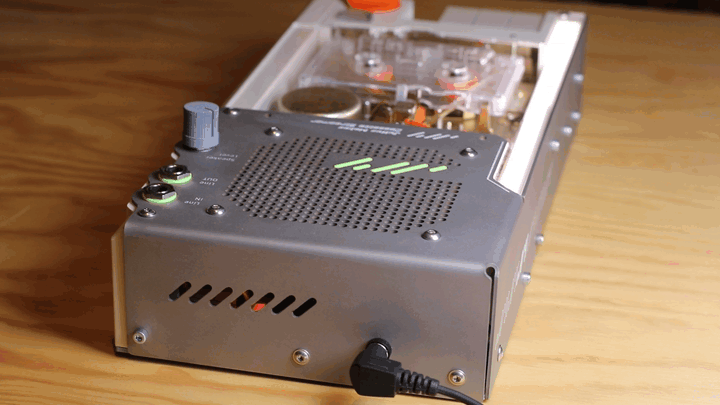
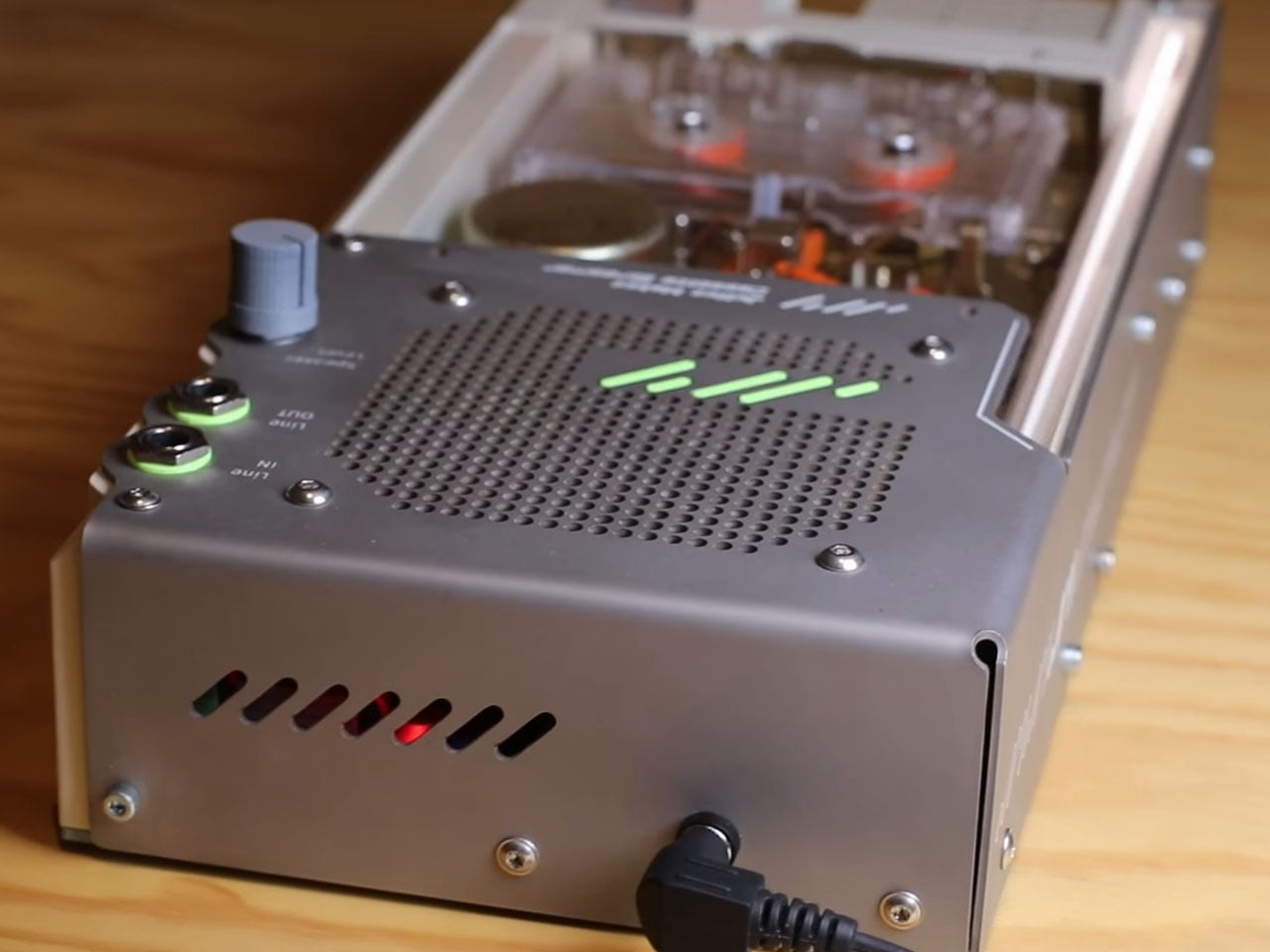
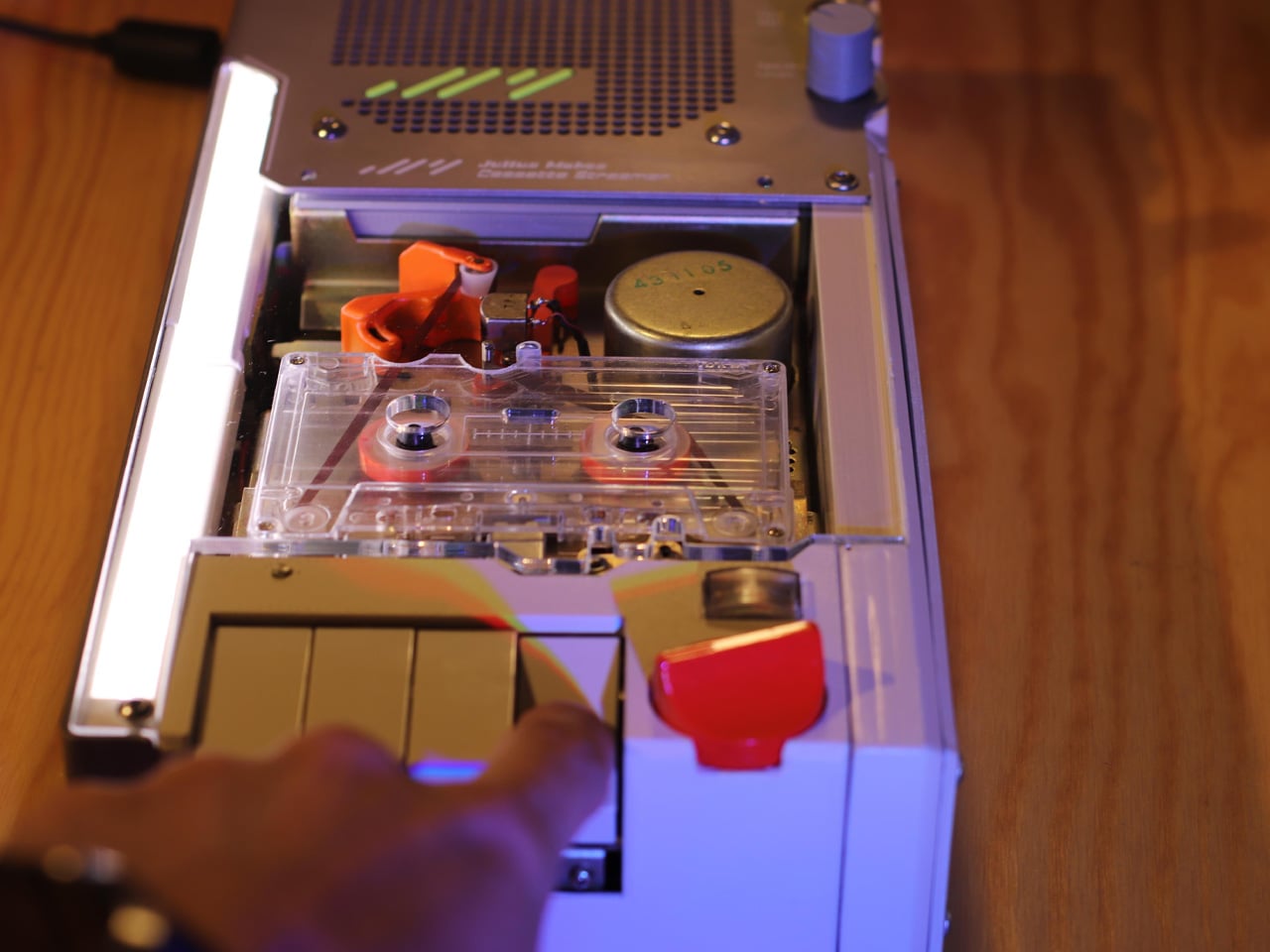
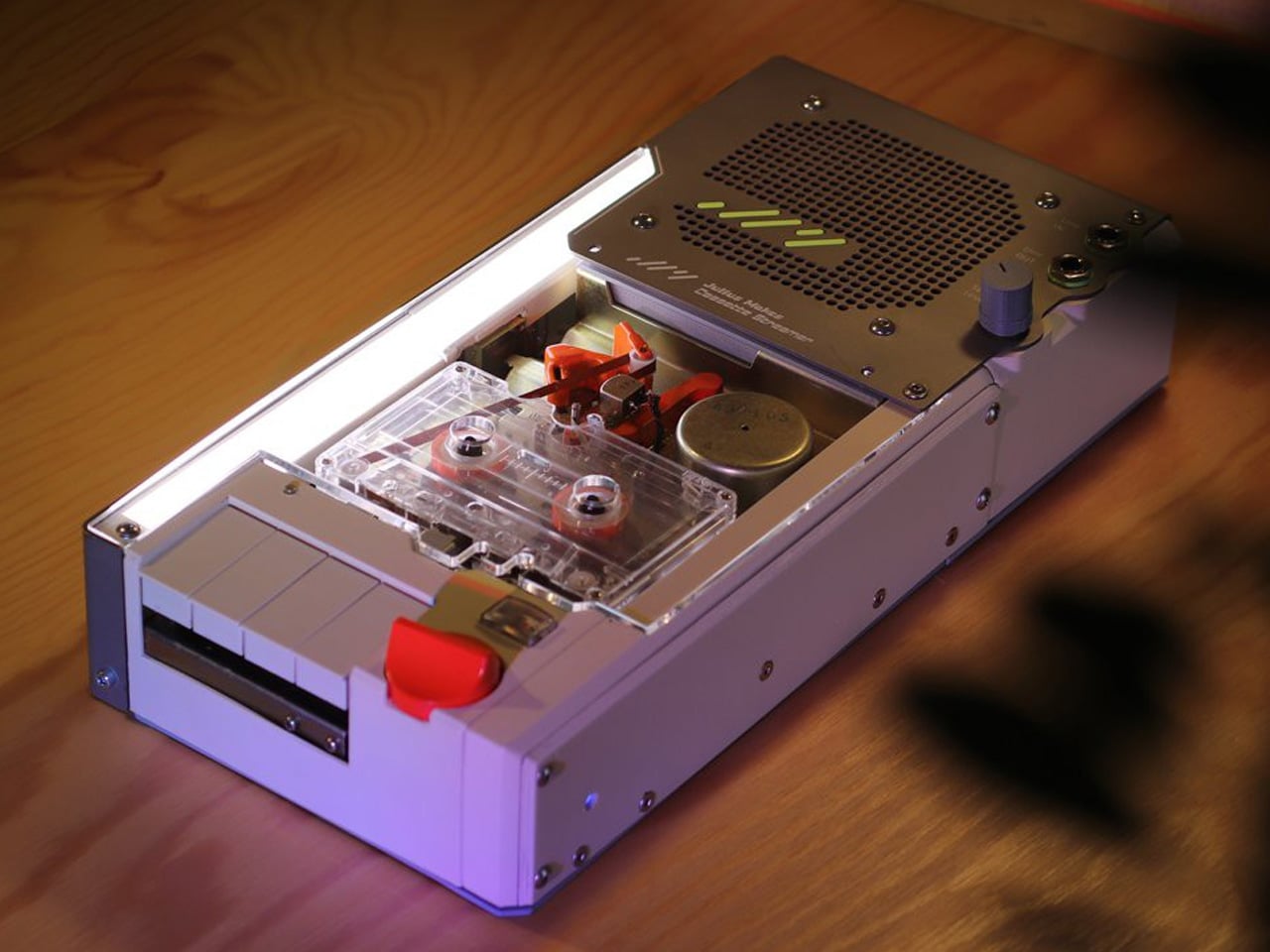
The post DIY Lo-Fi Cassette Machine turns Bluetooth streaming into a living, analog kinetic sculpture first appeared on Yanko Design.
